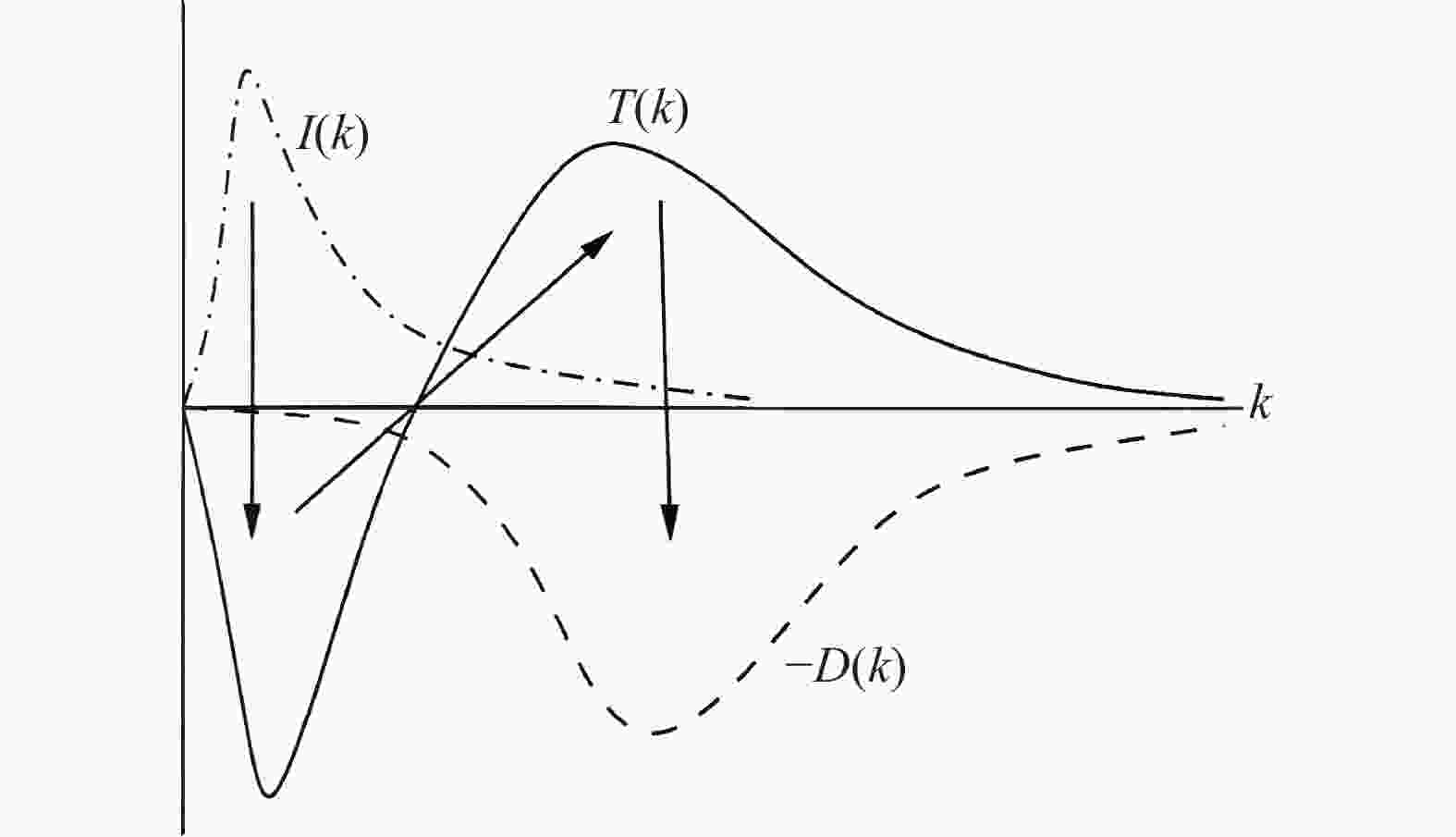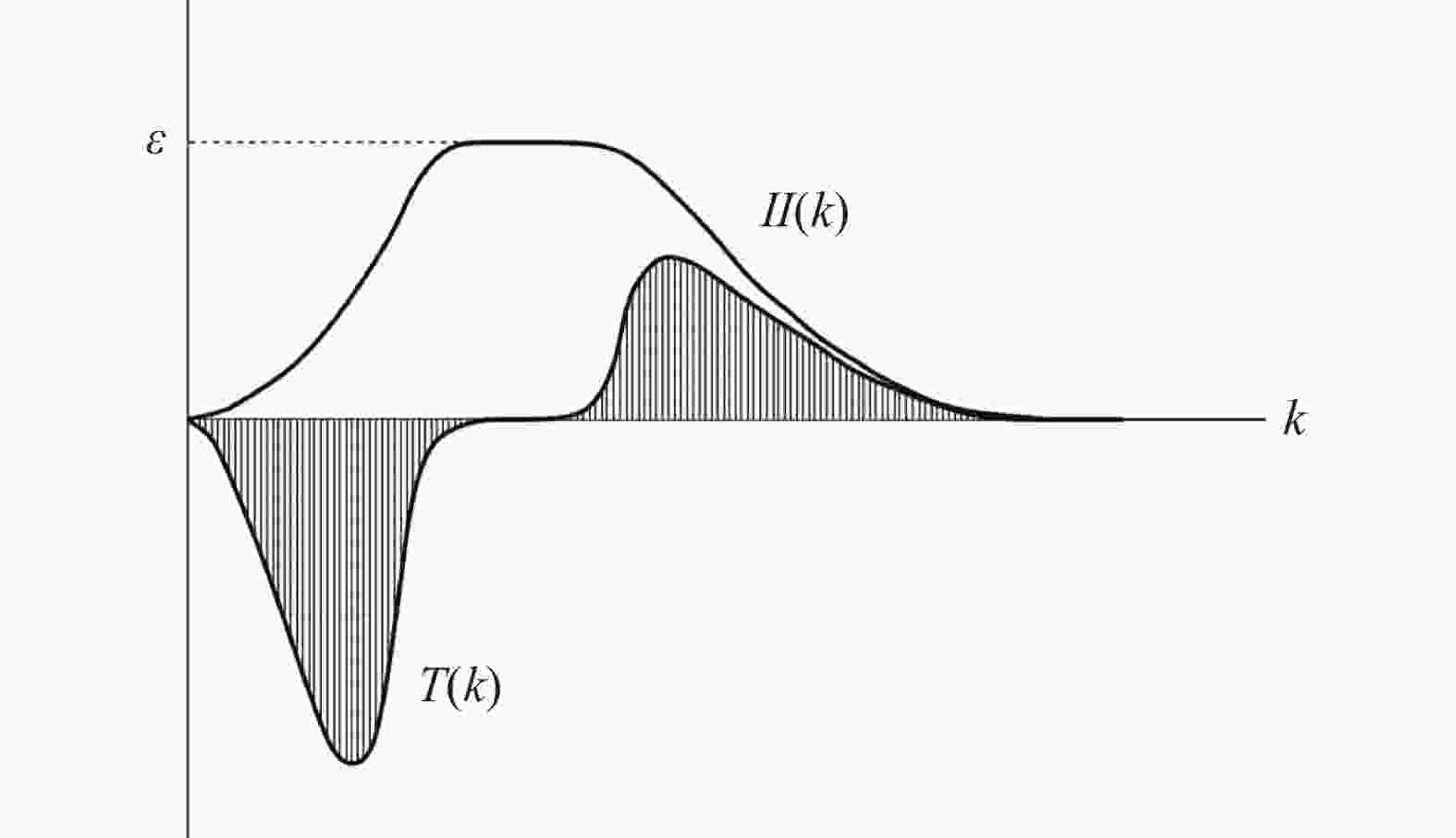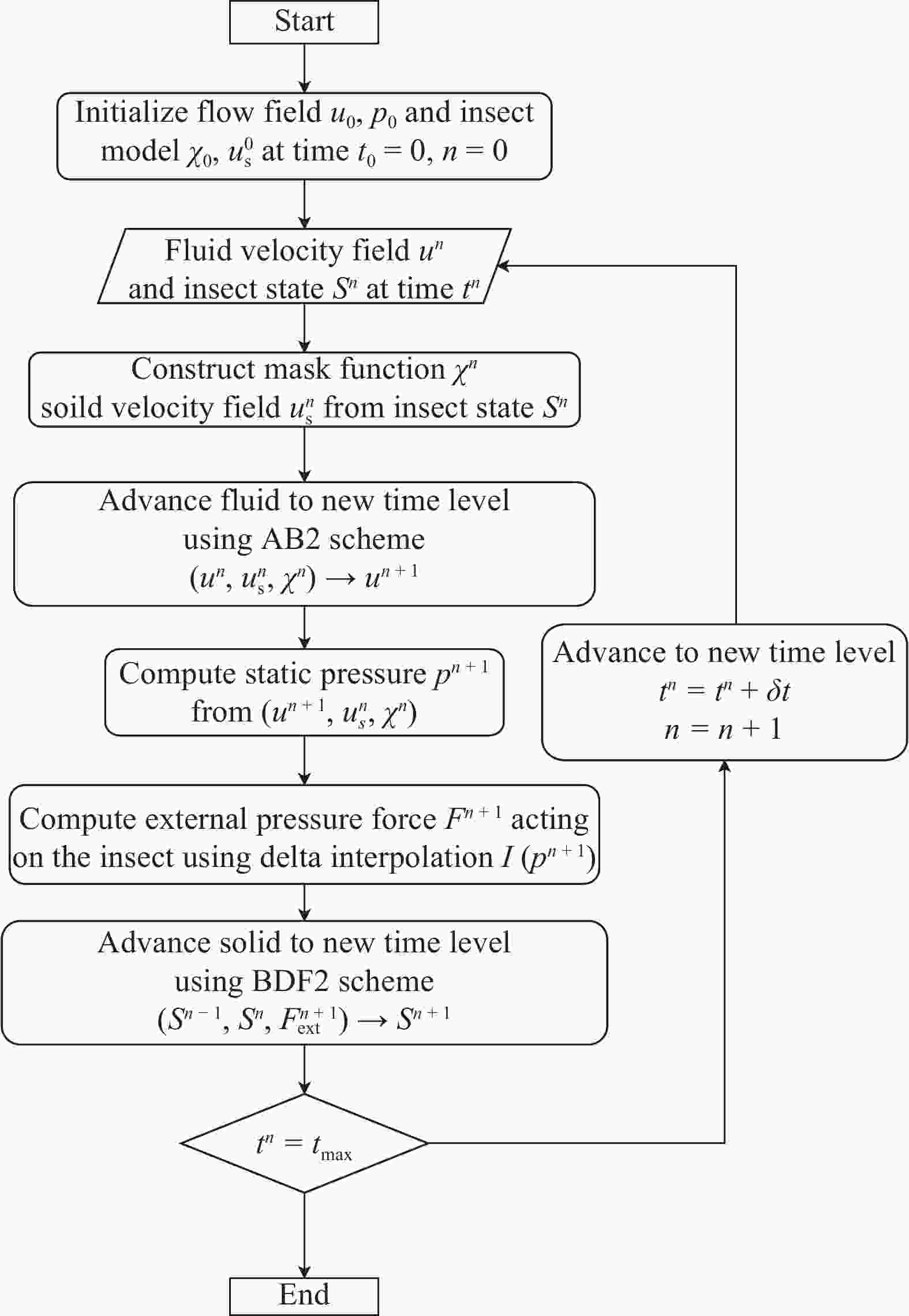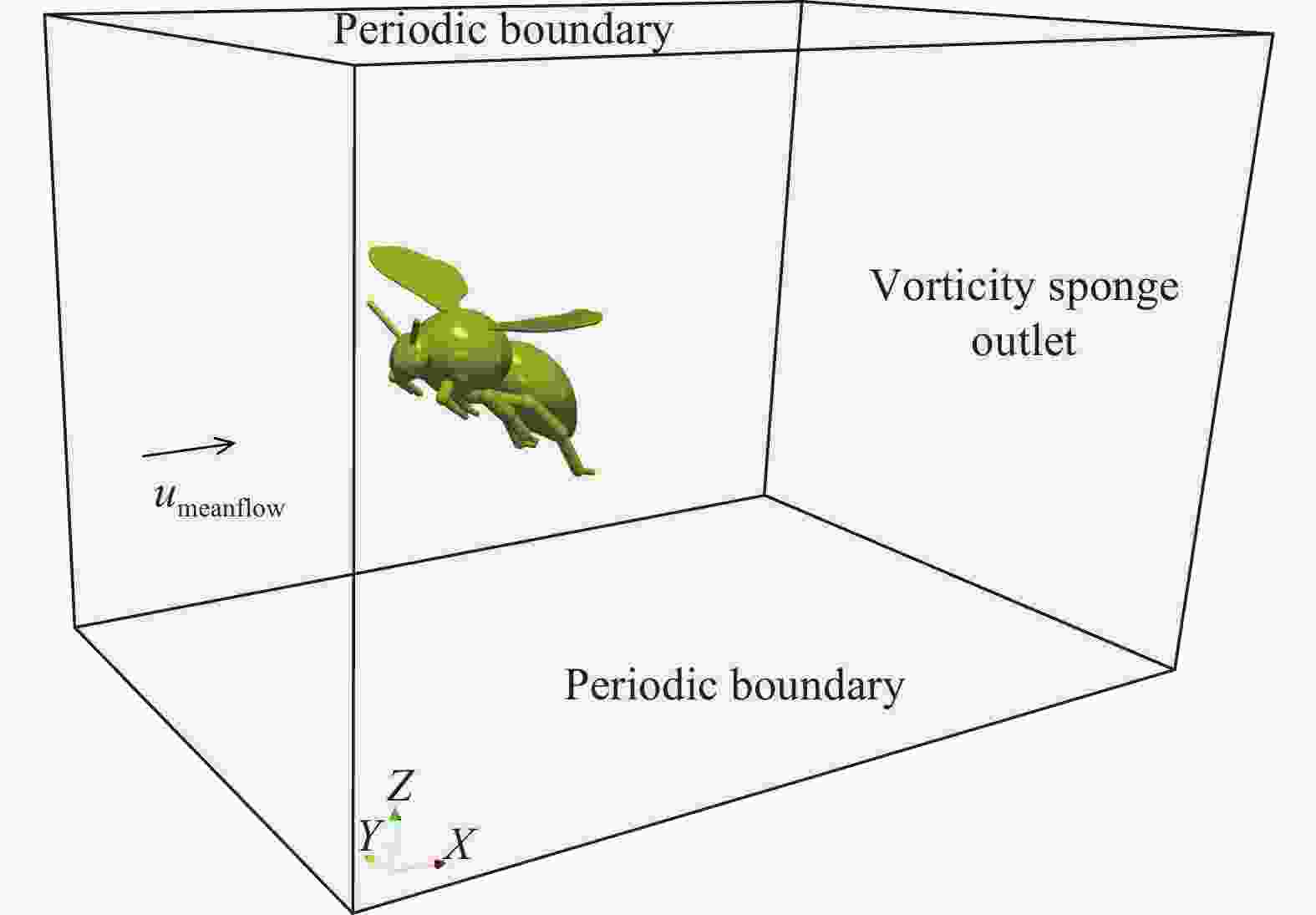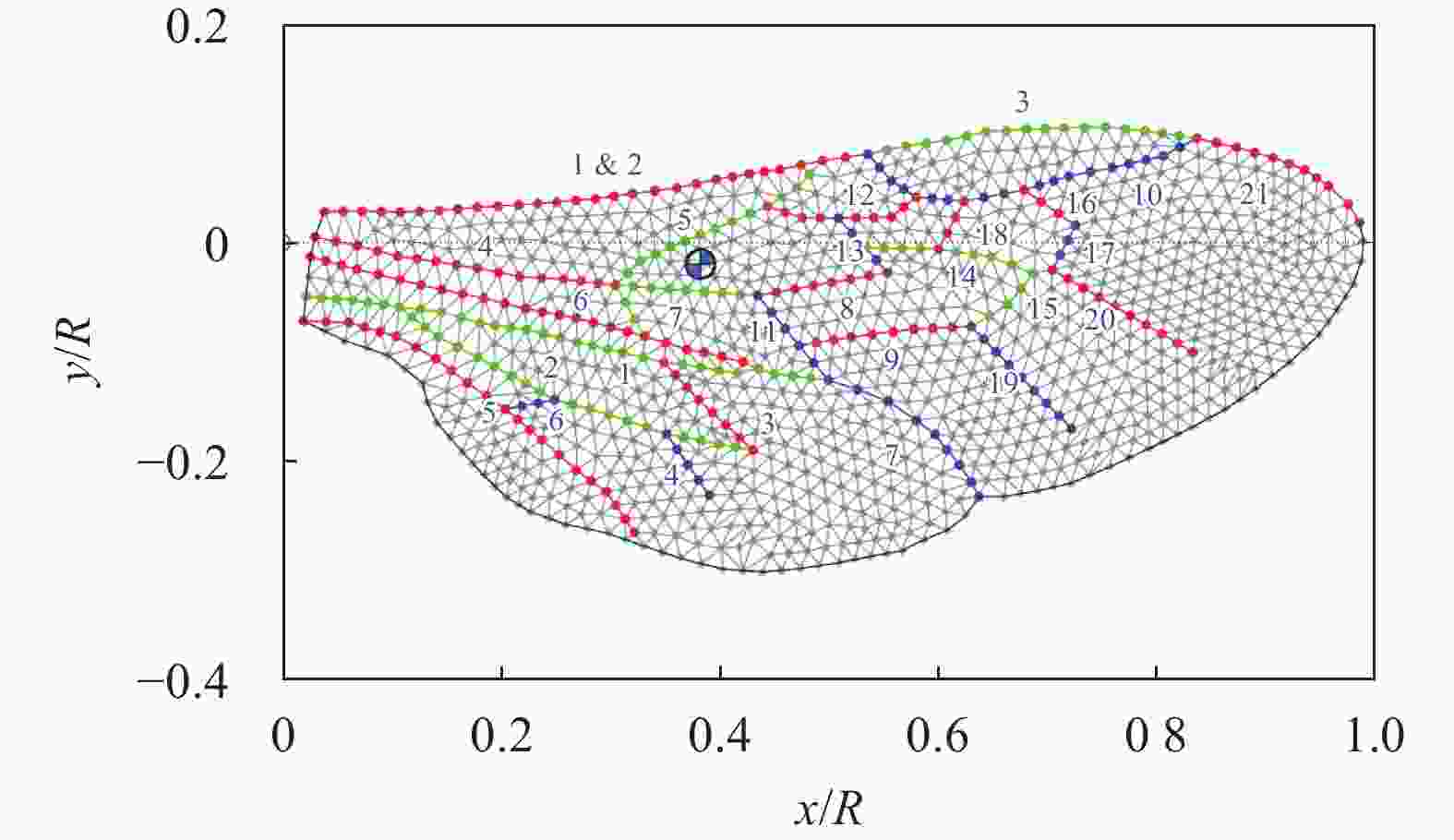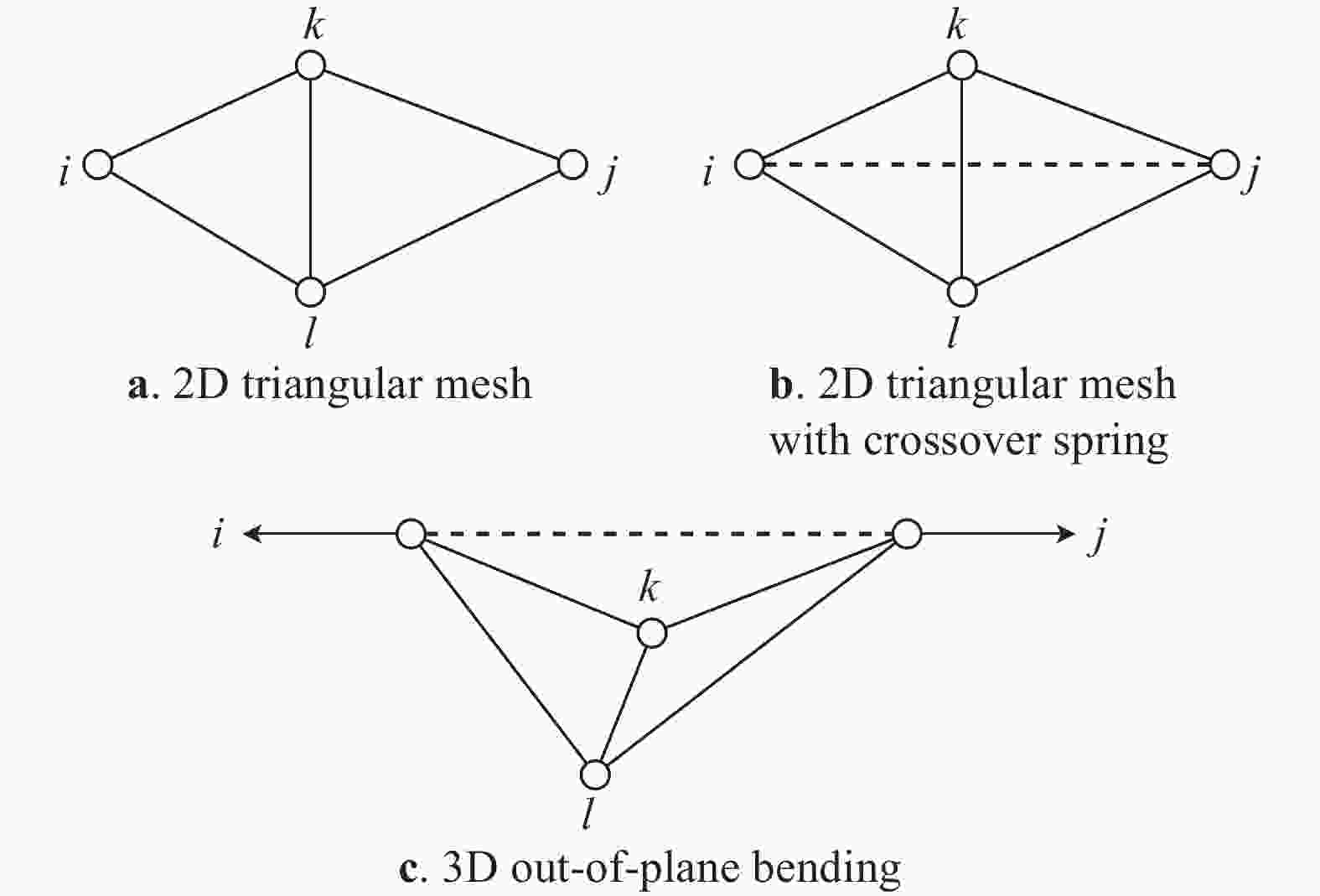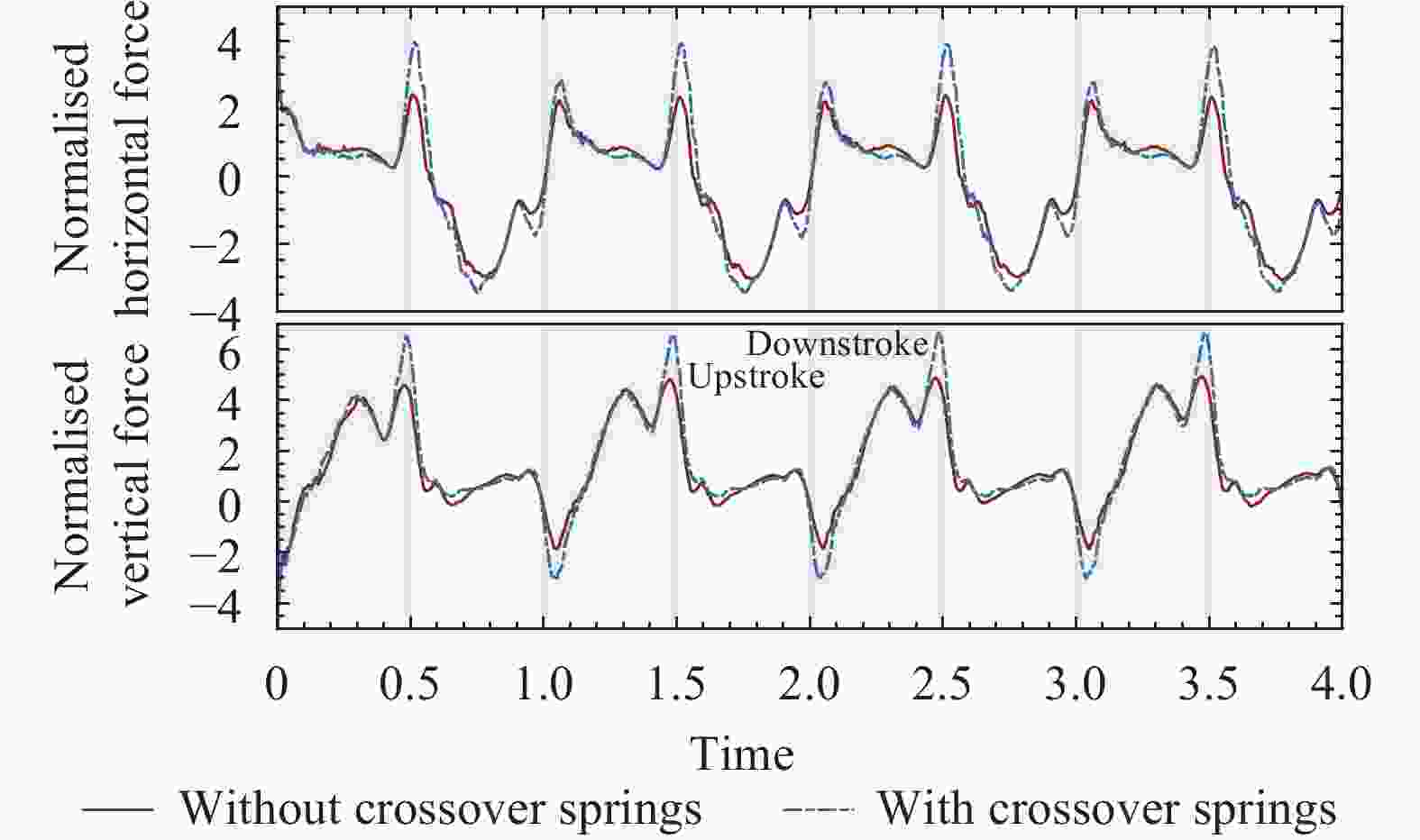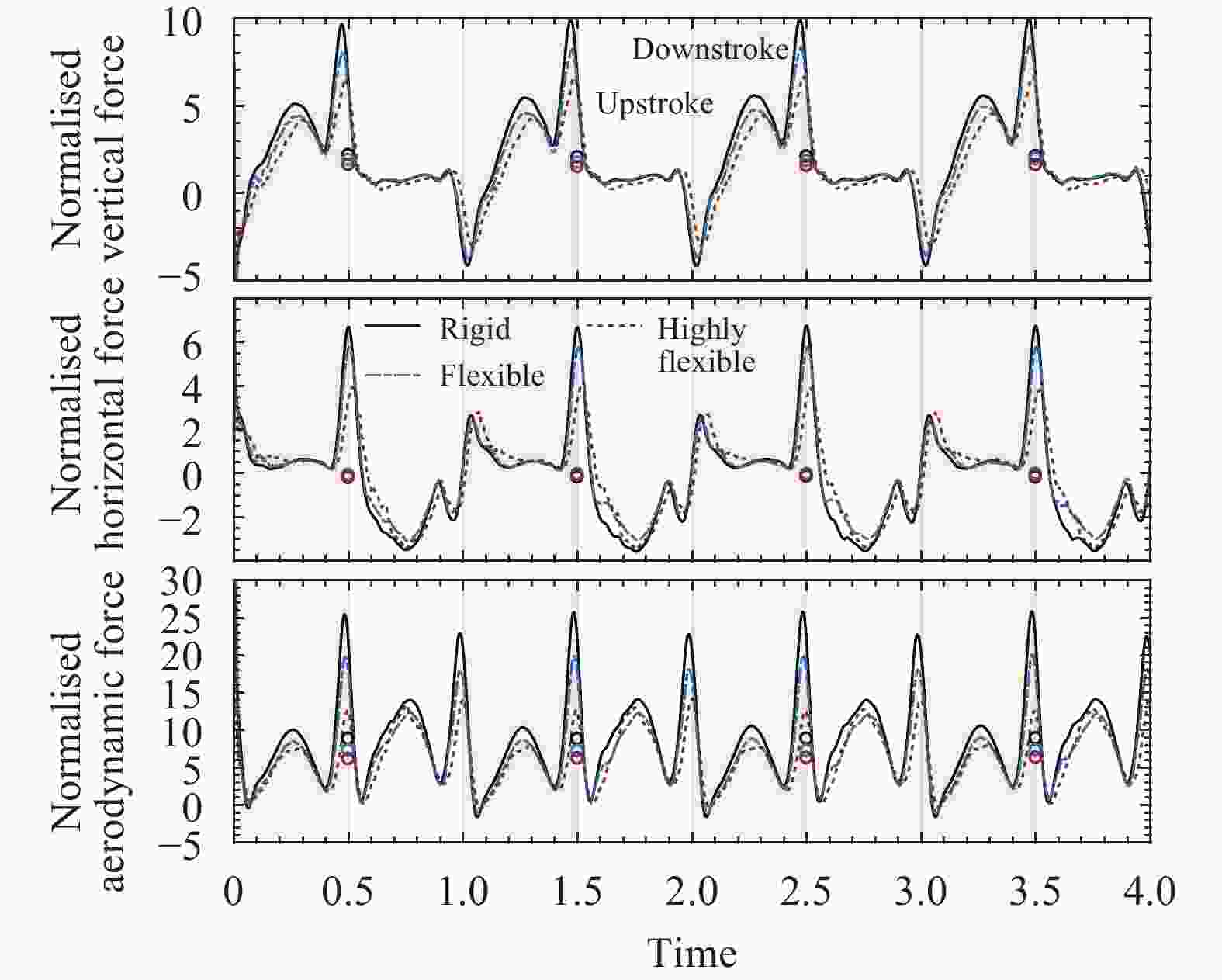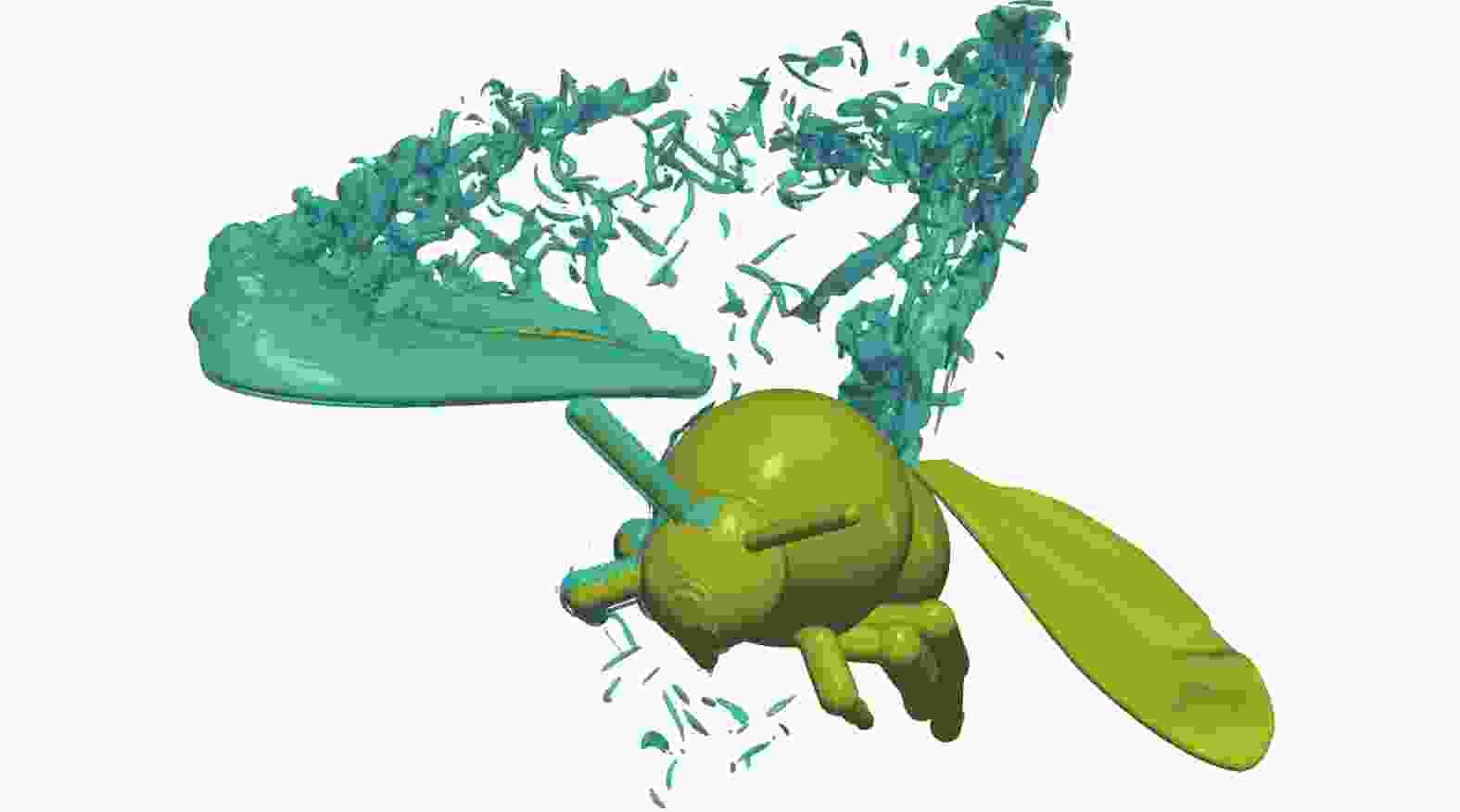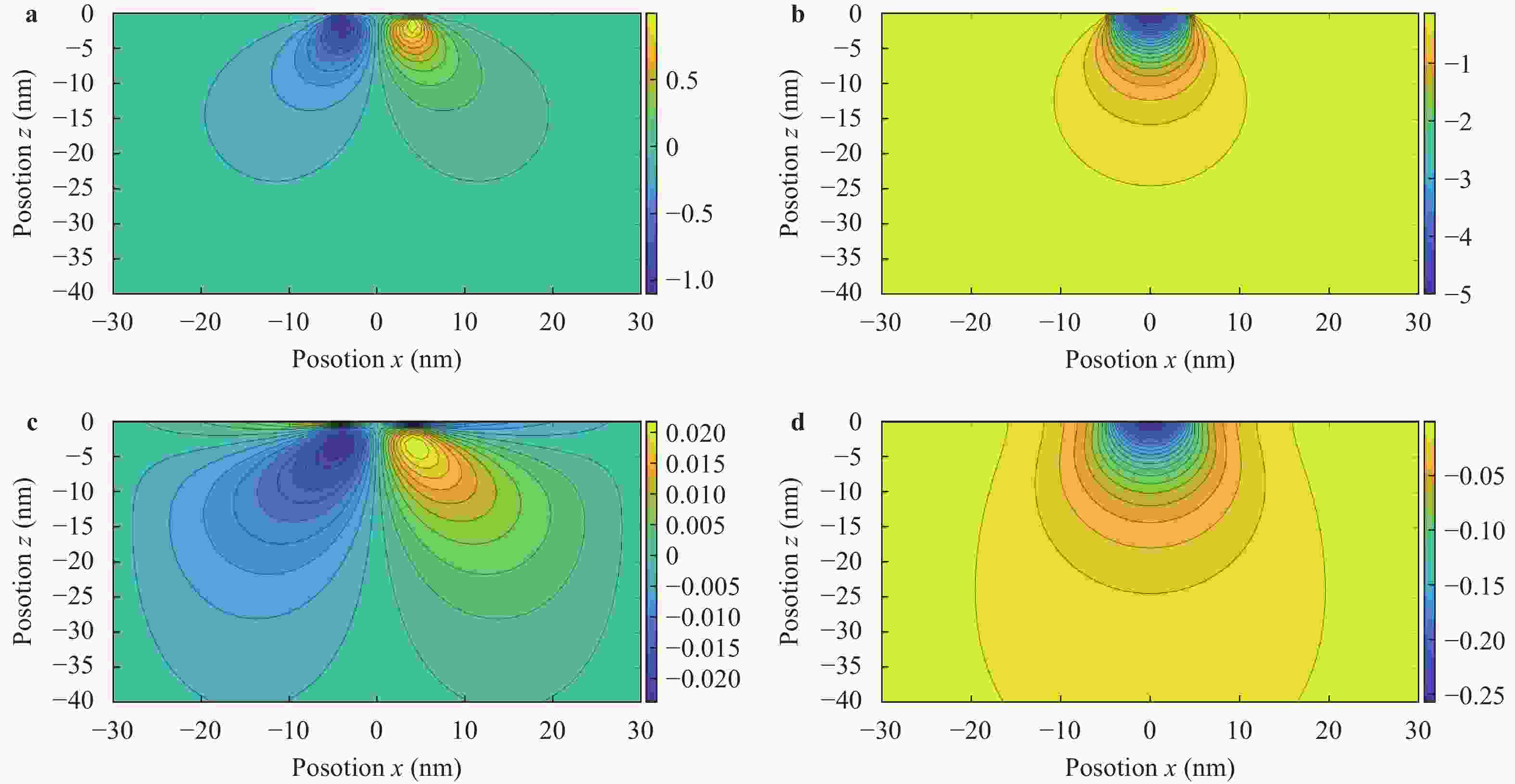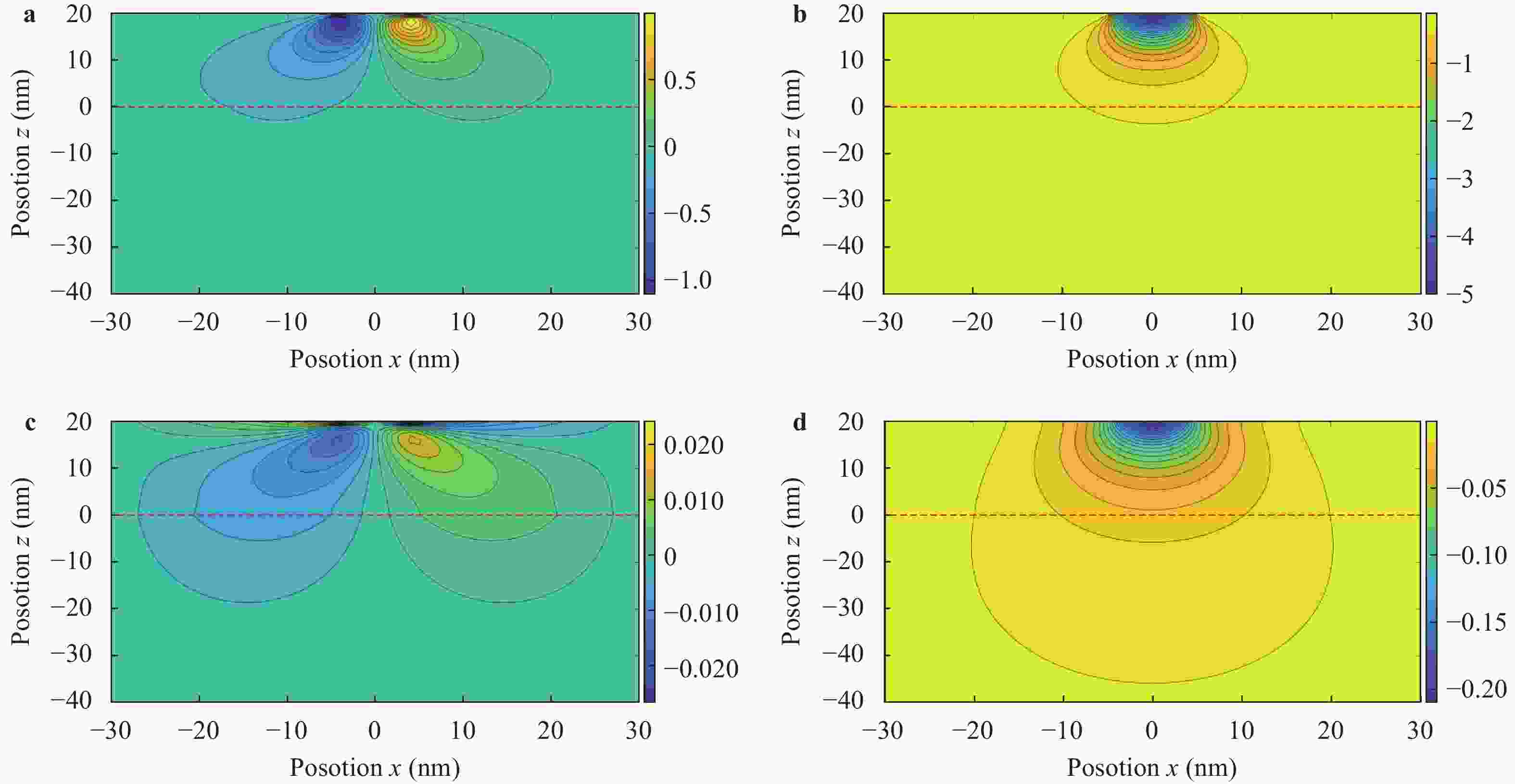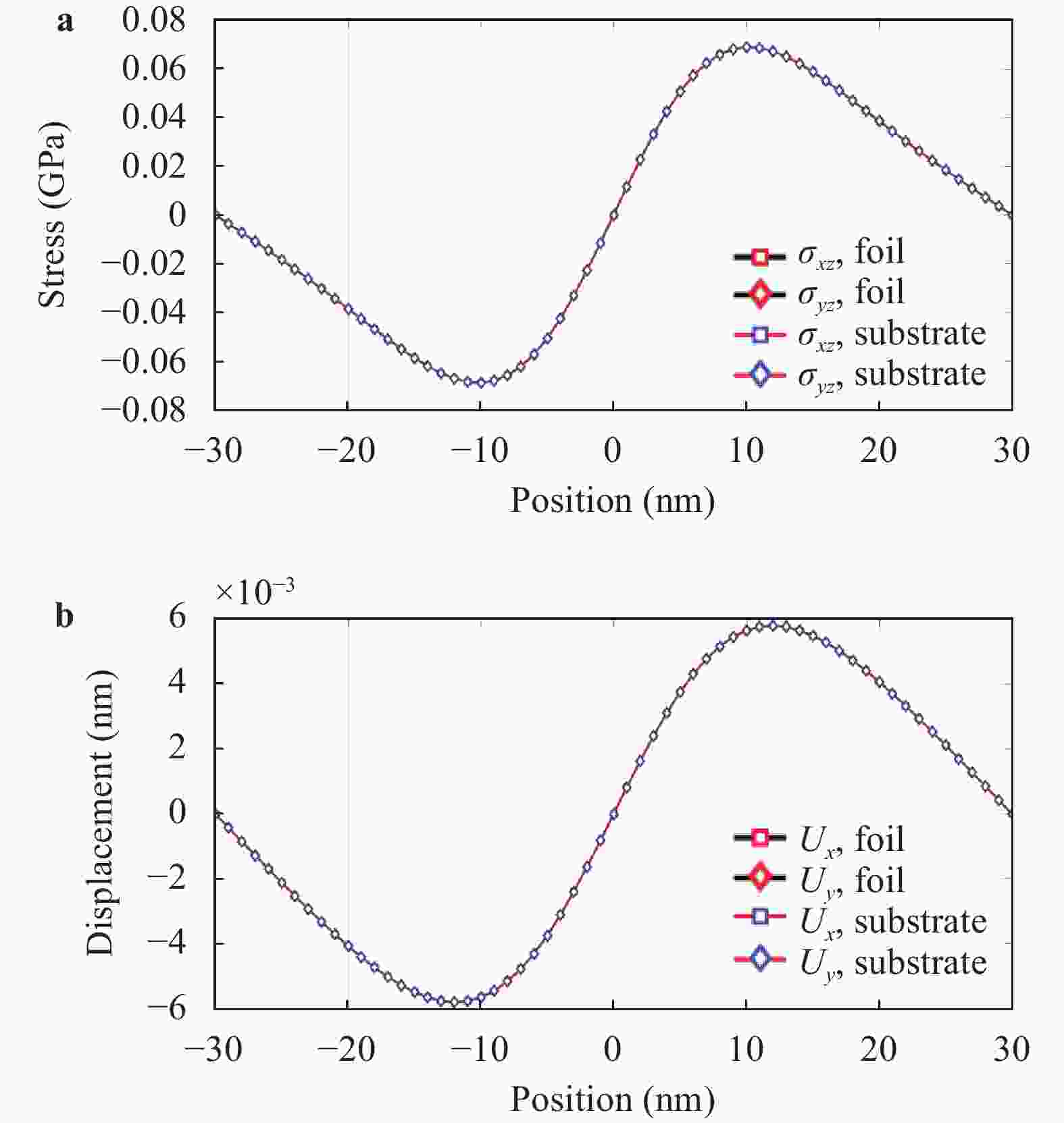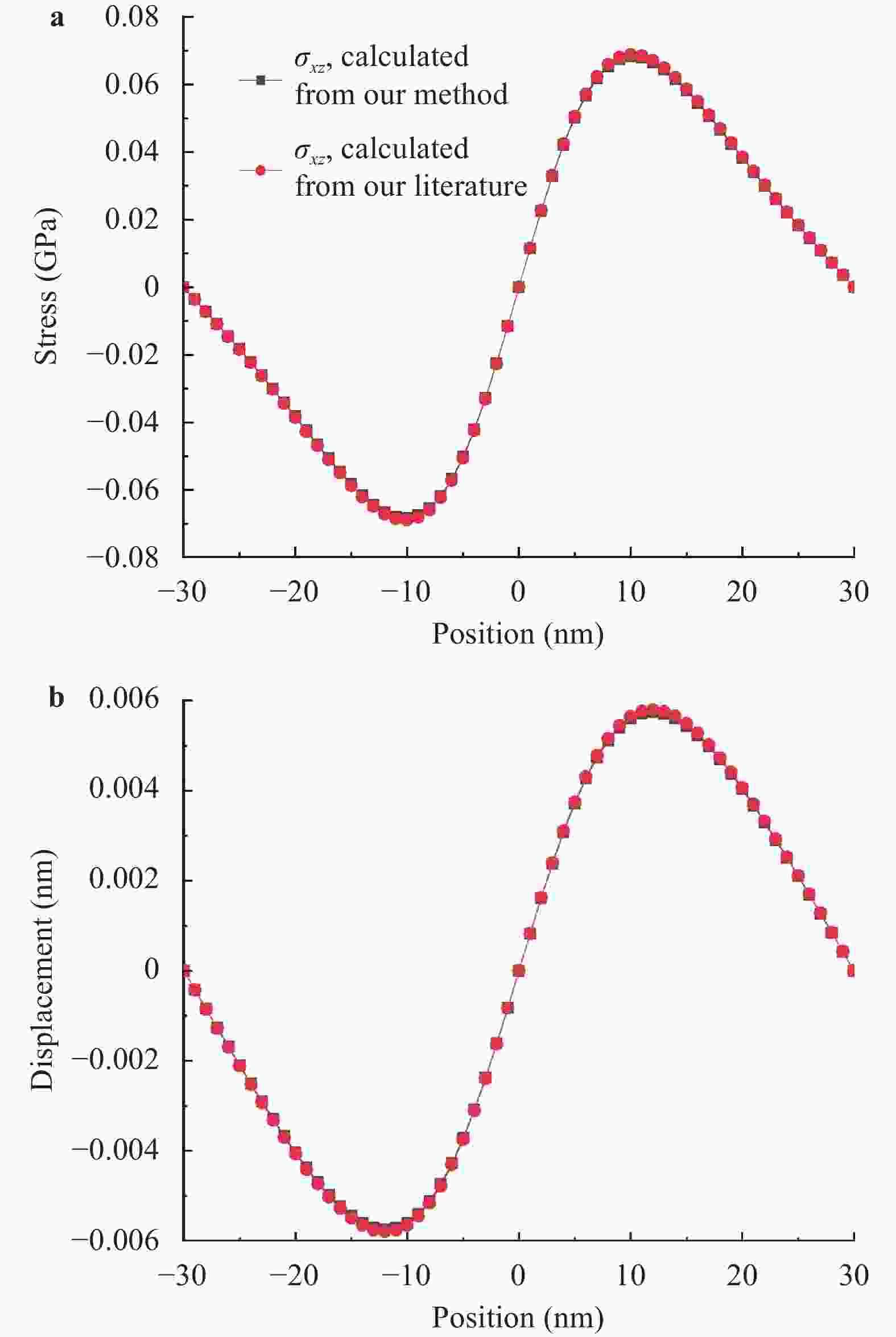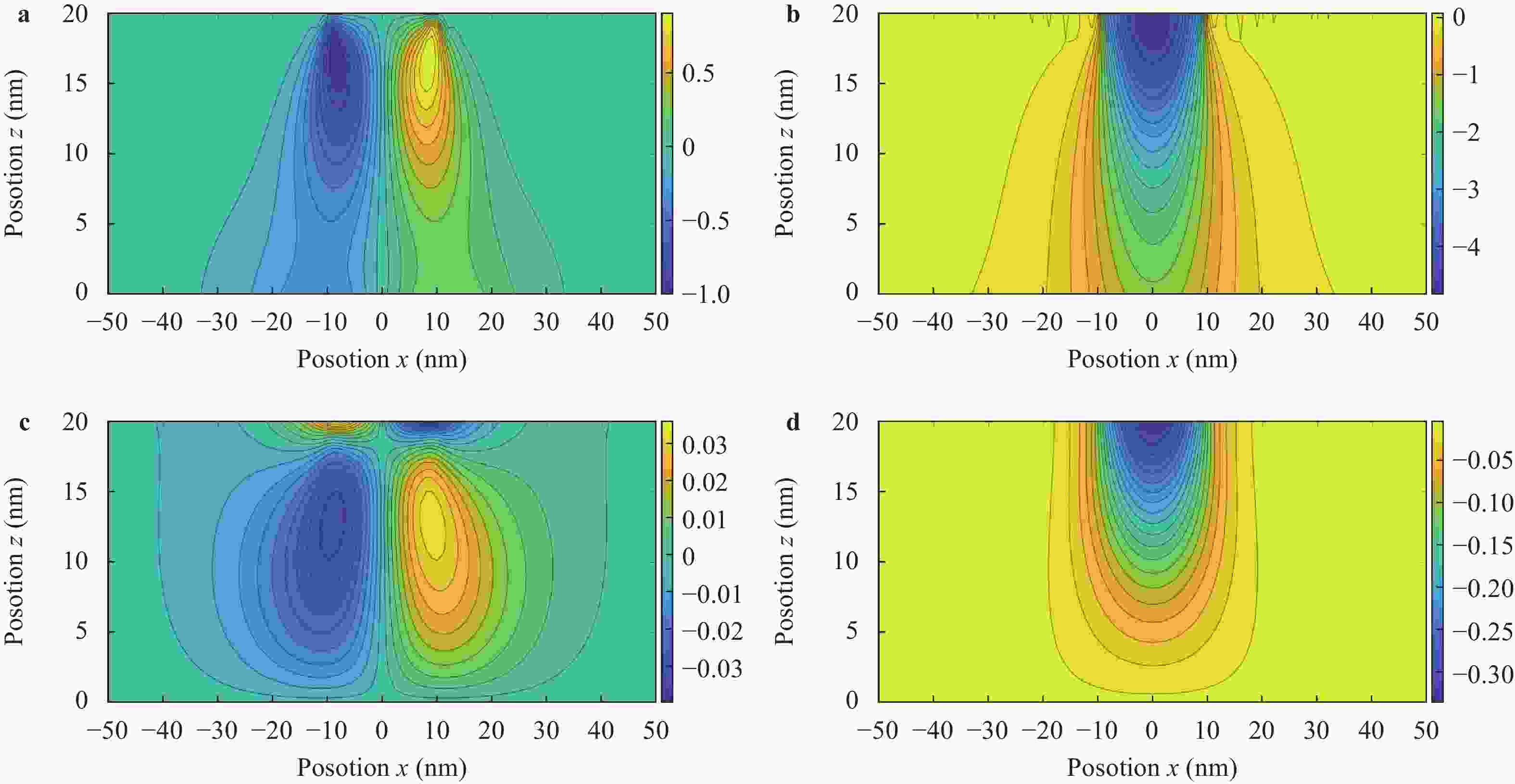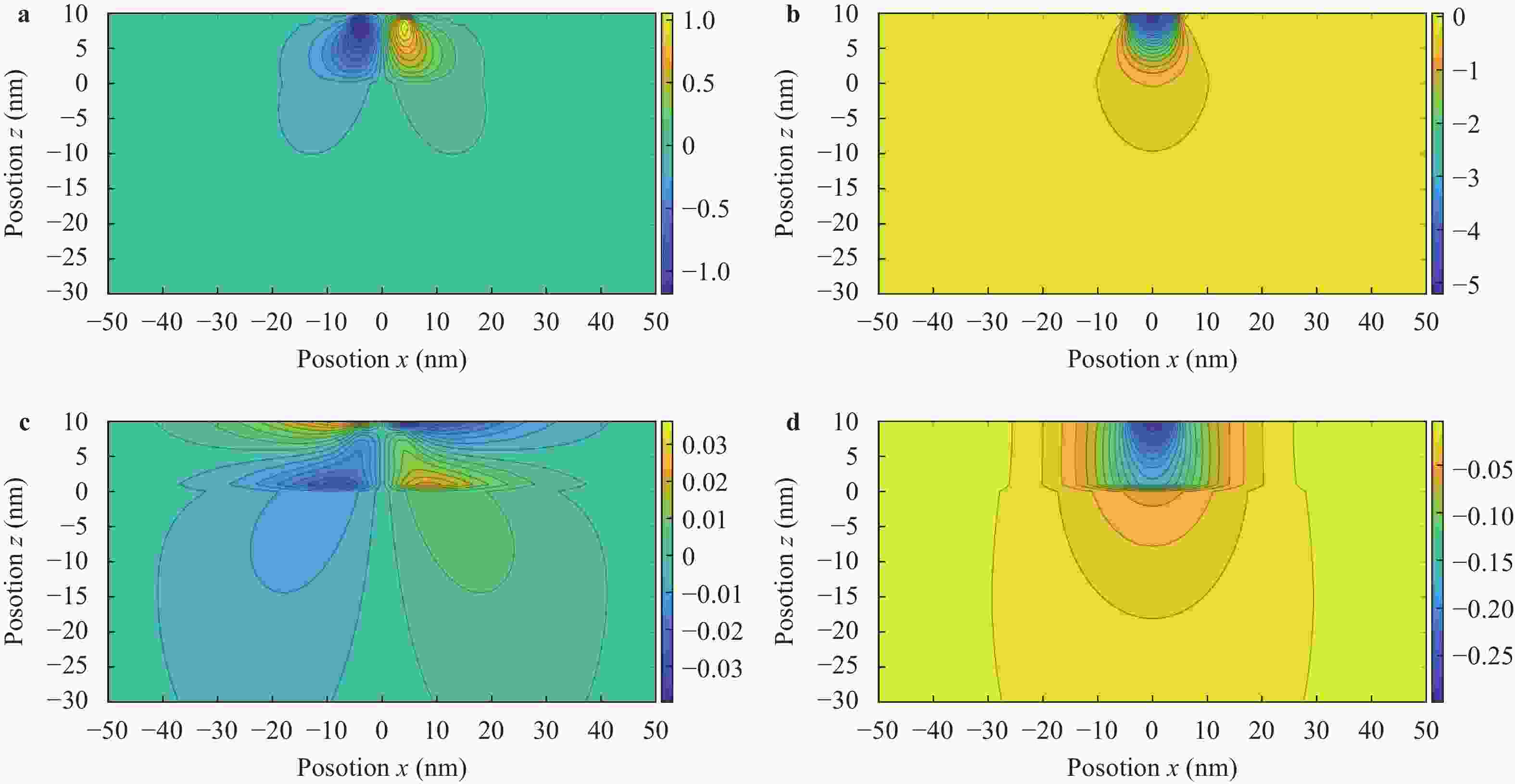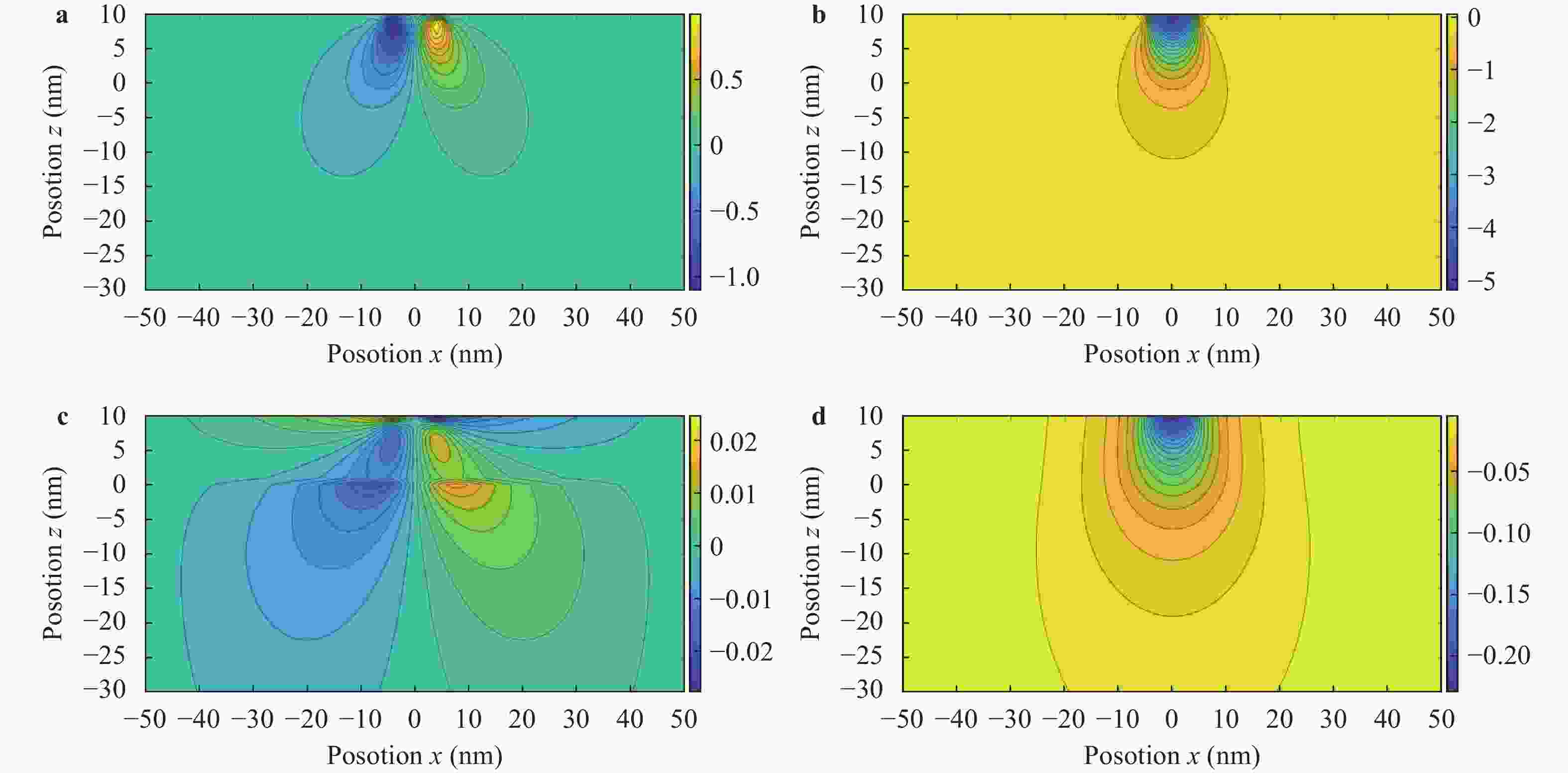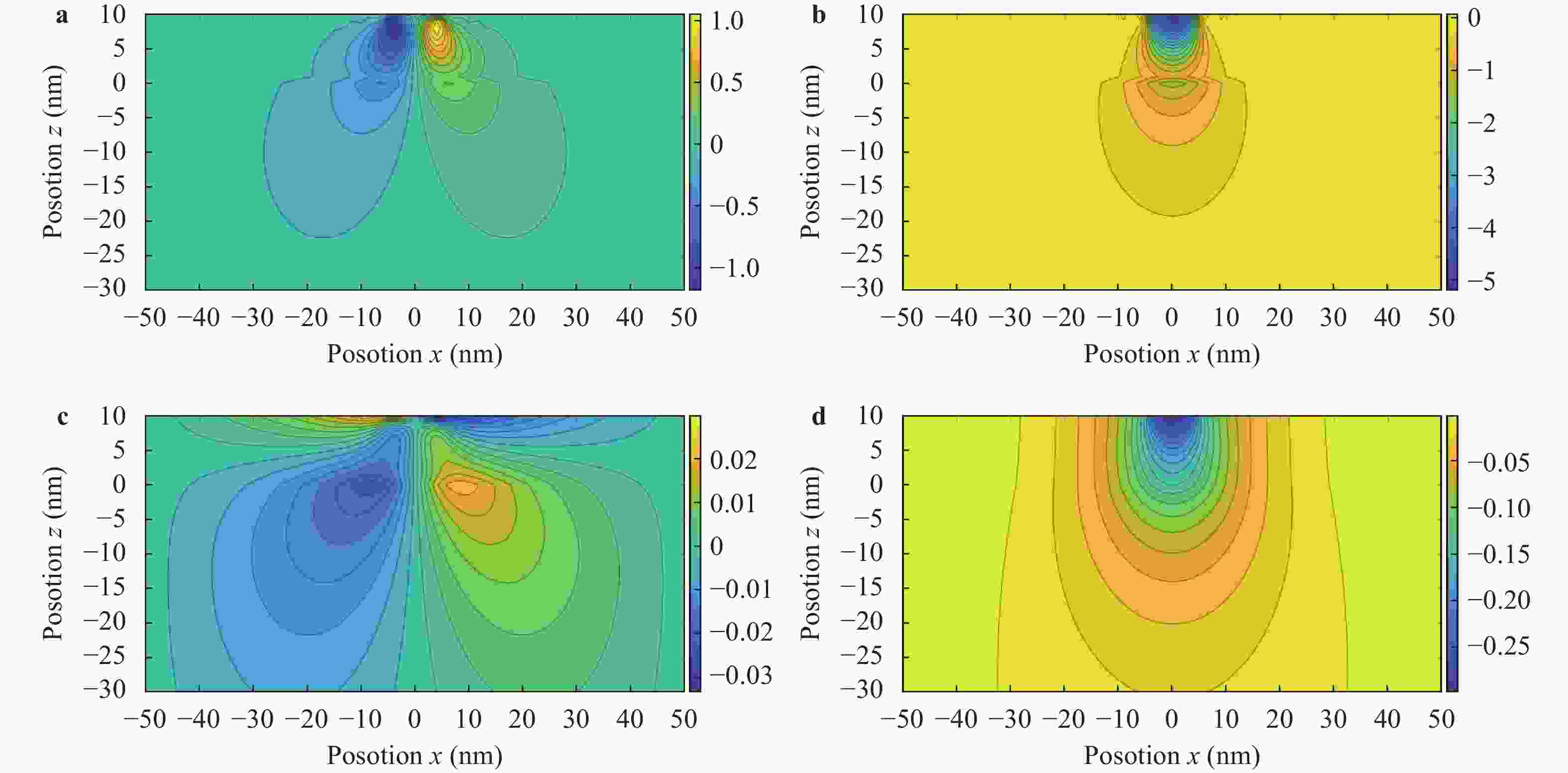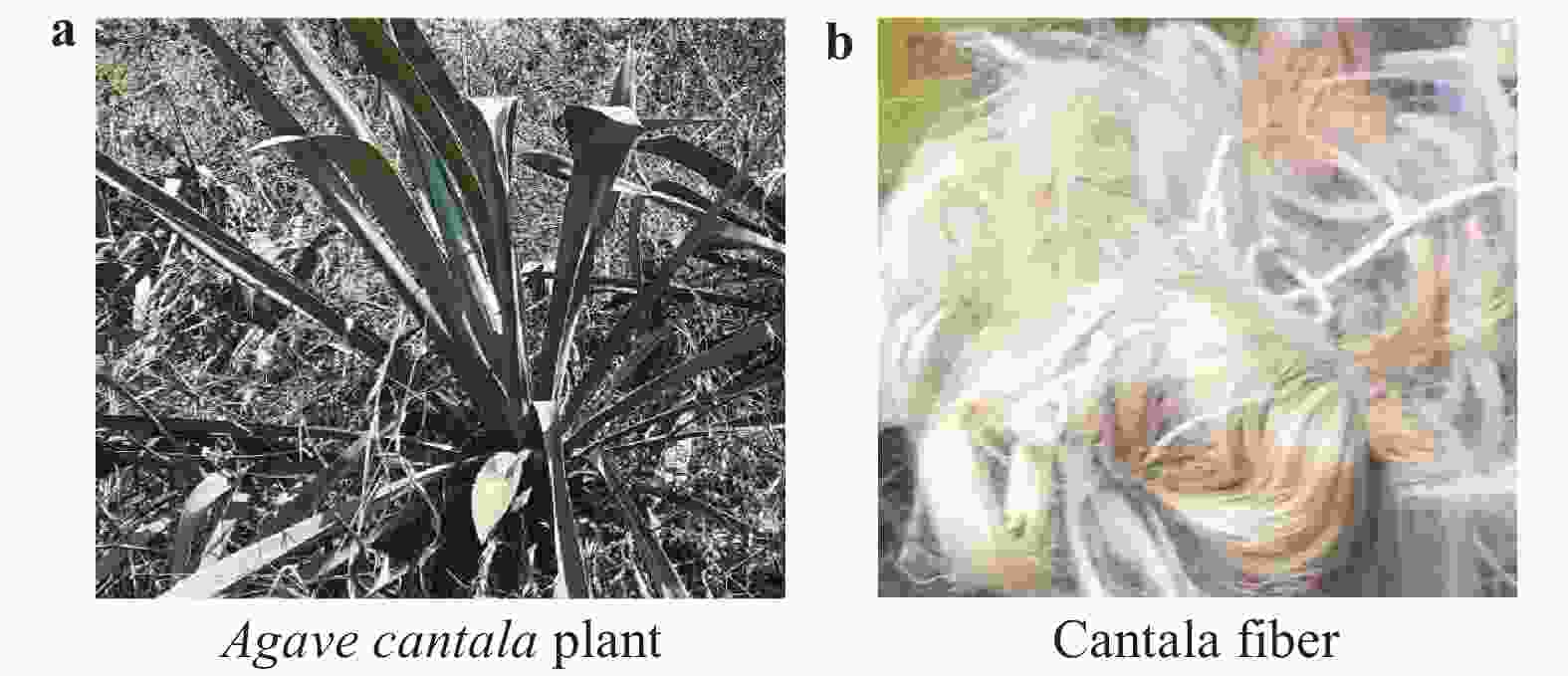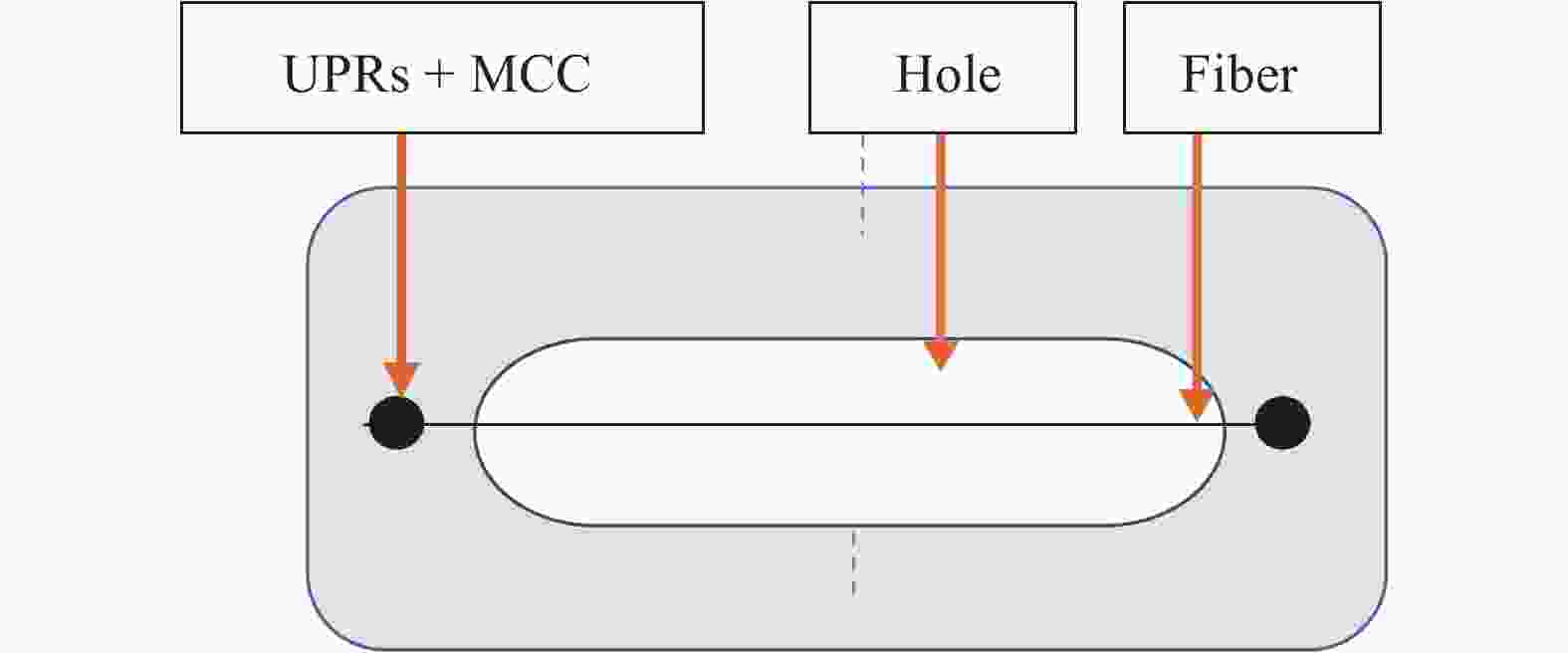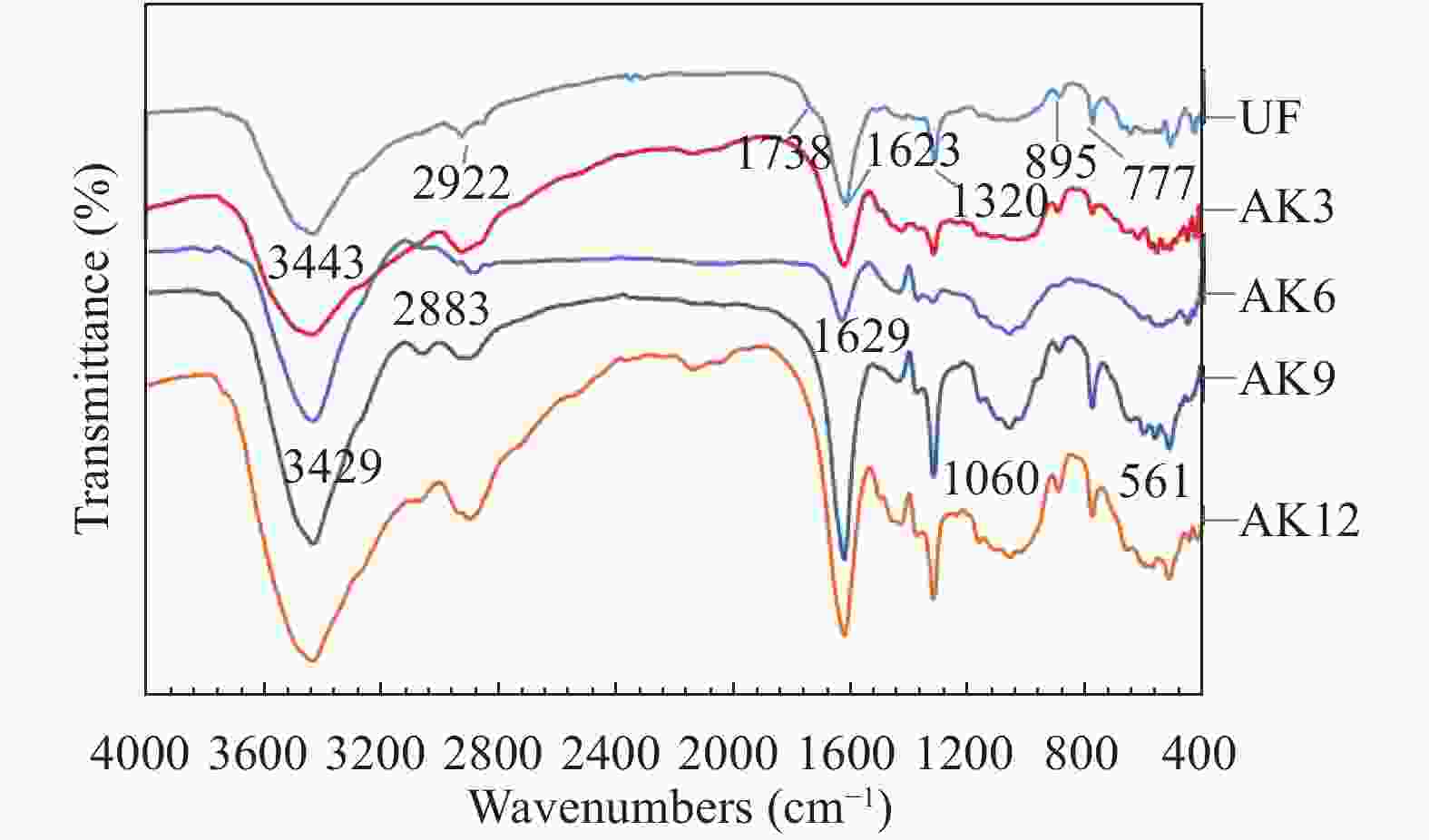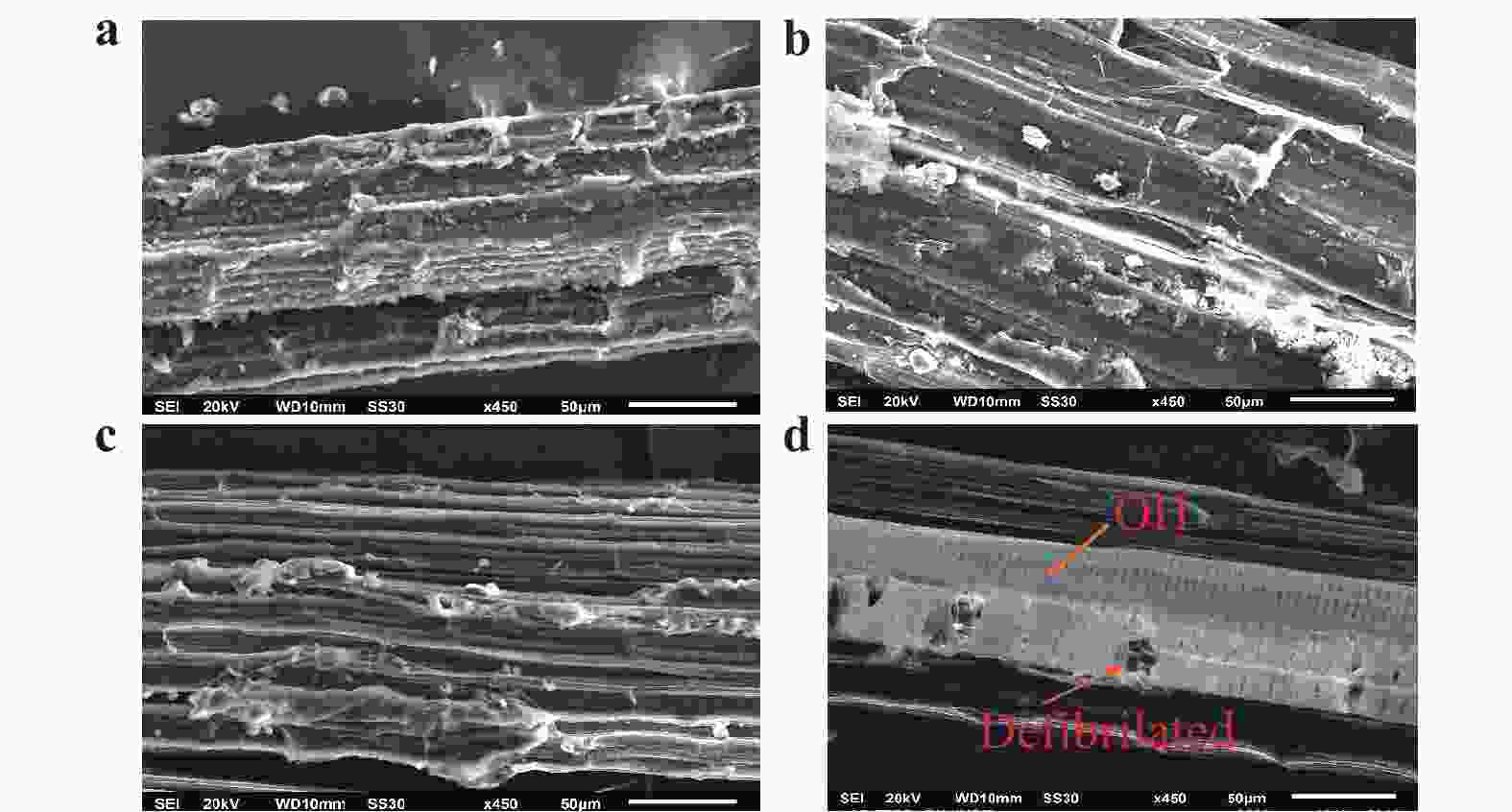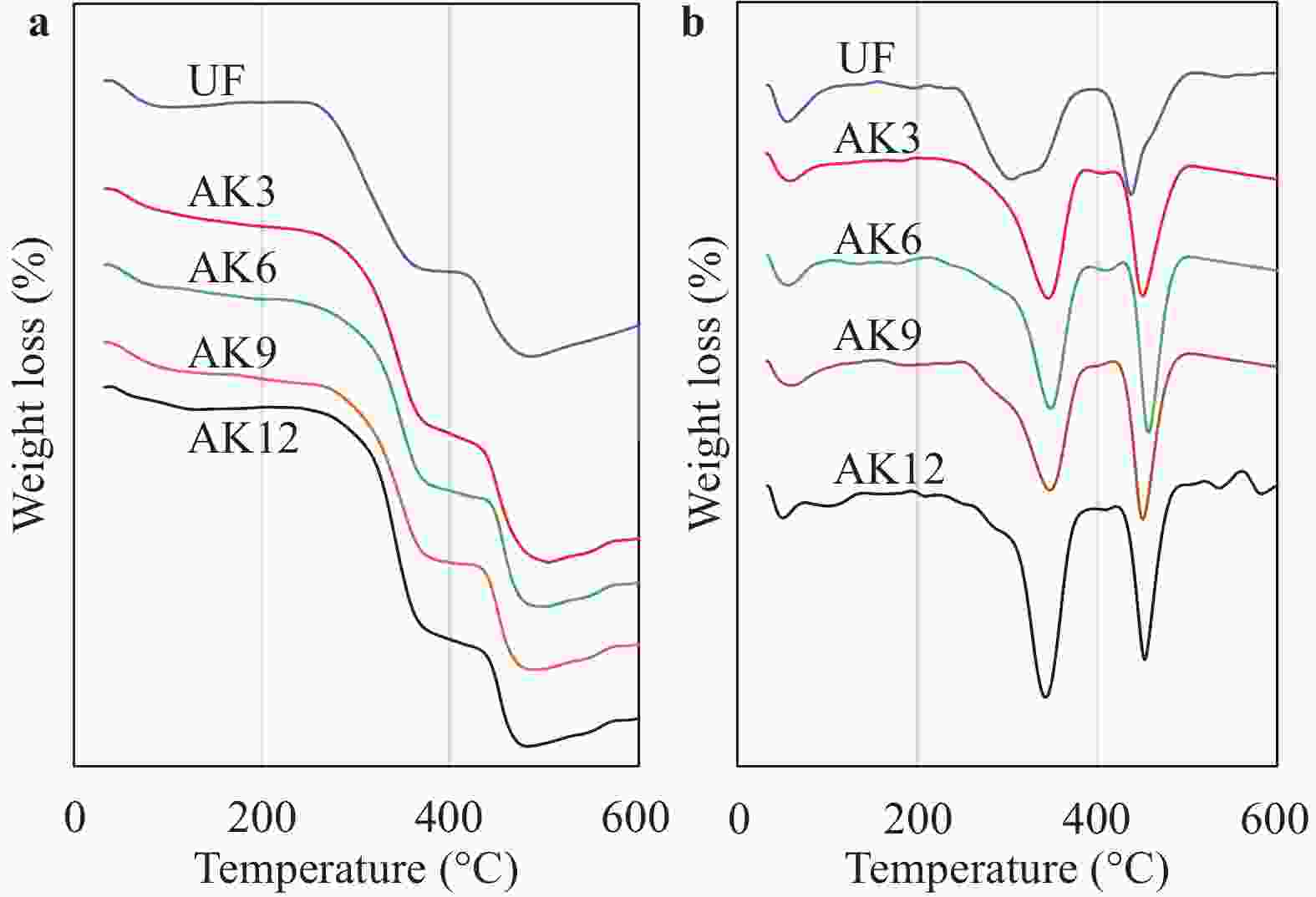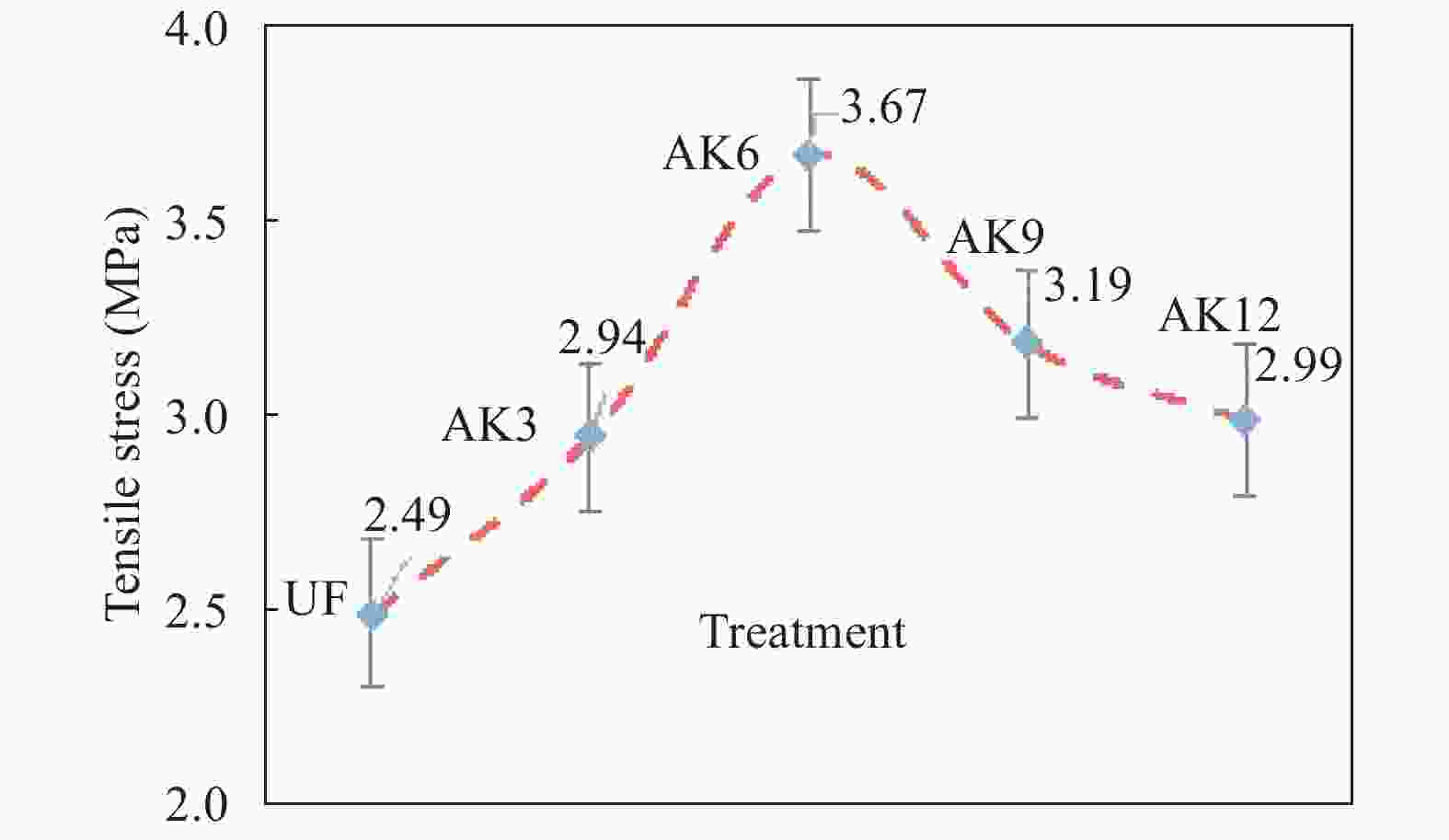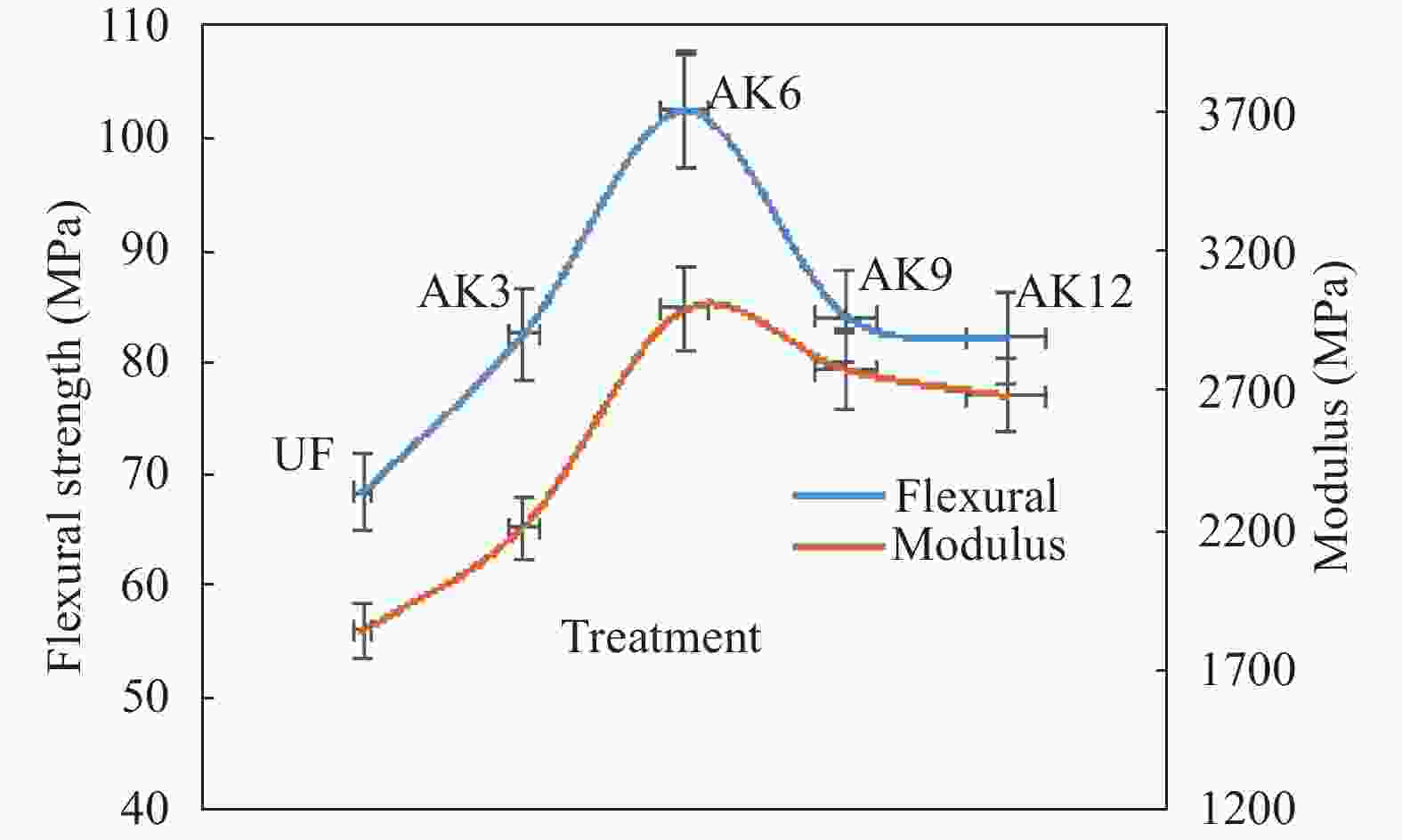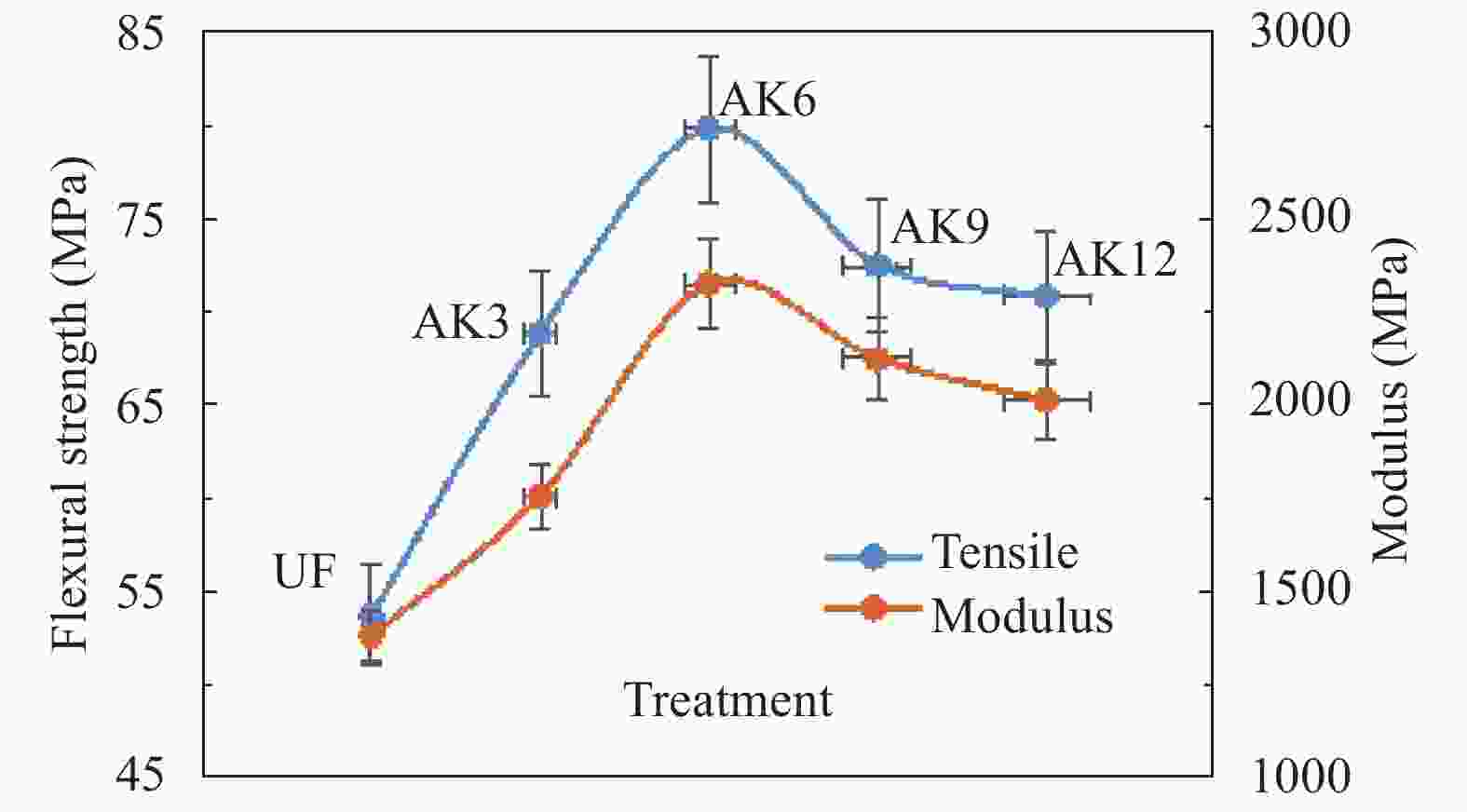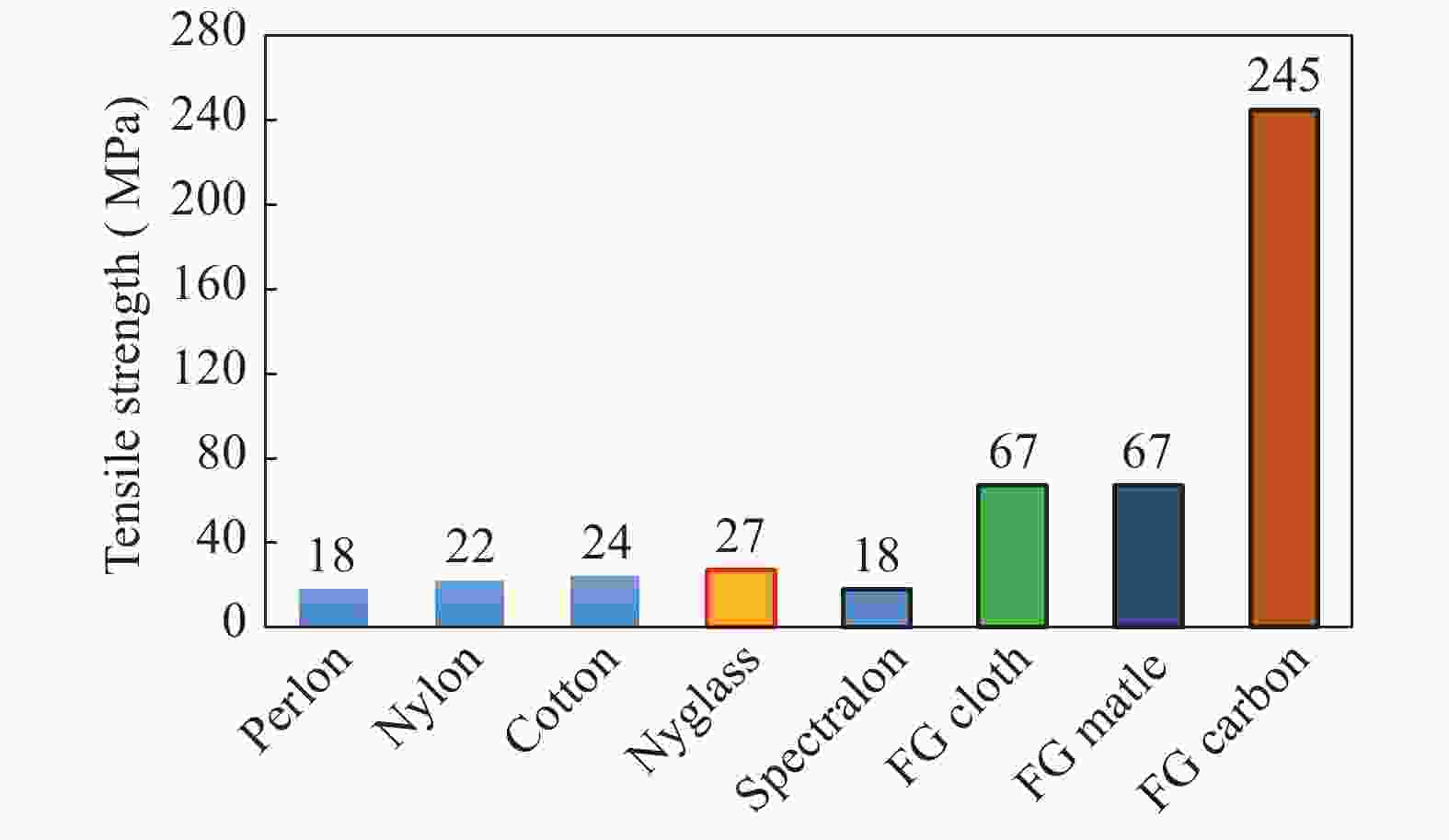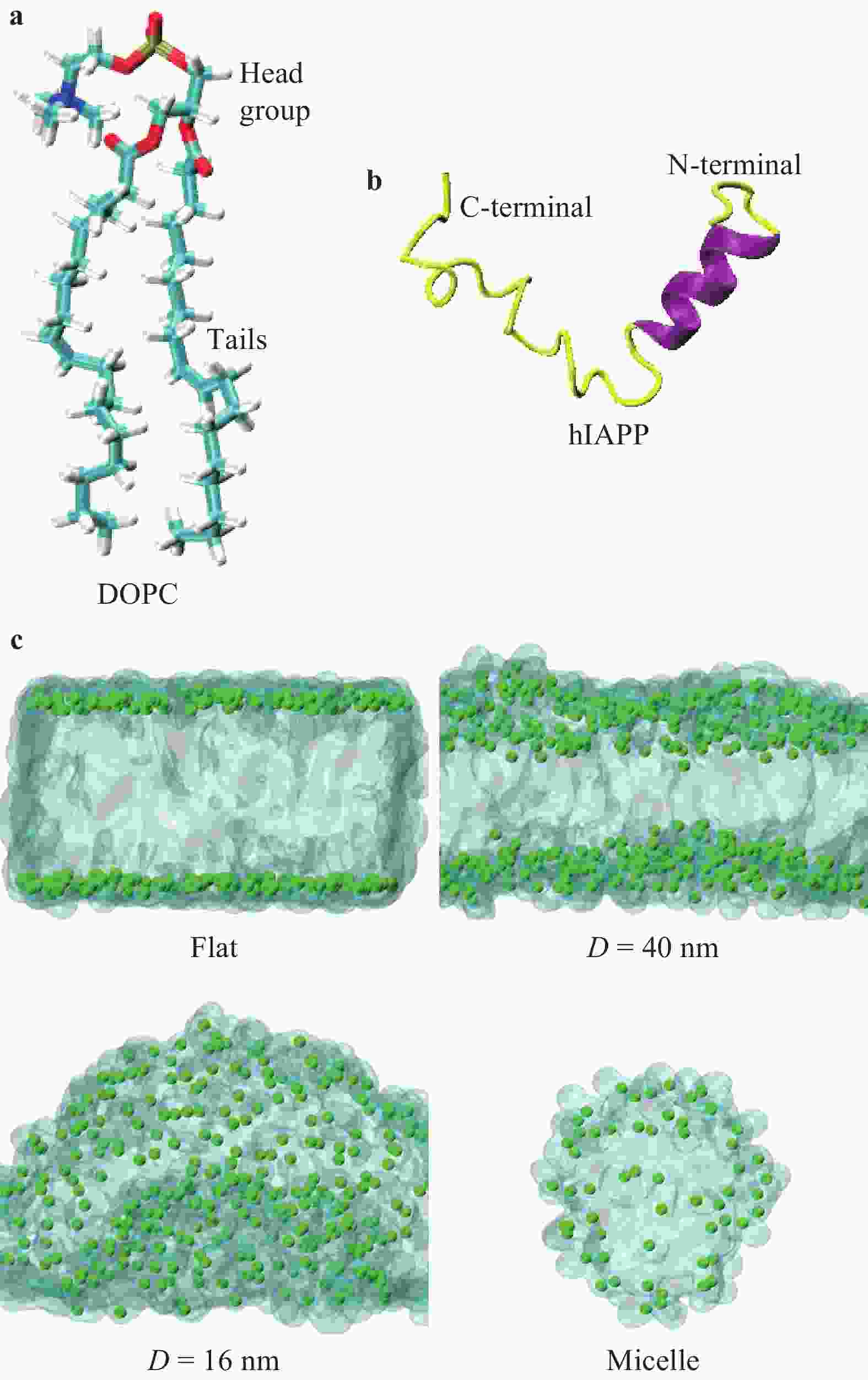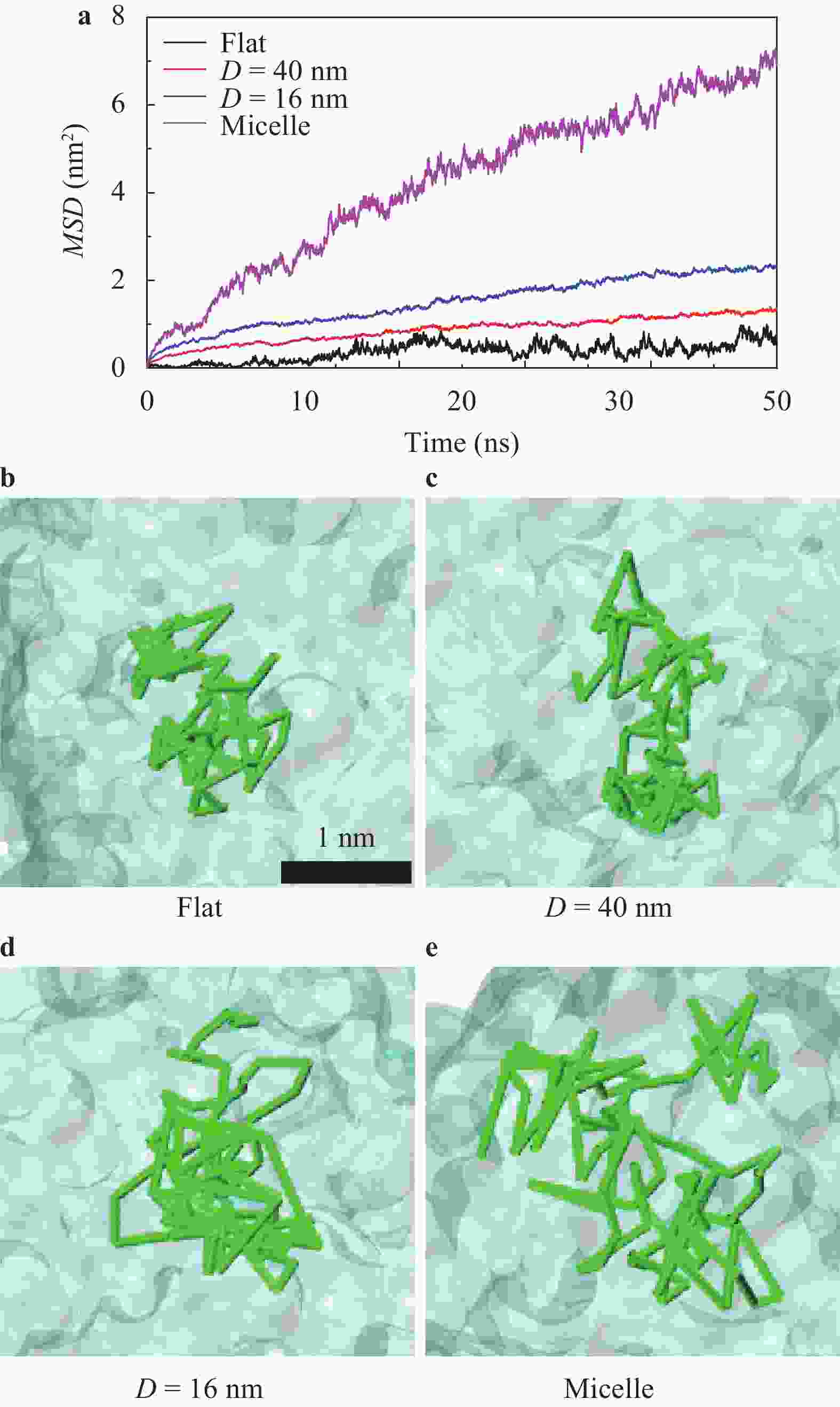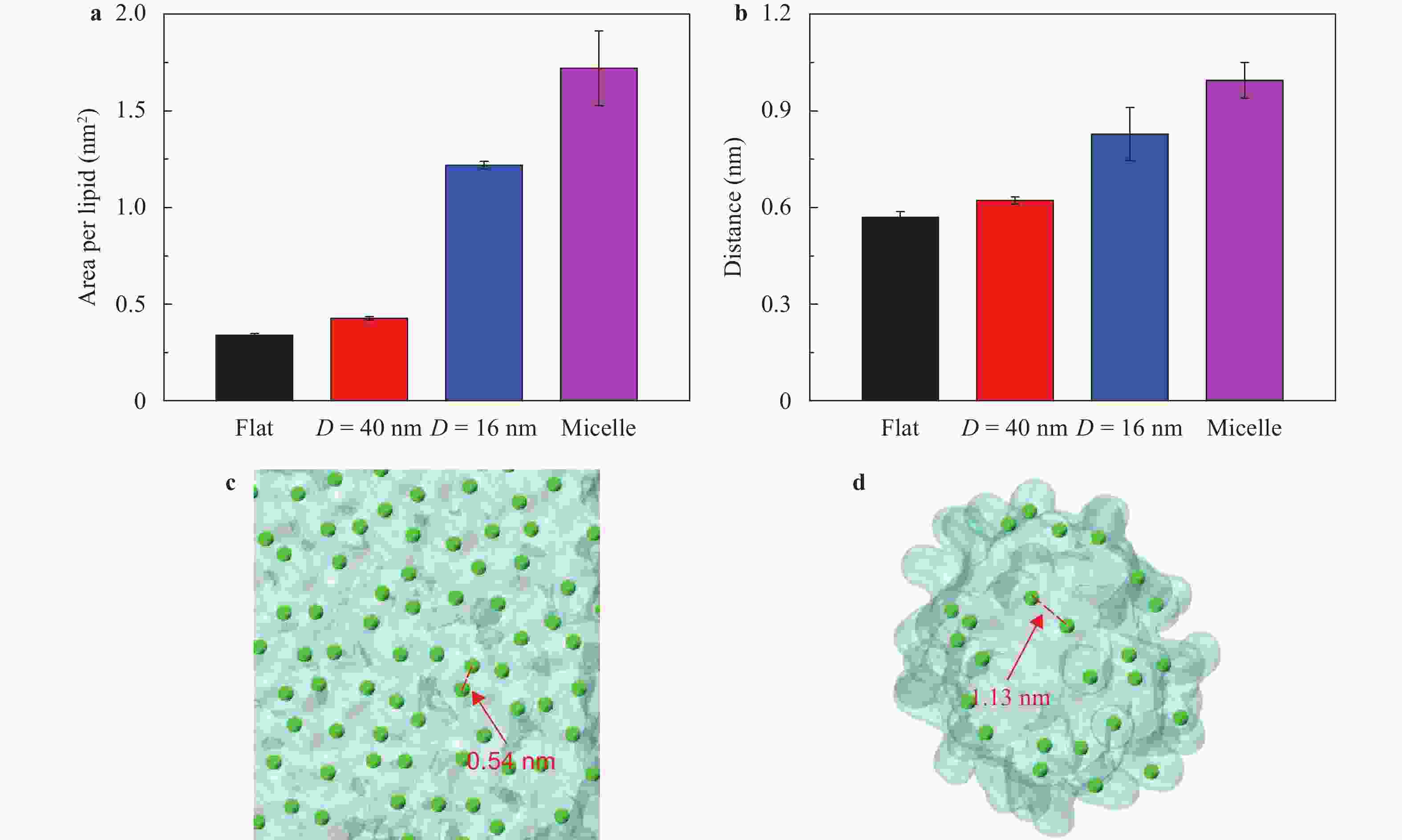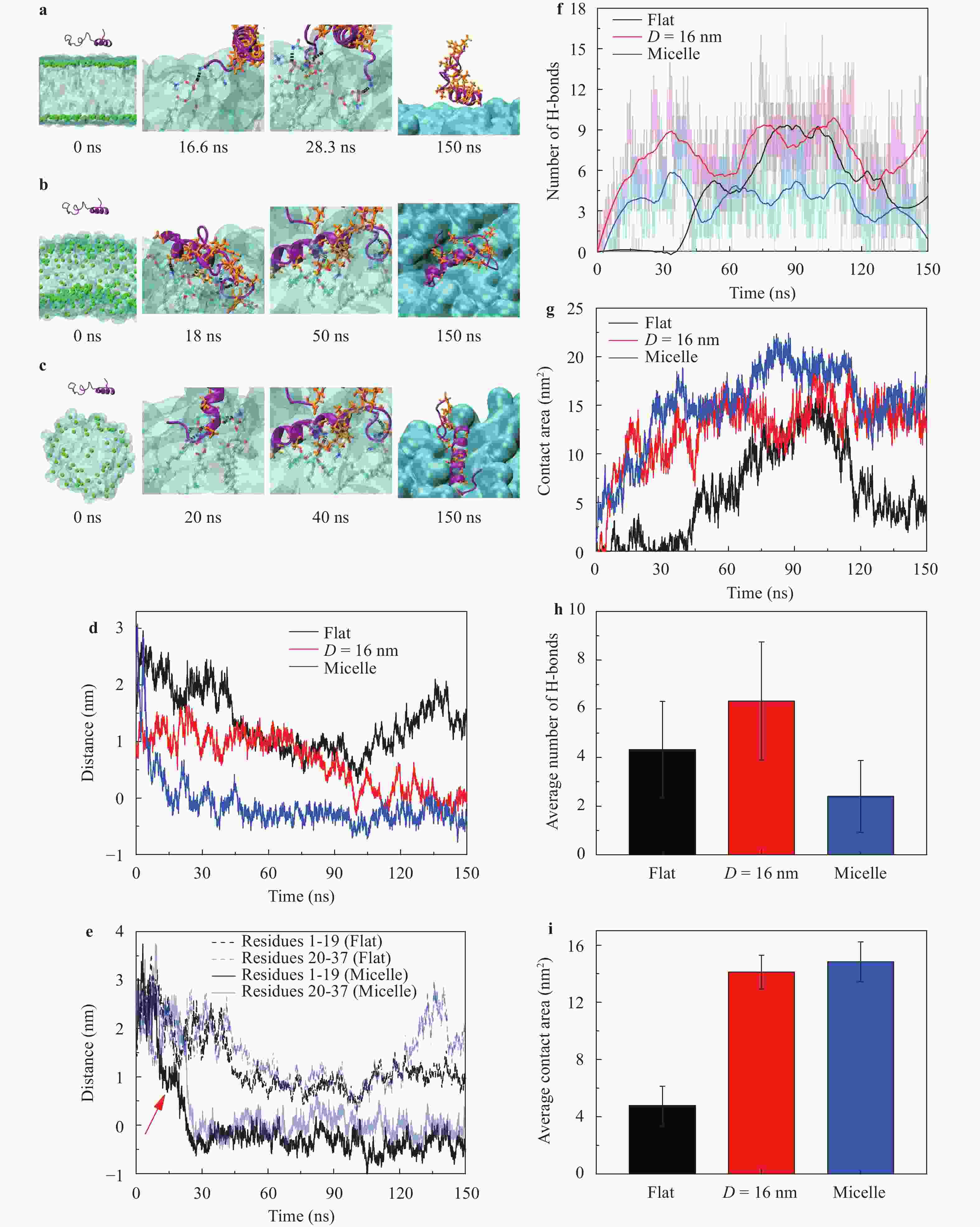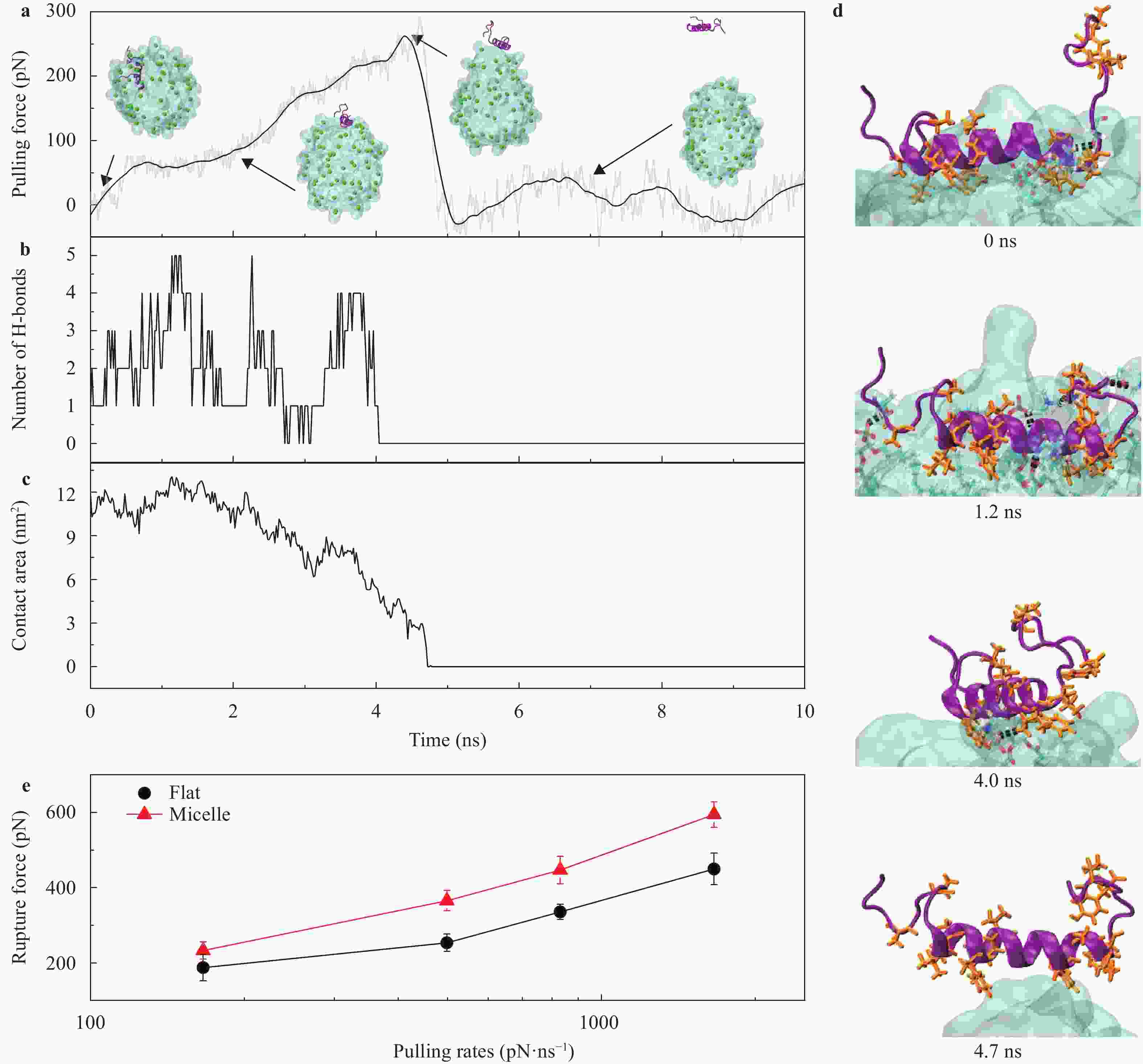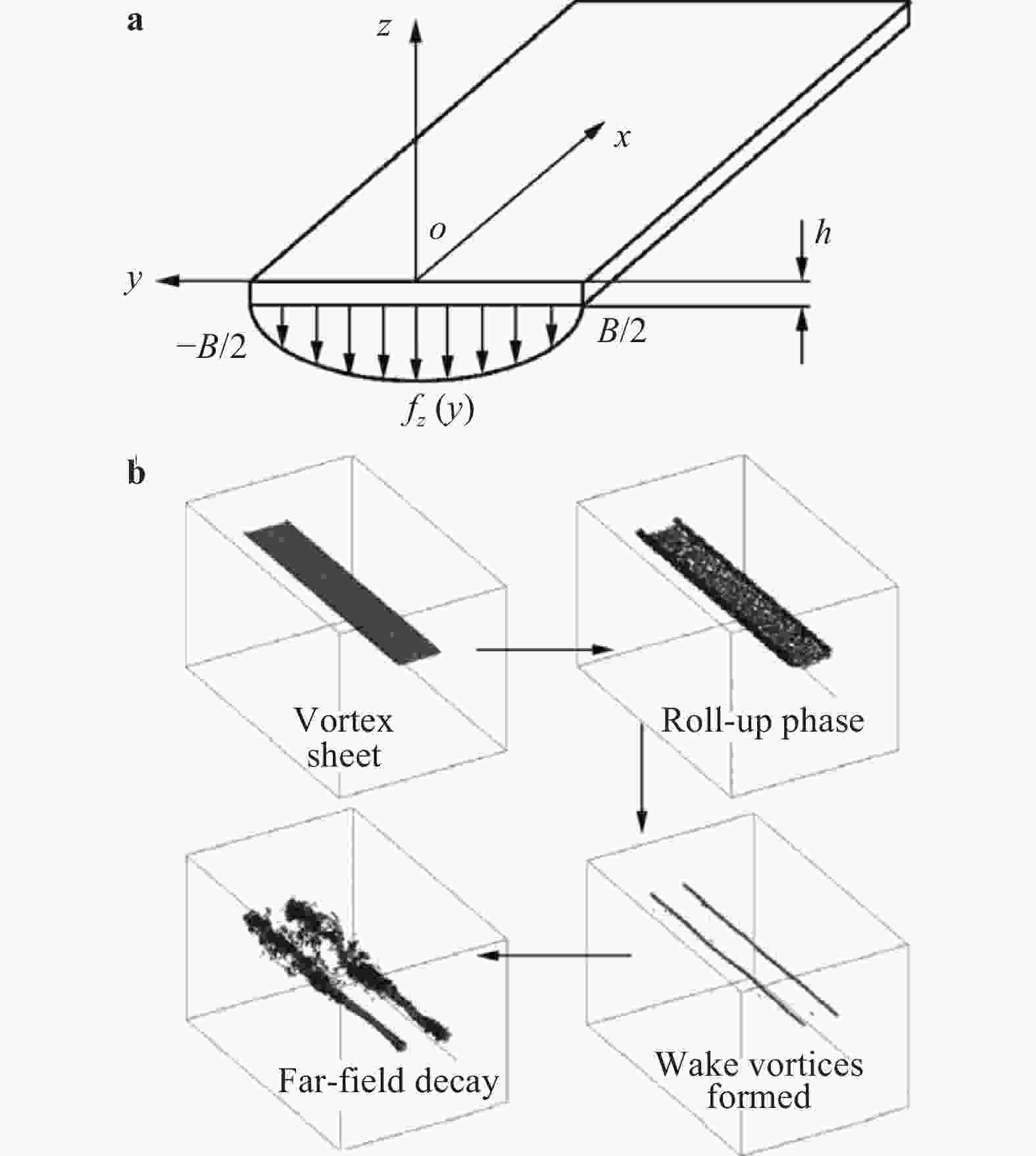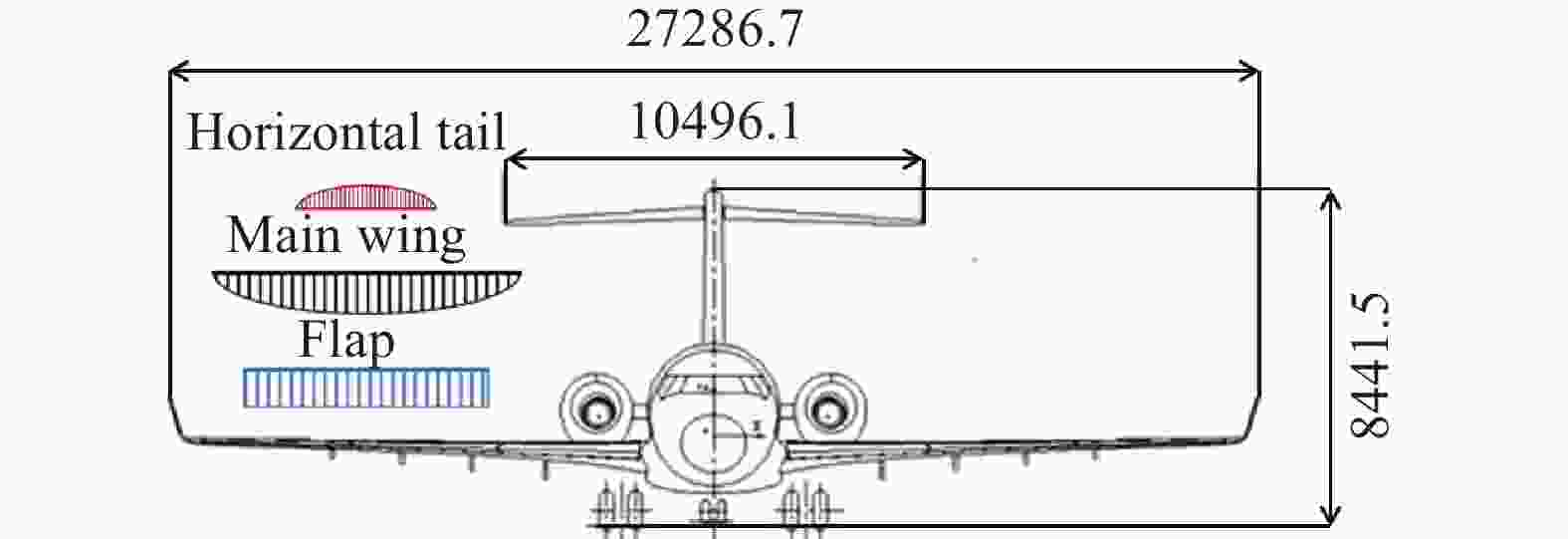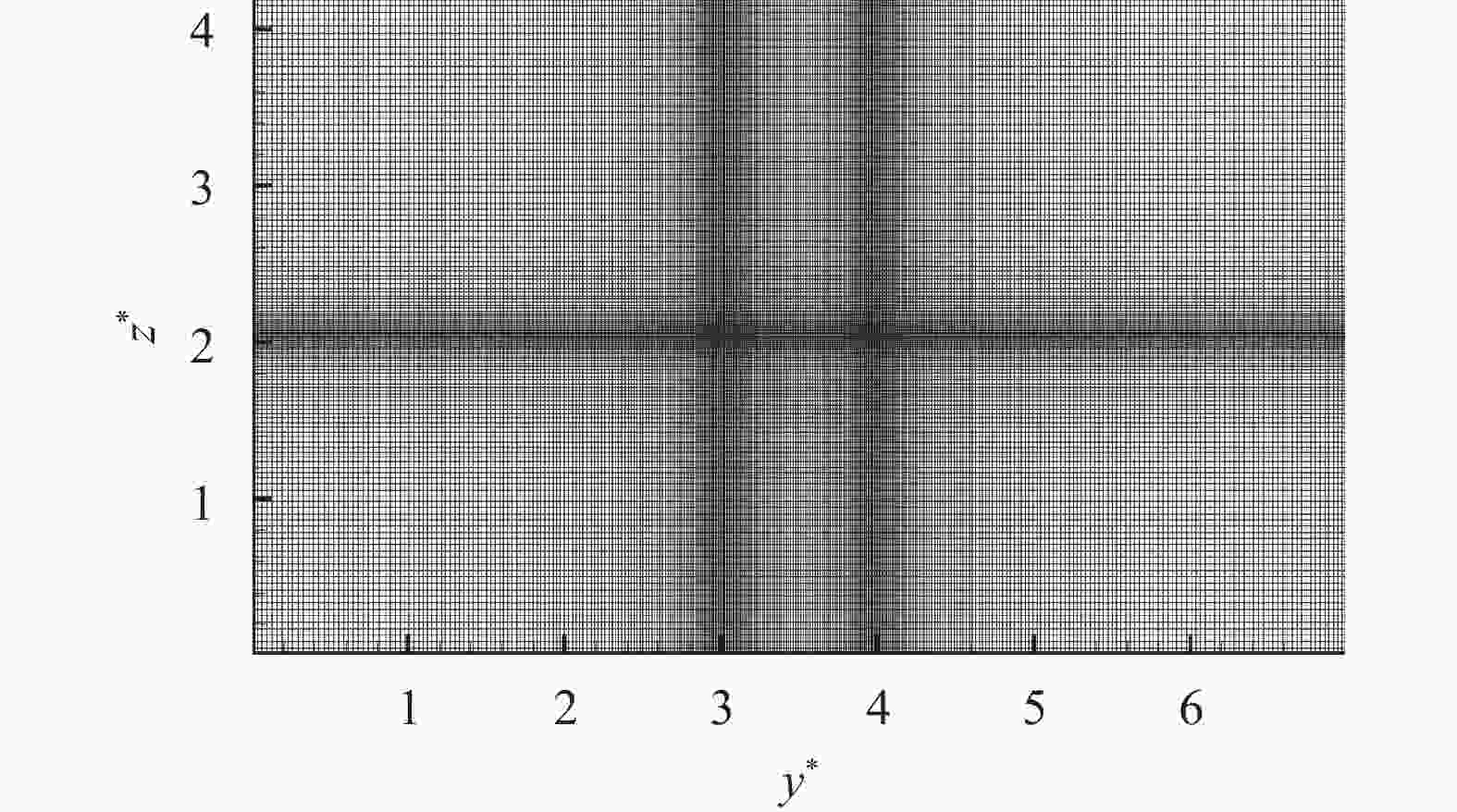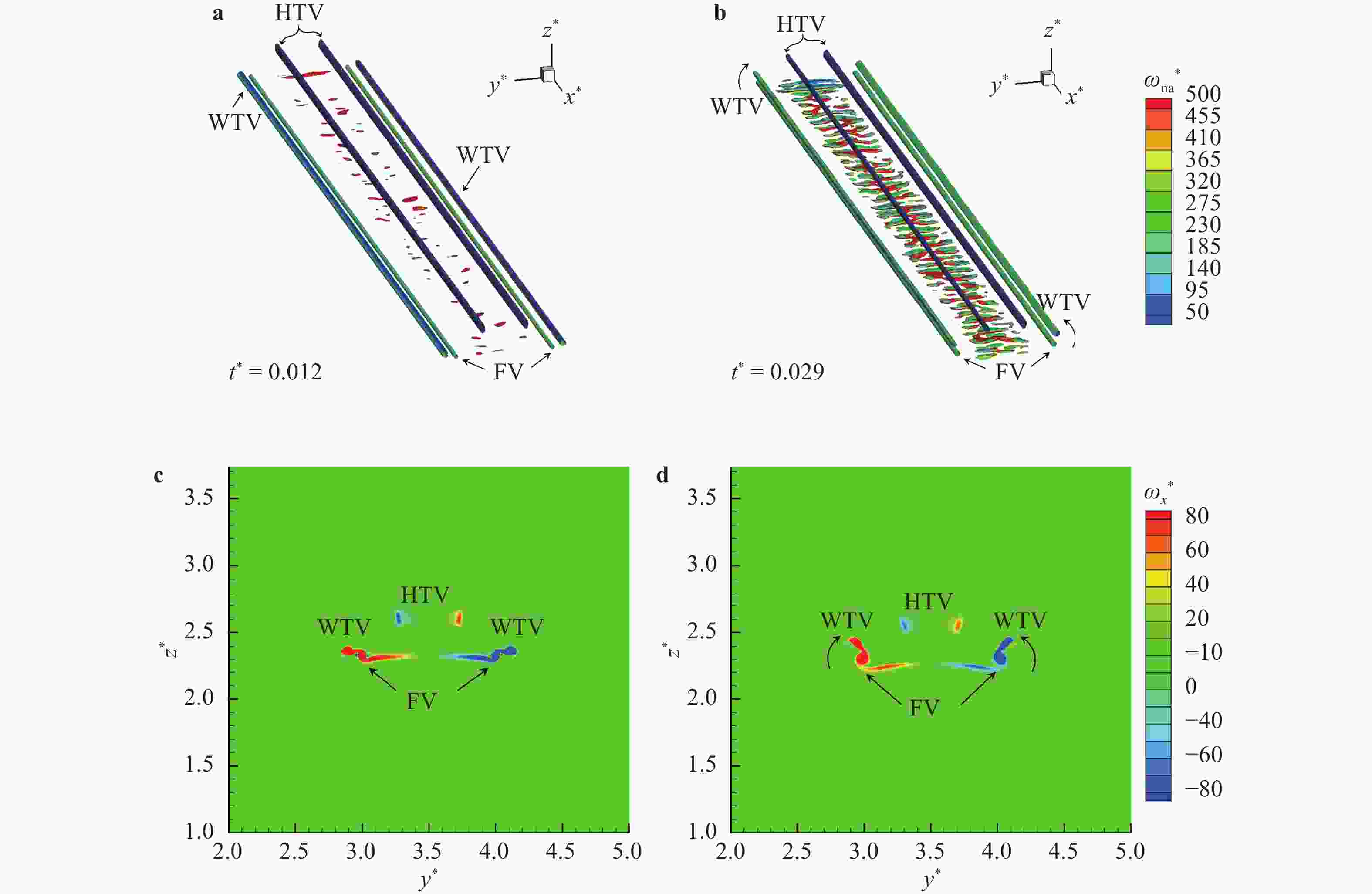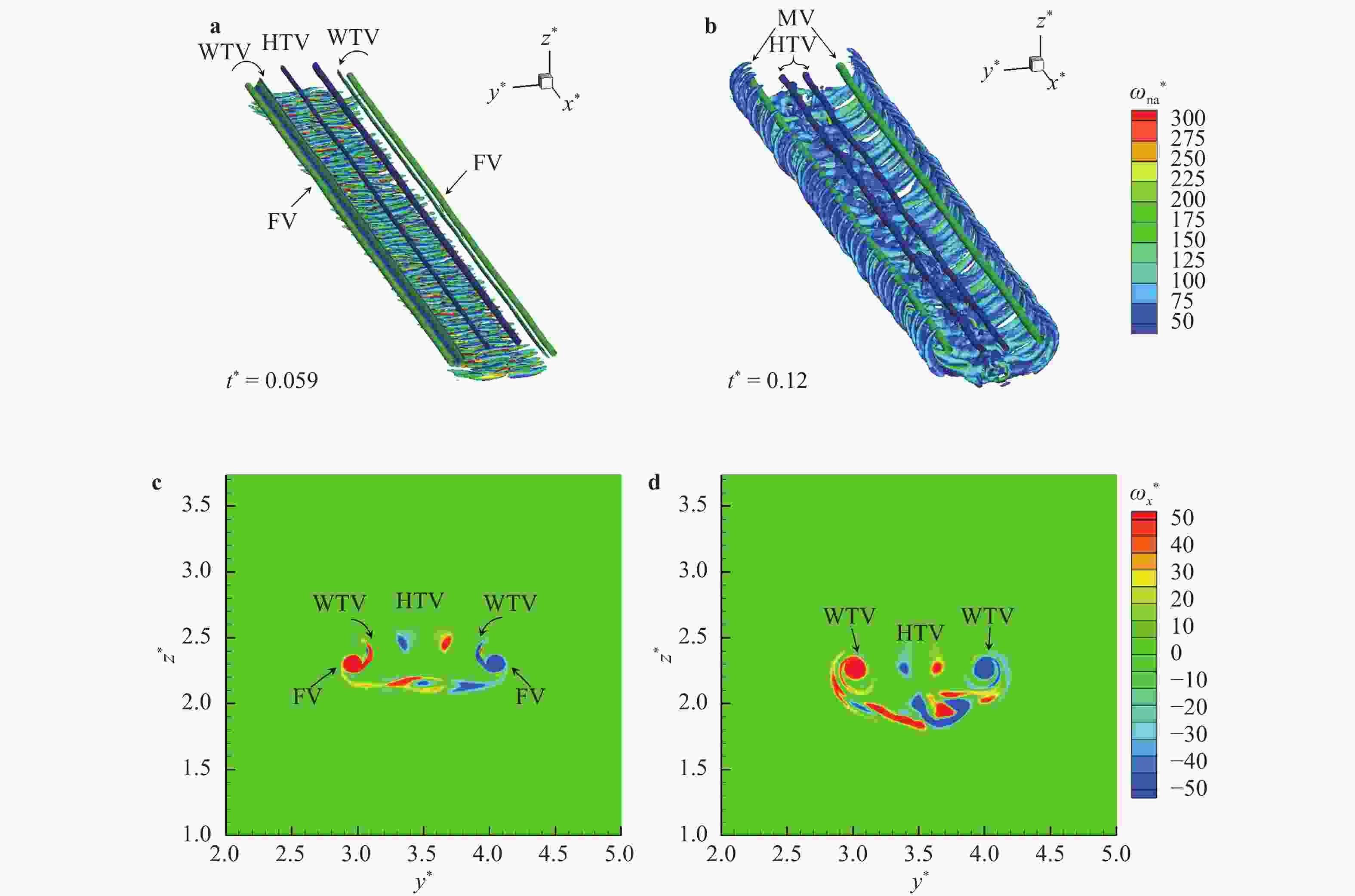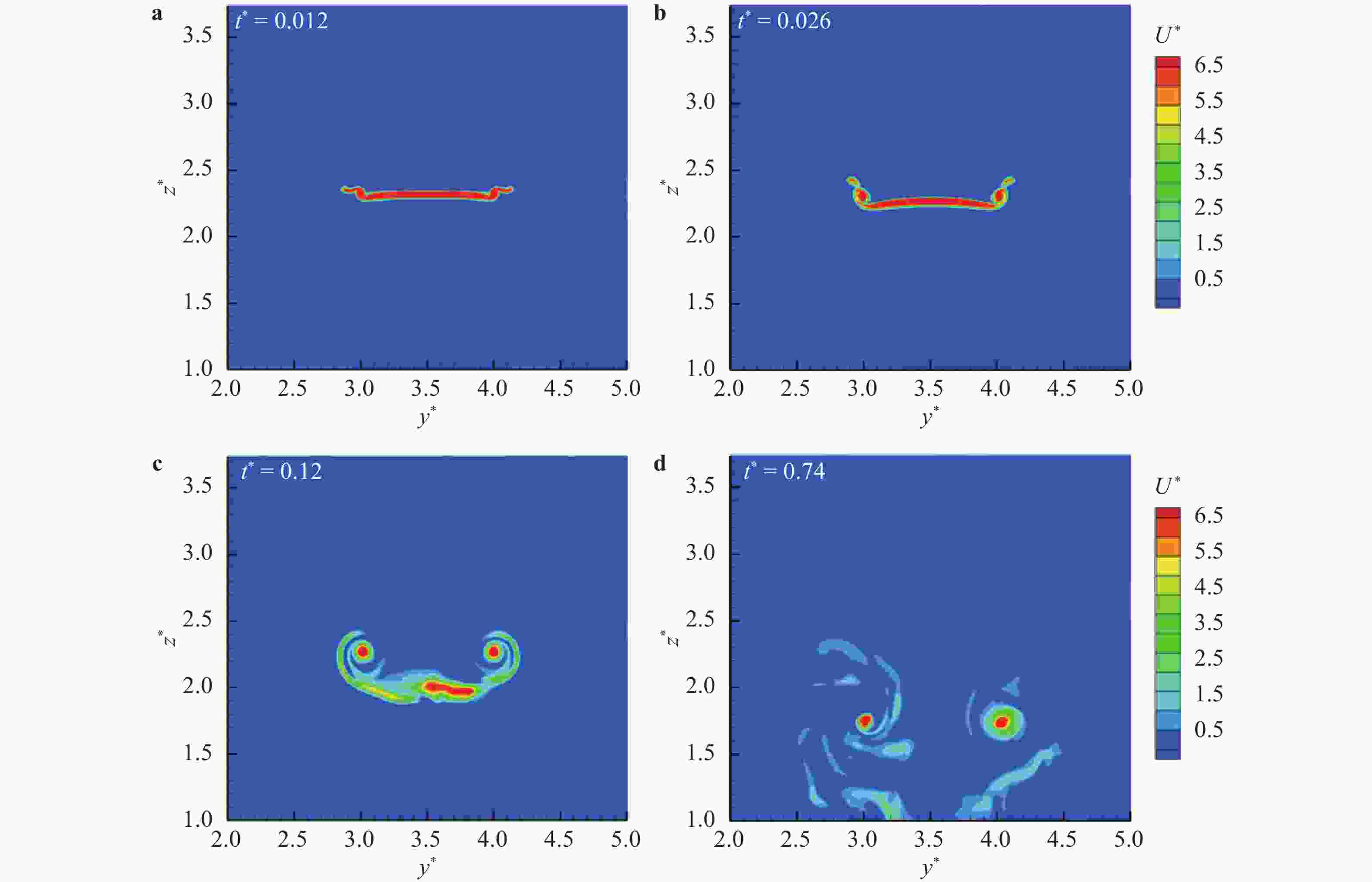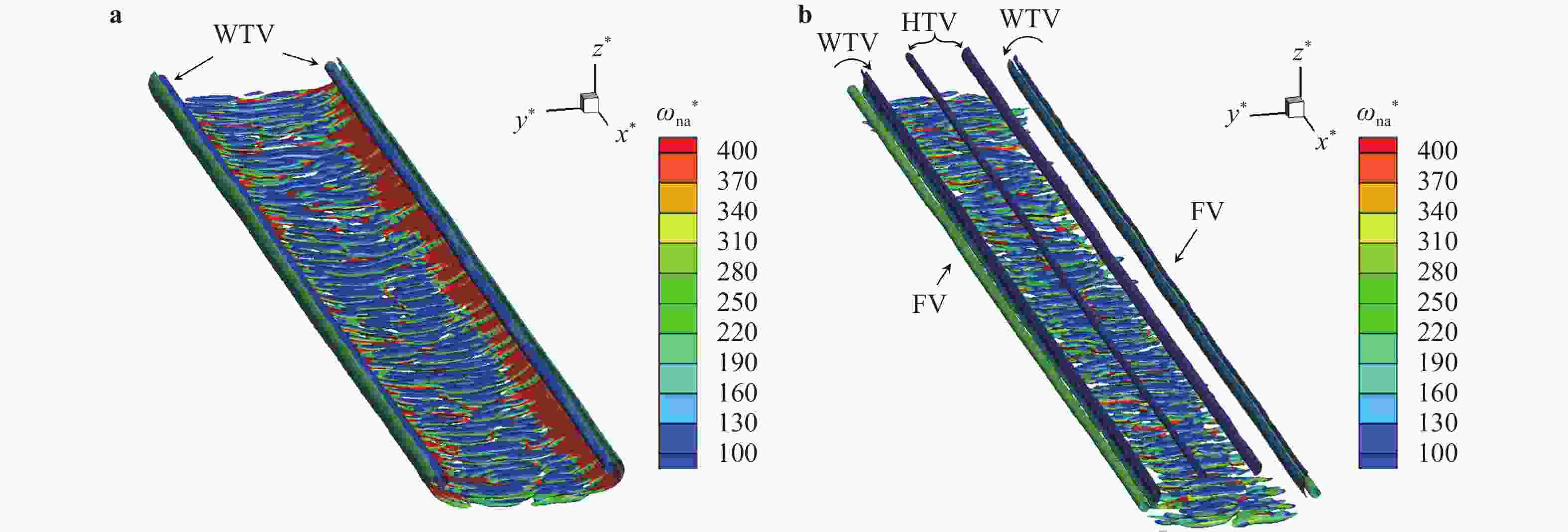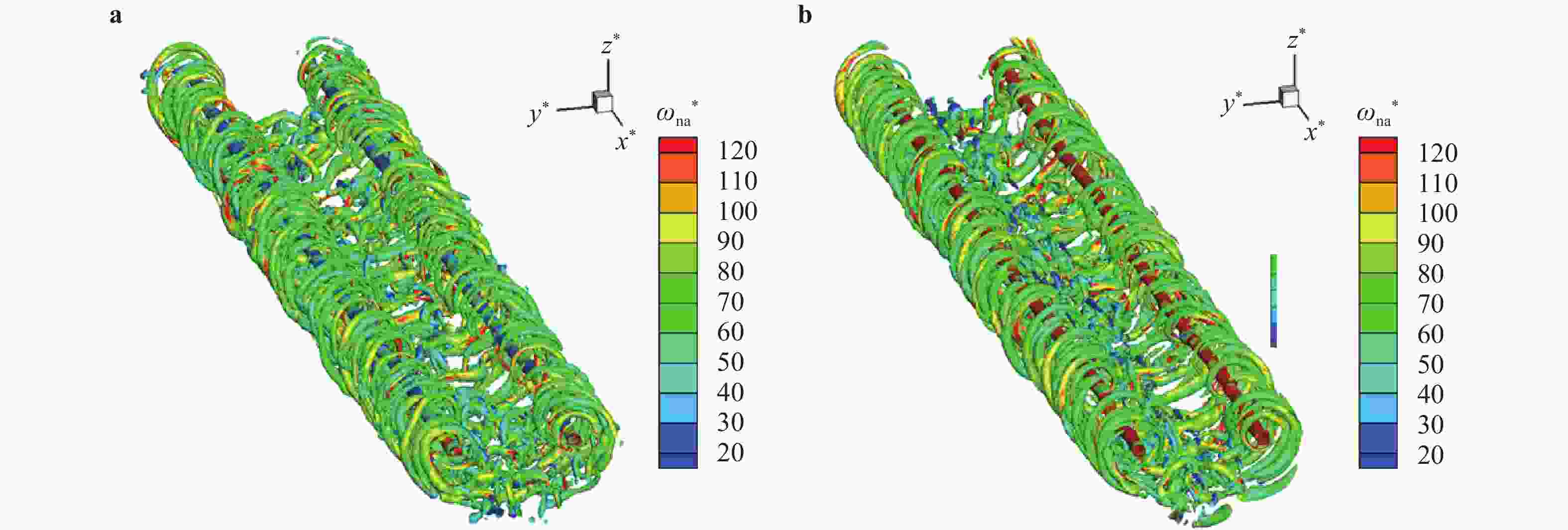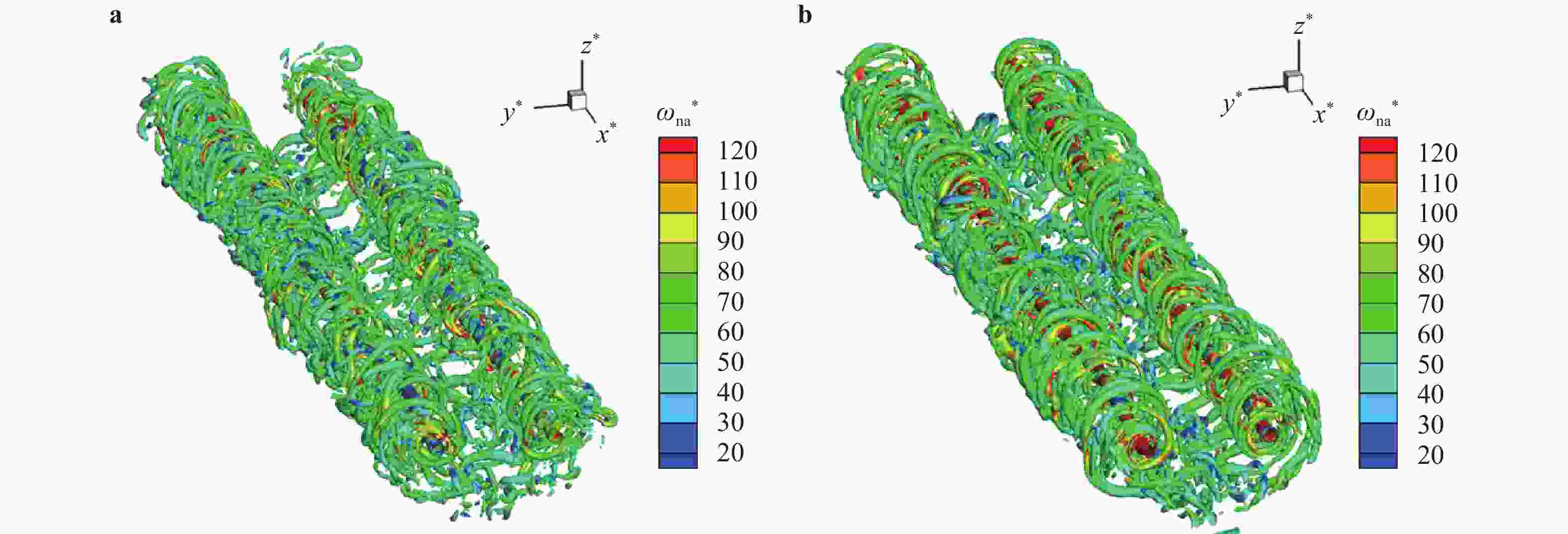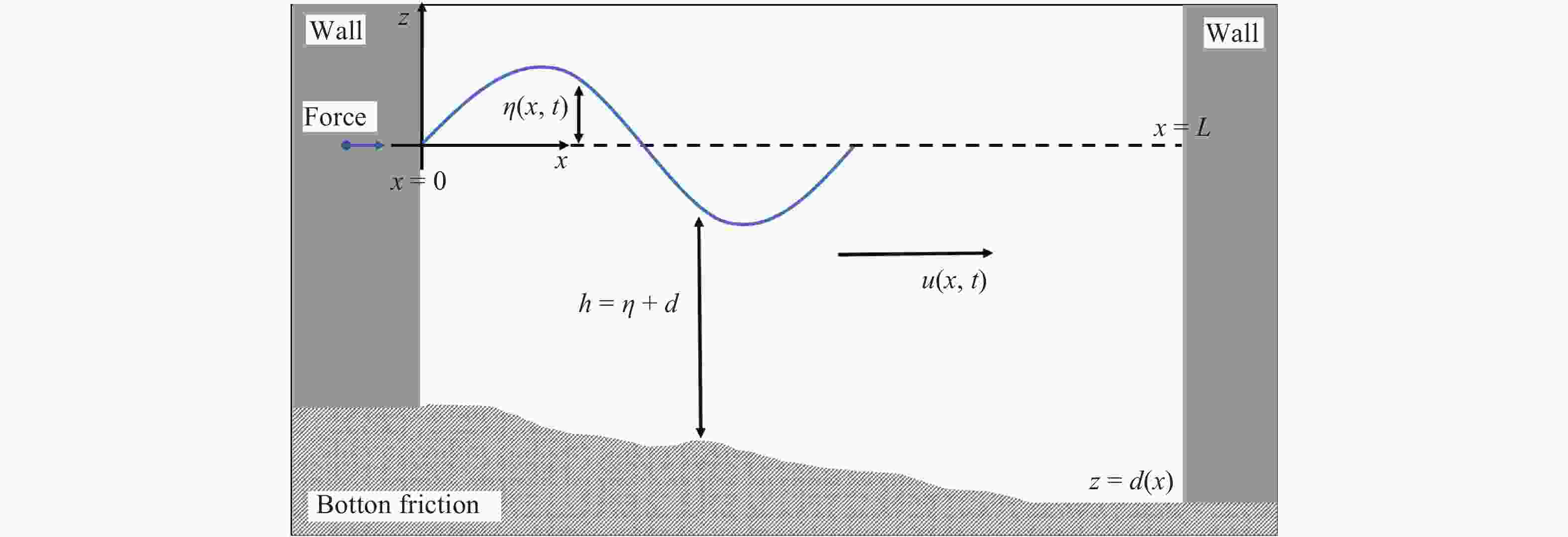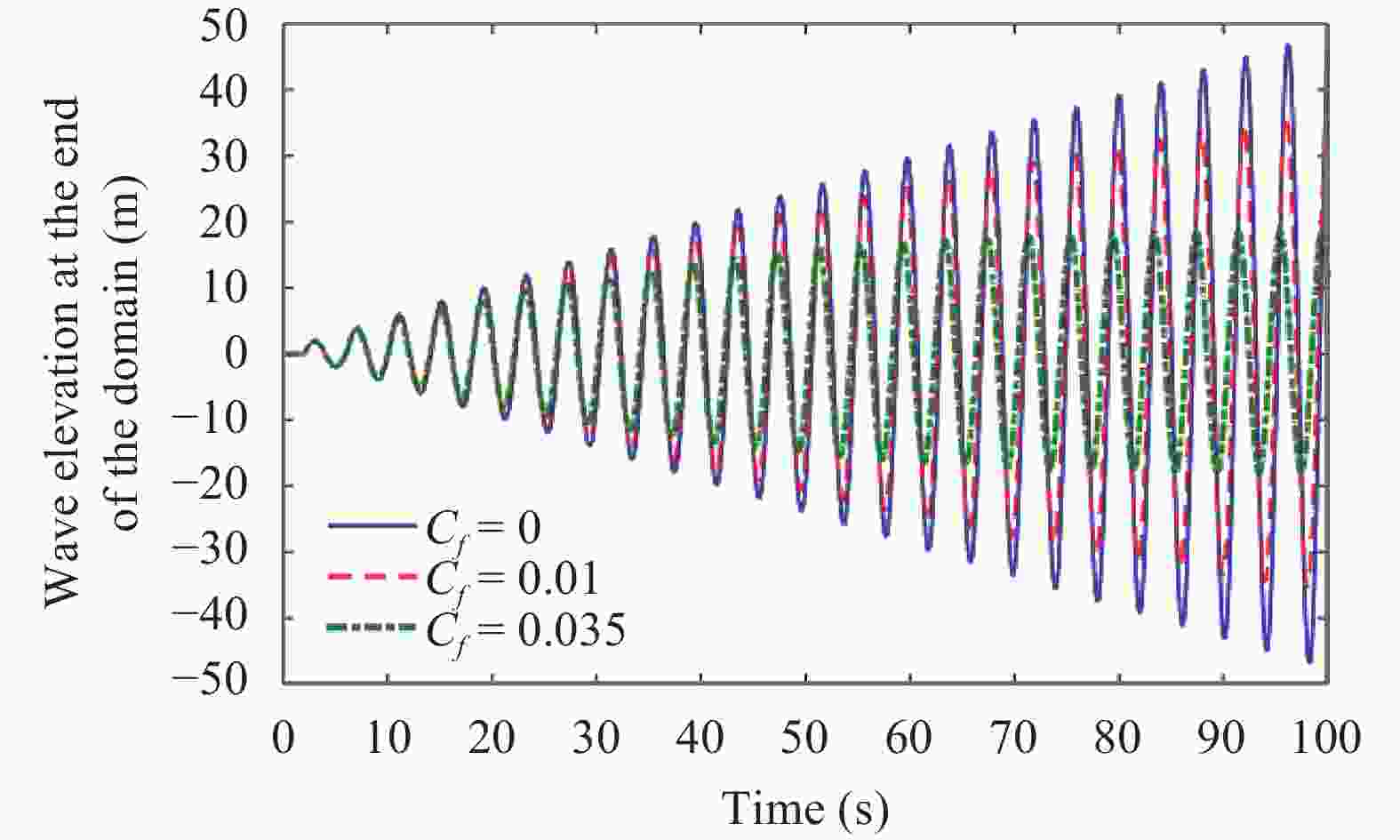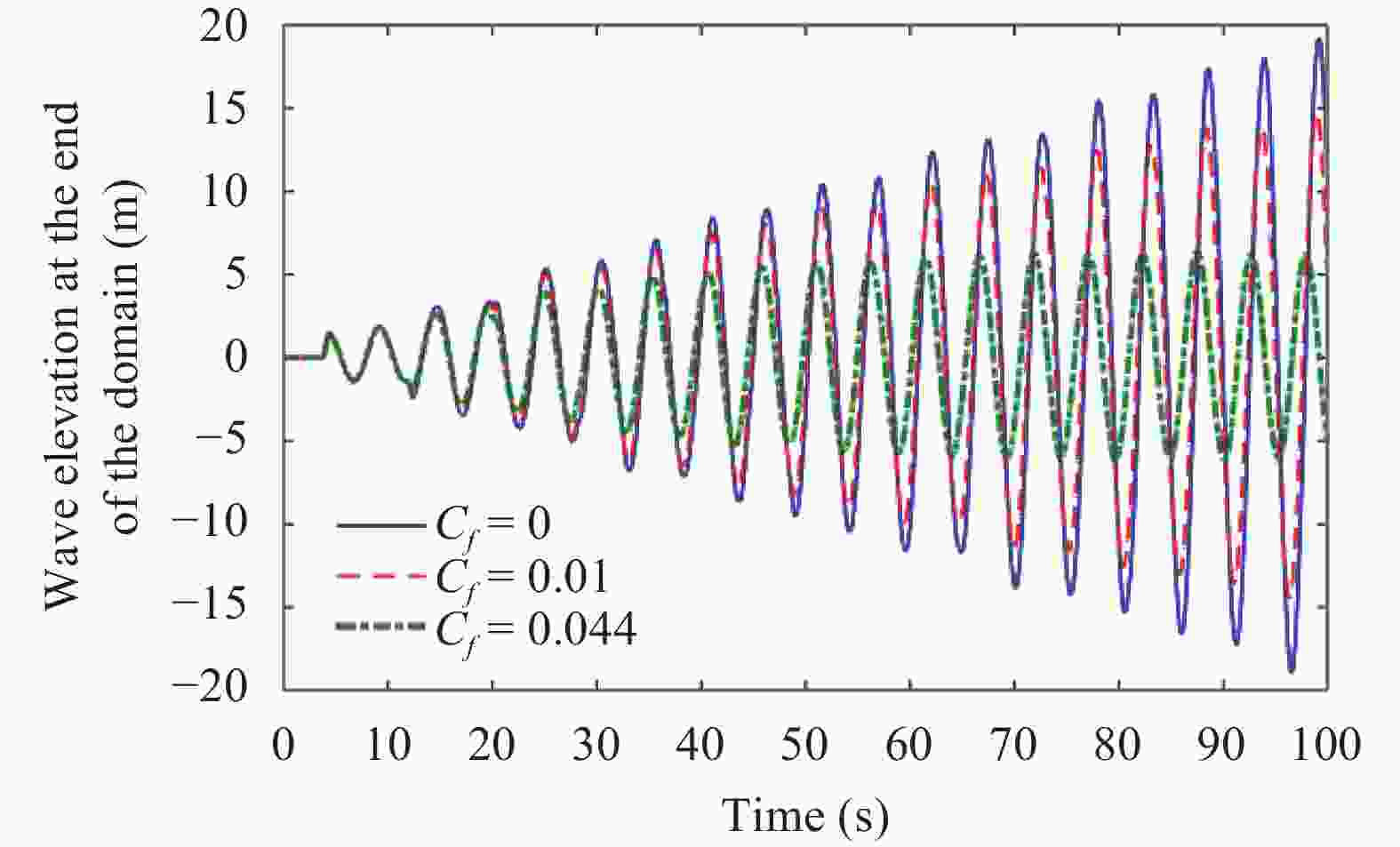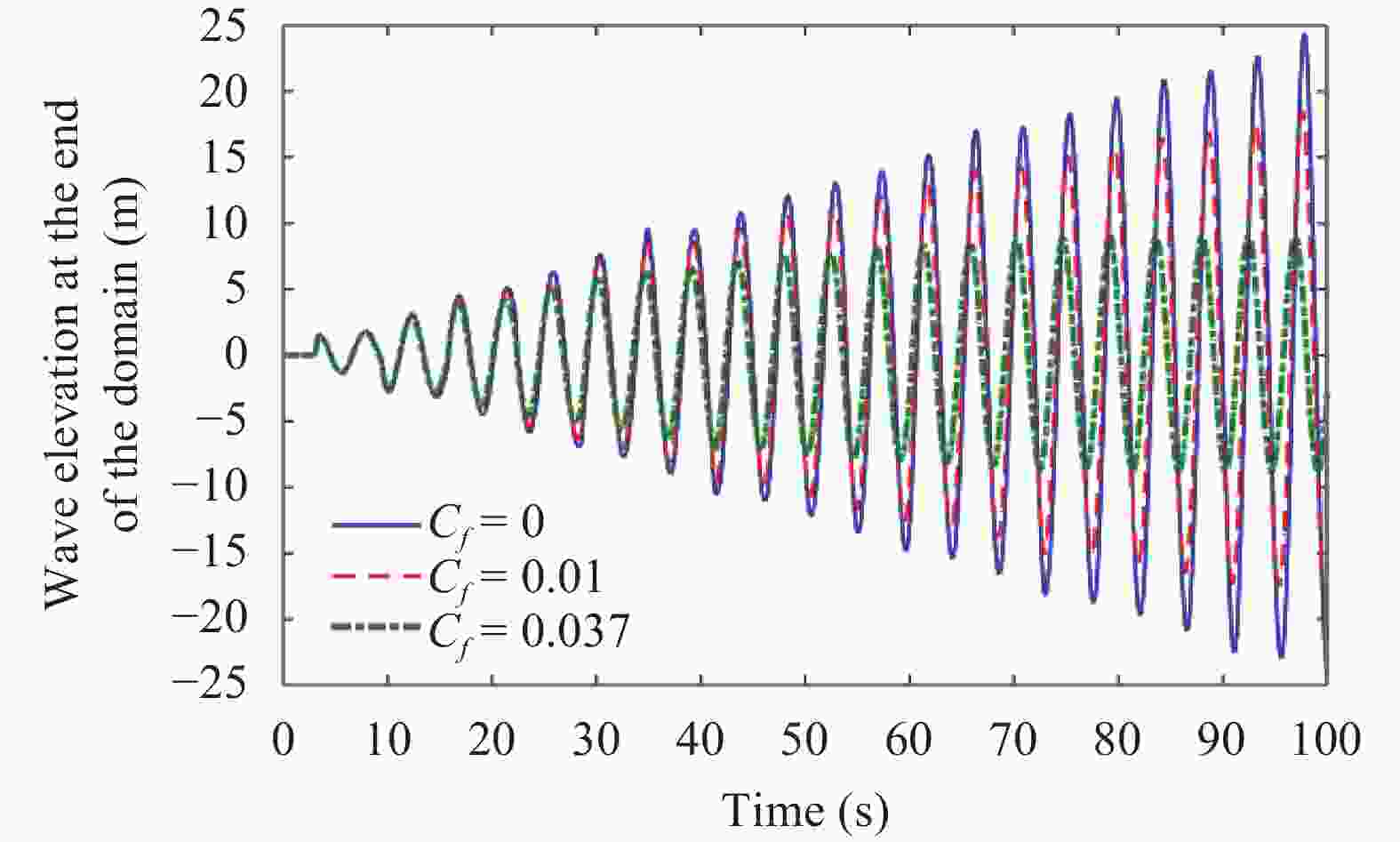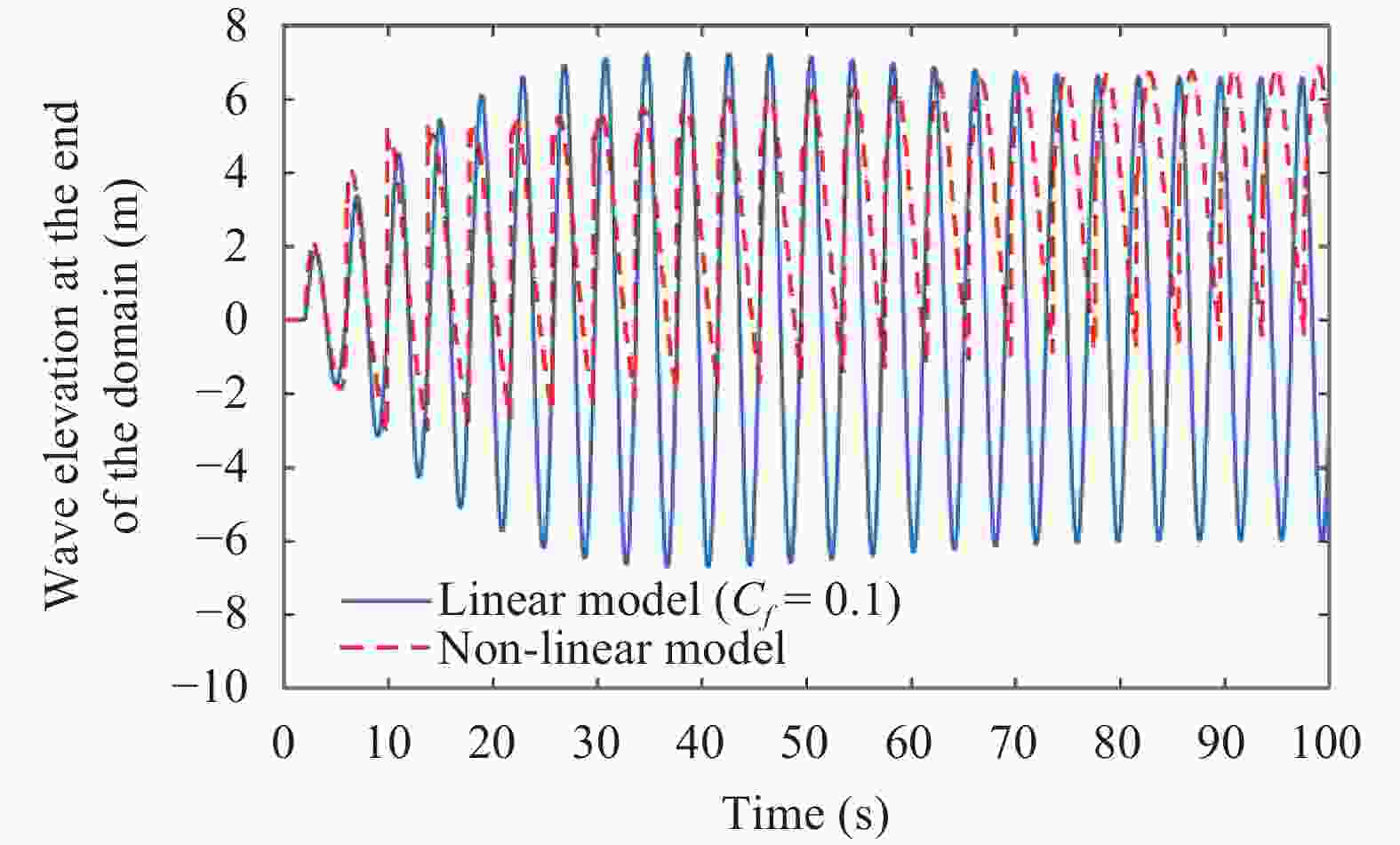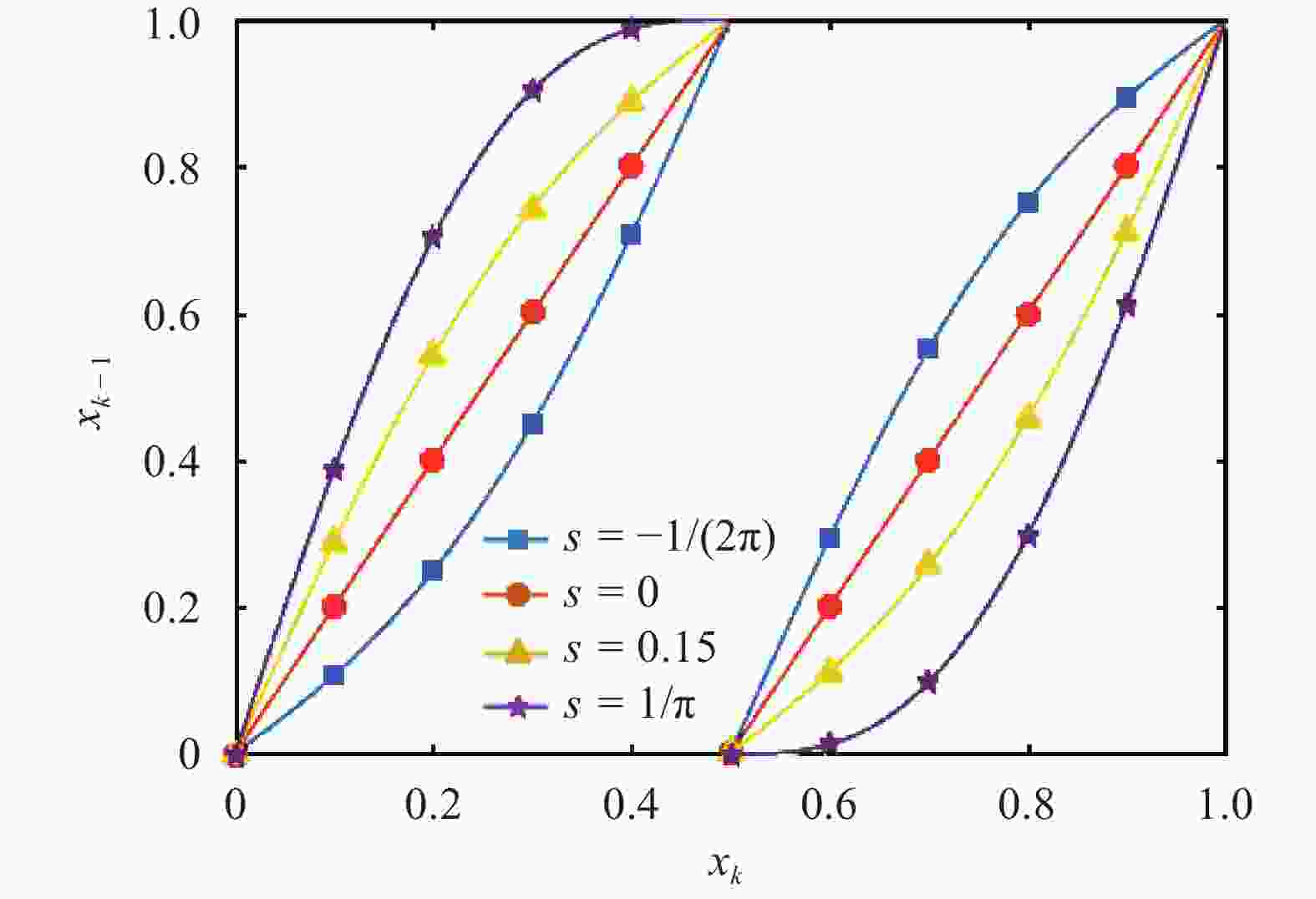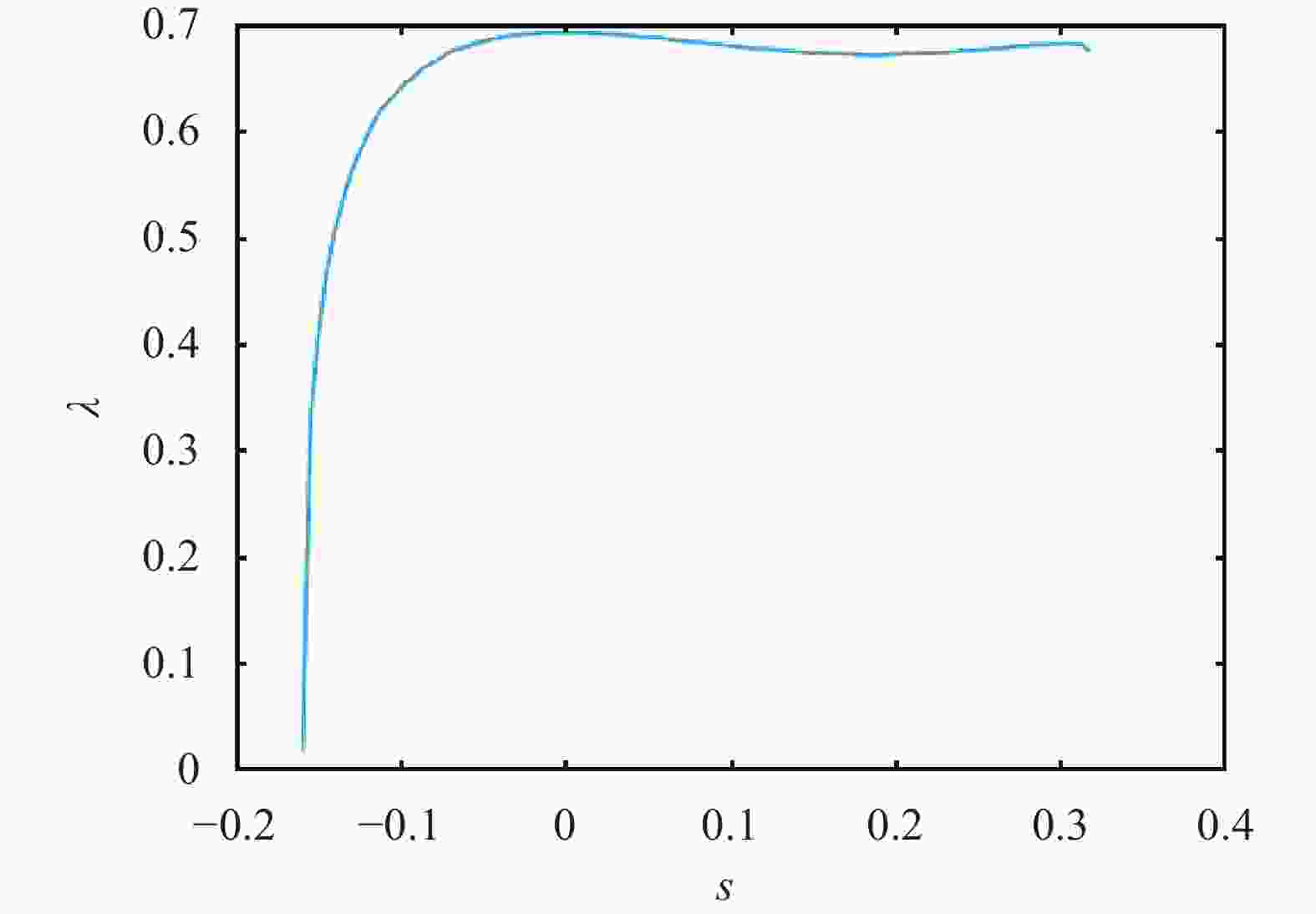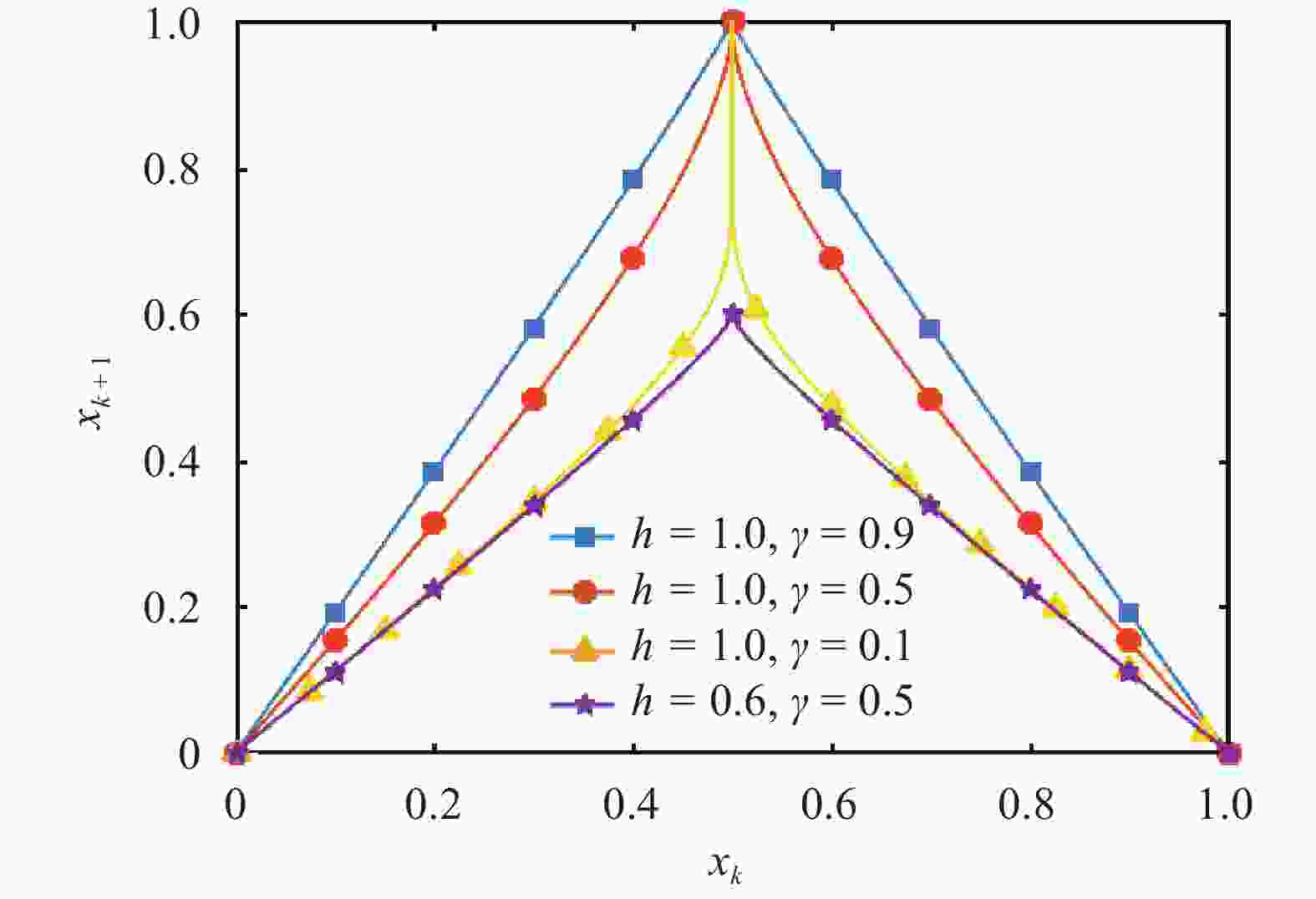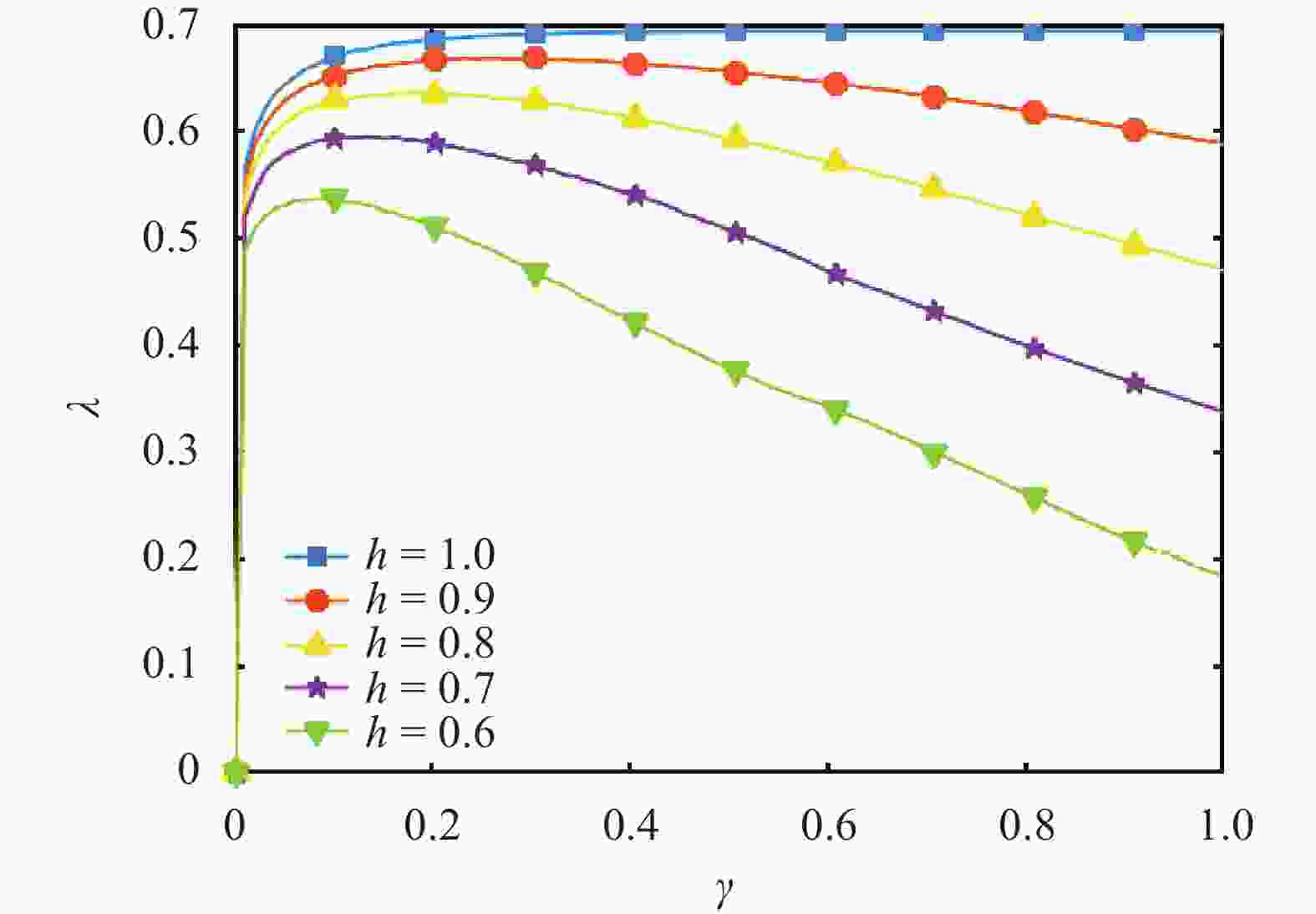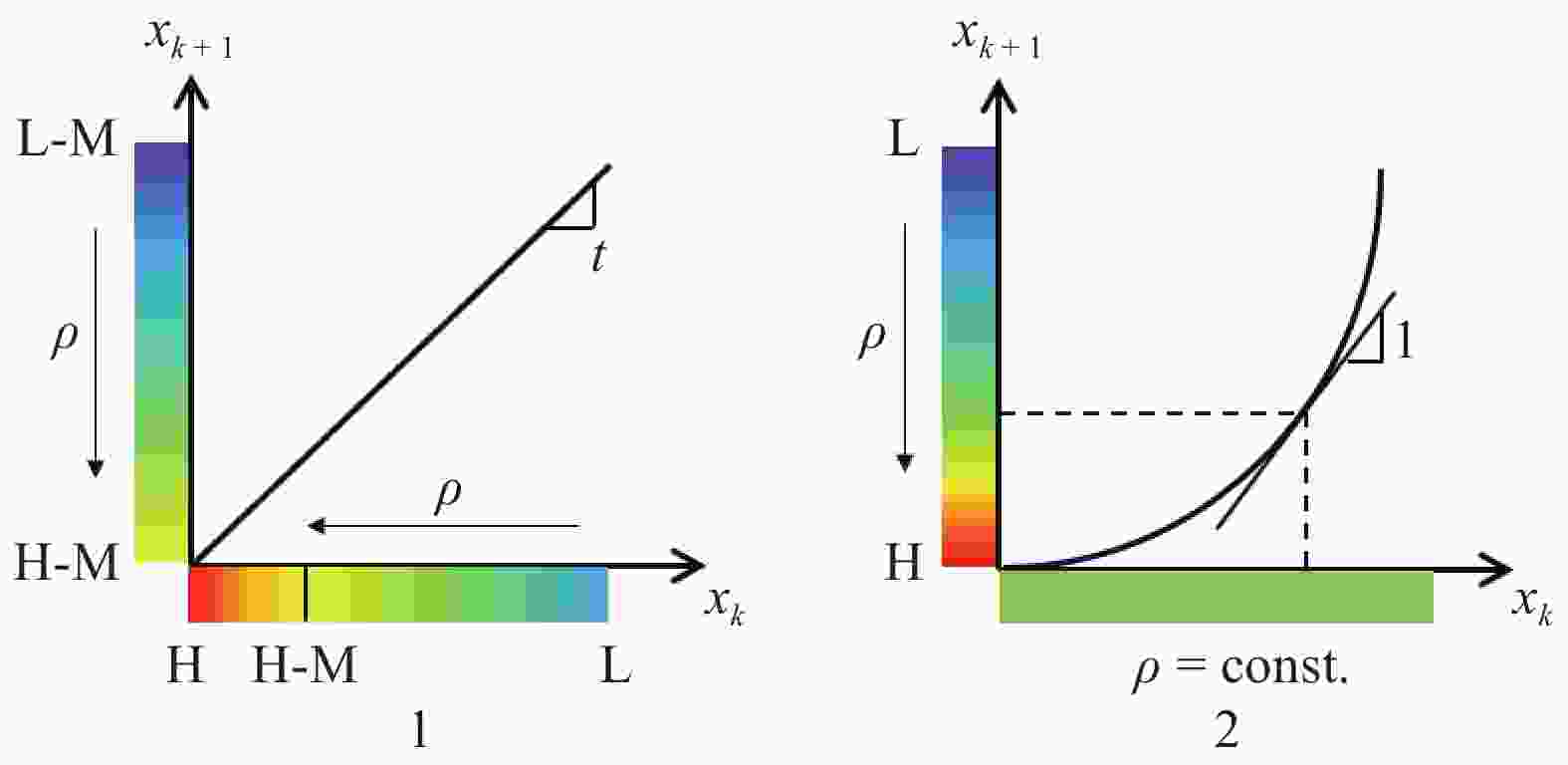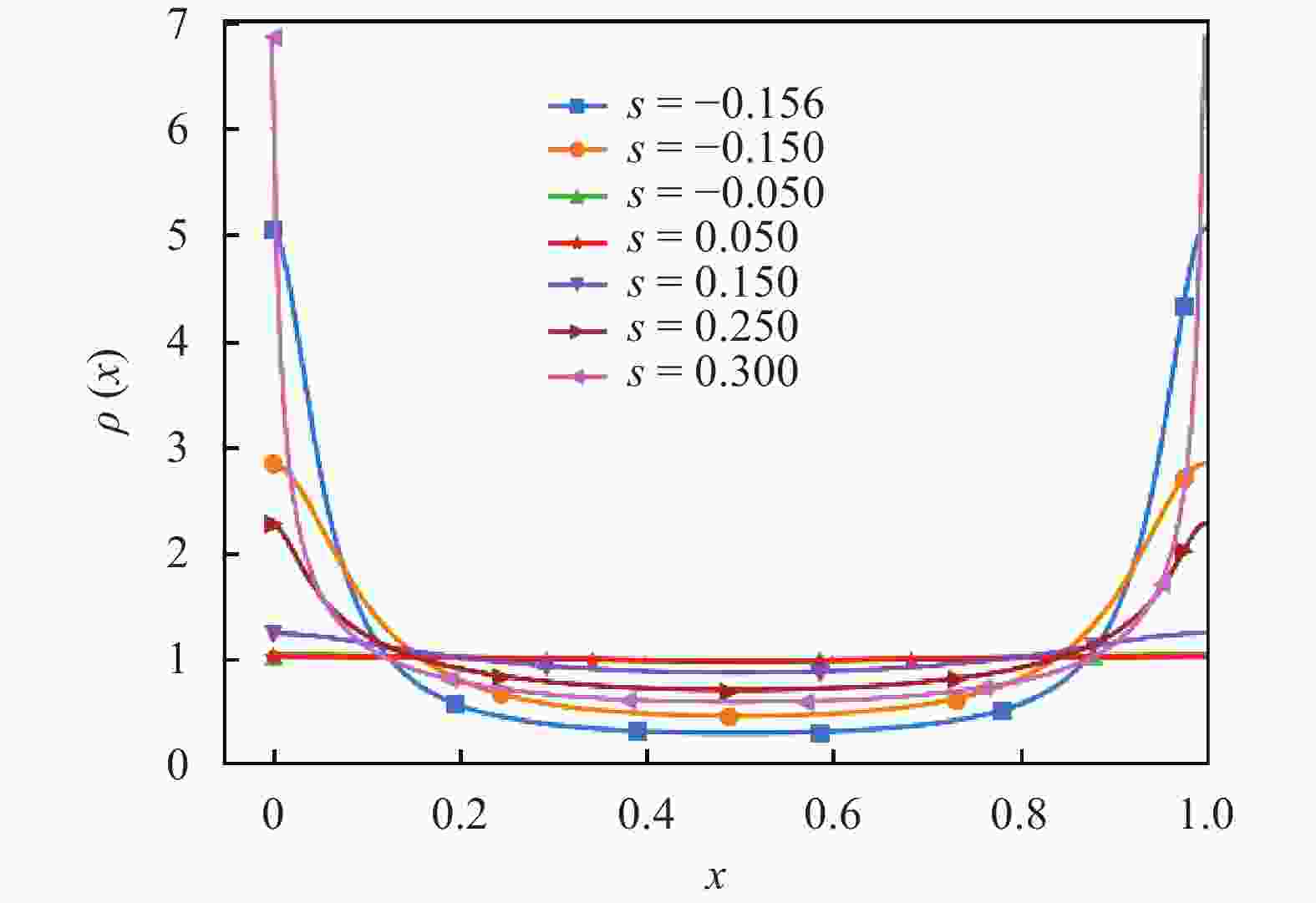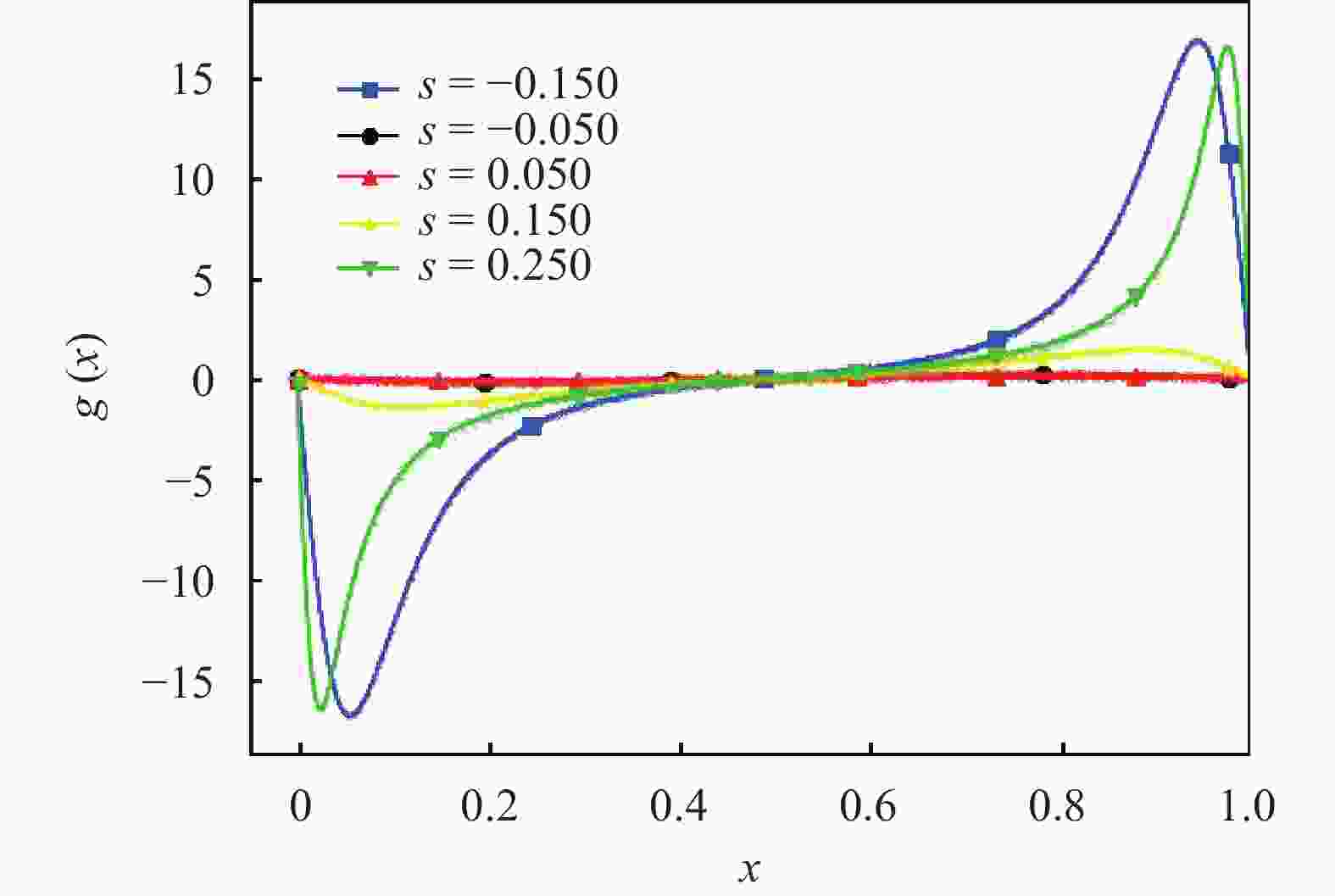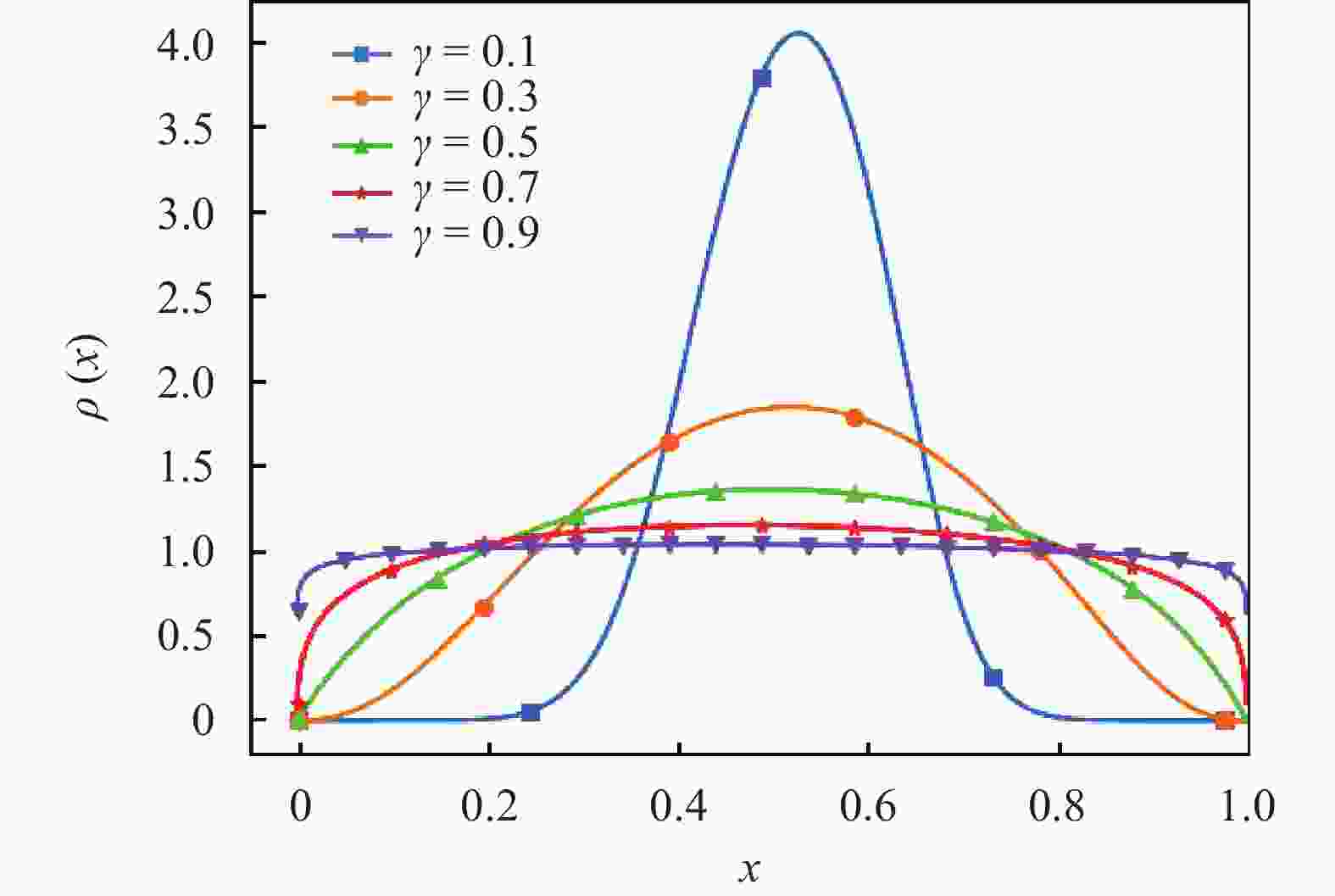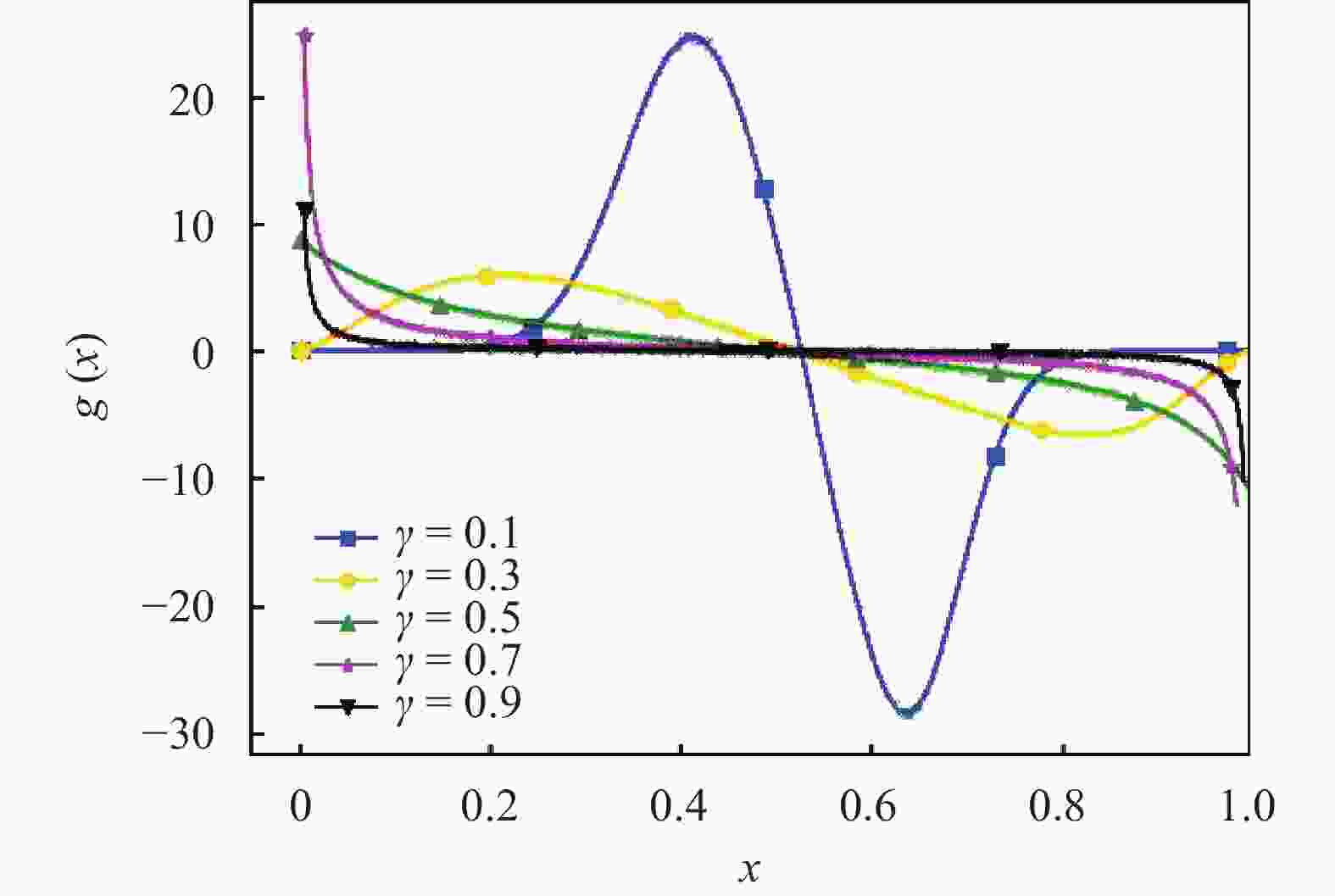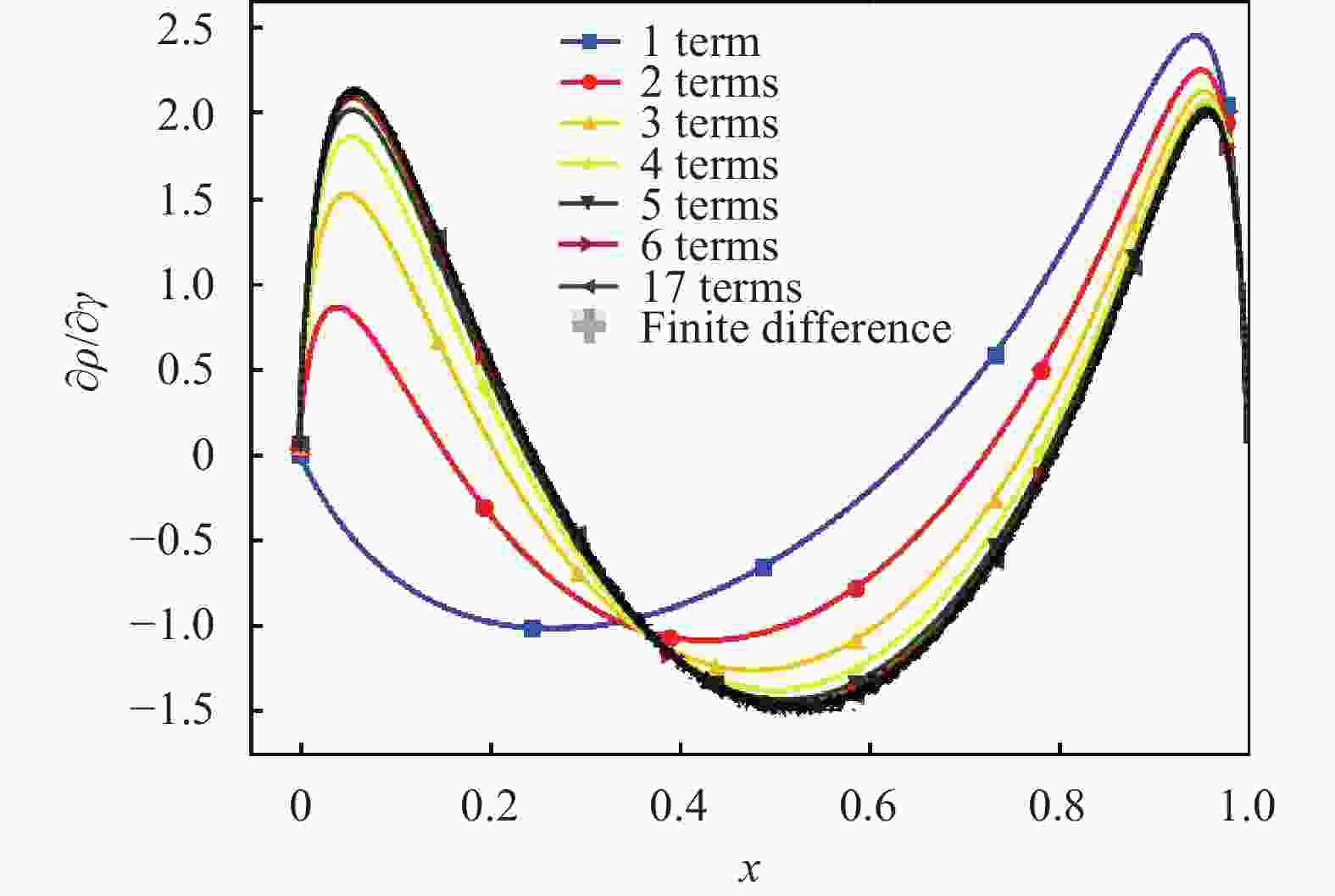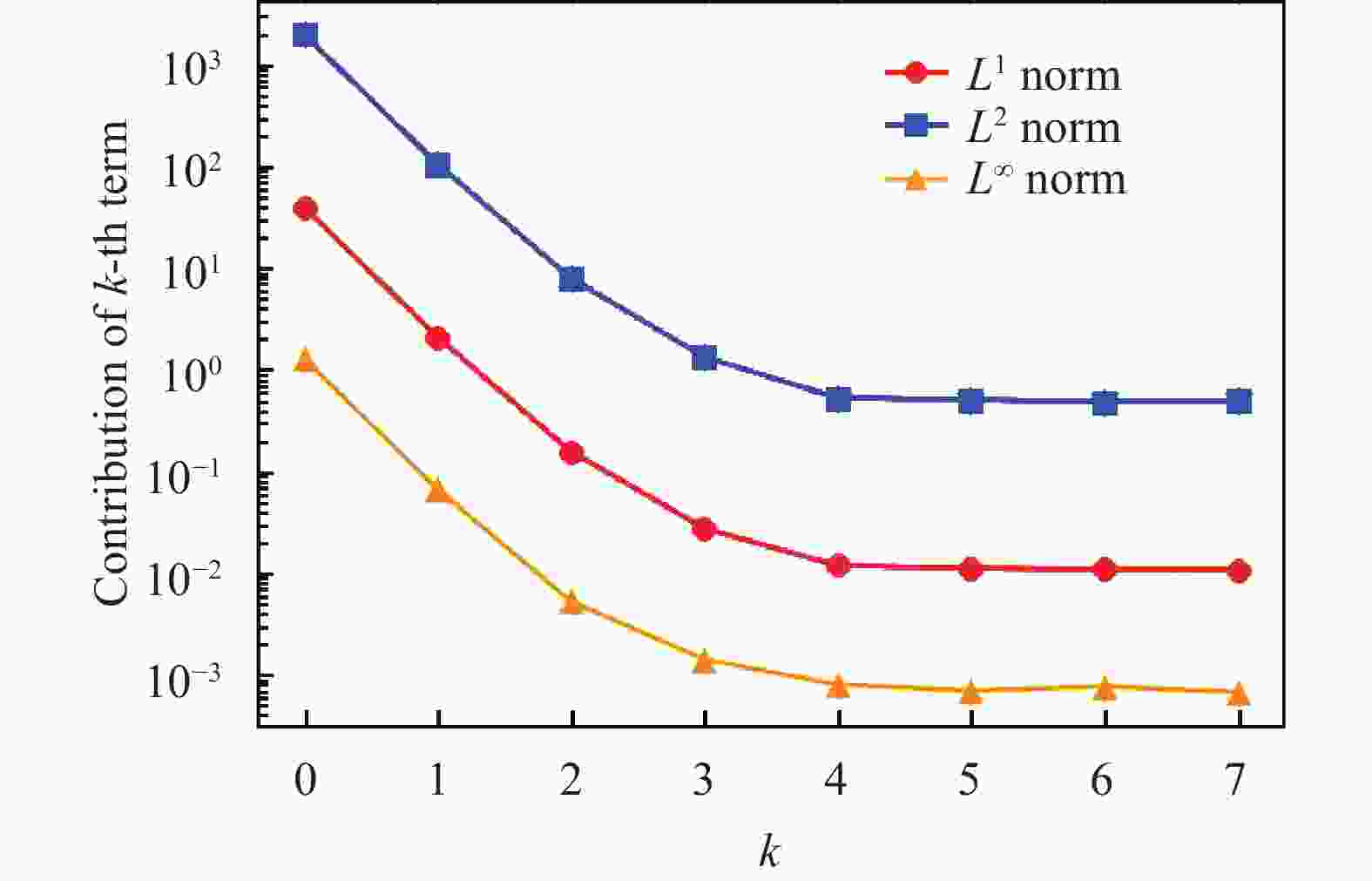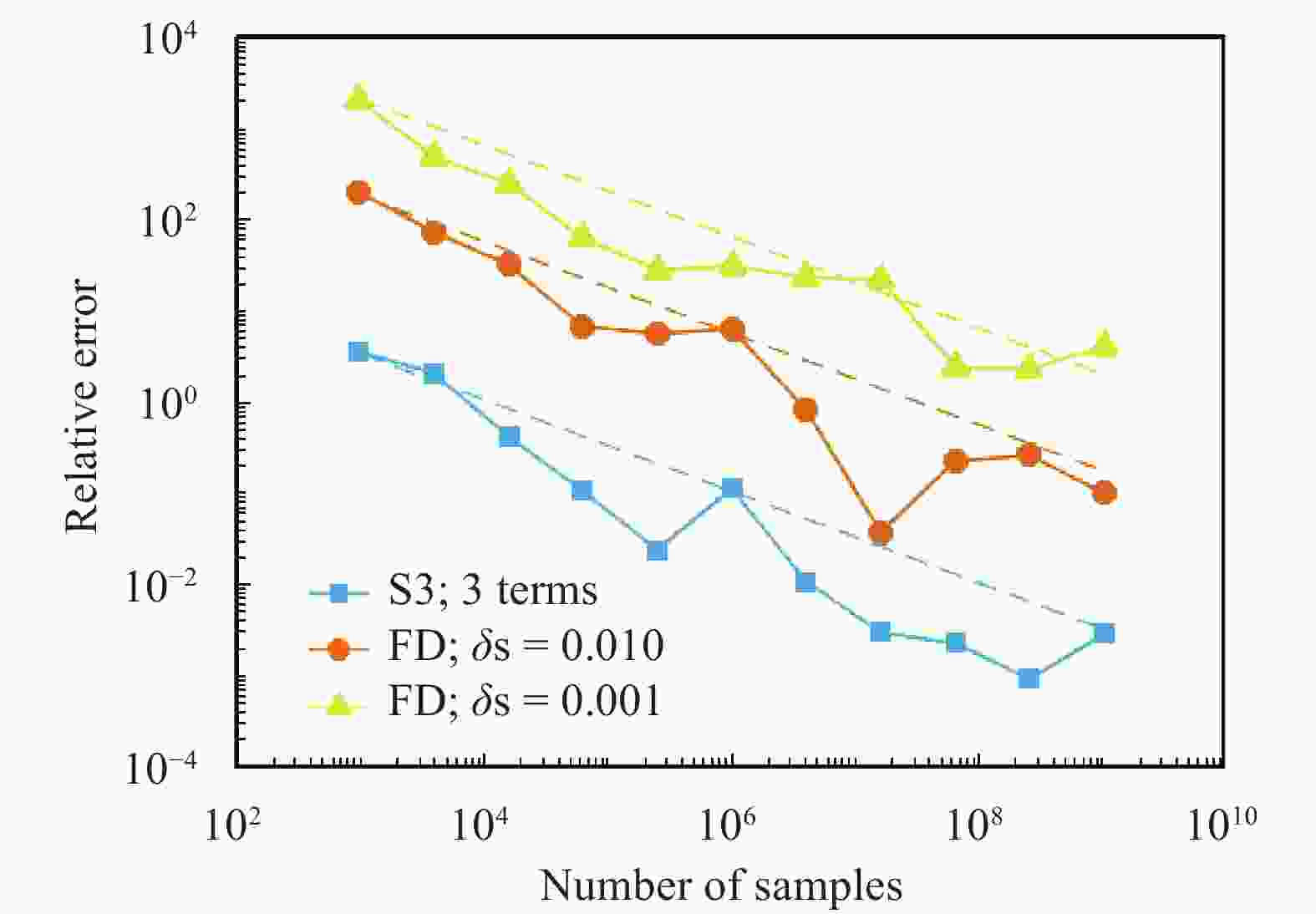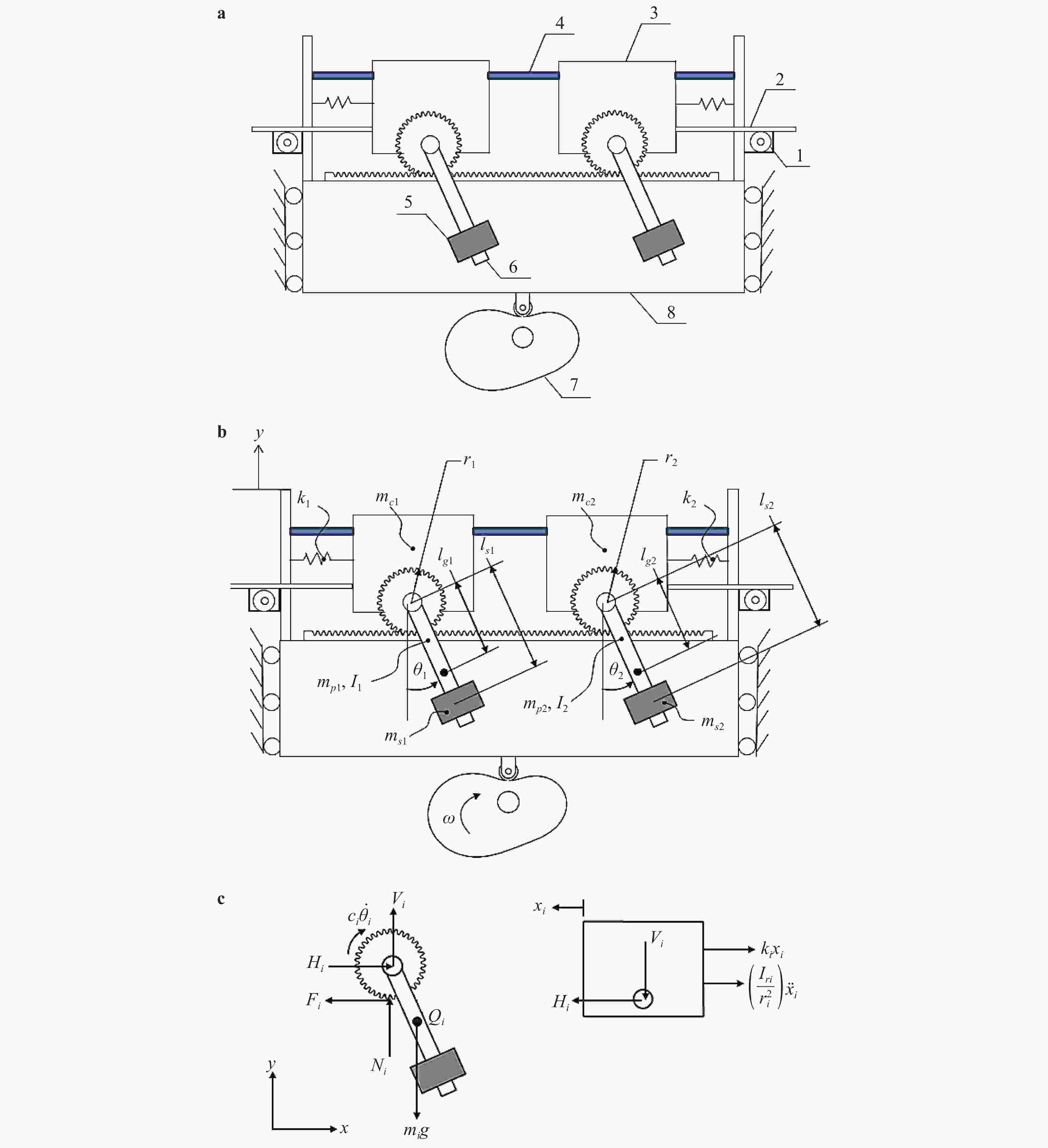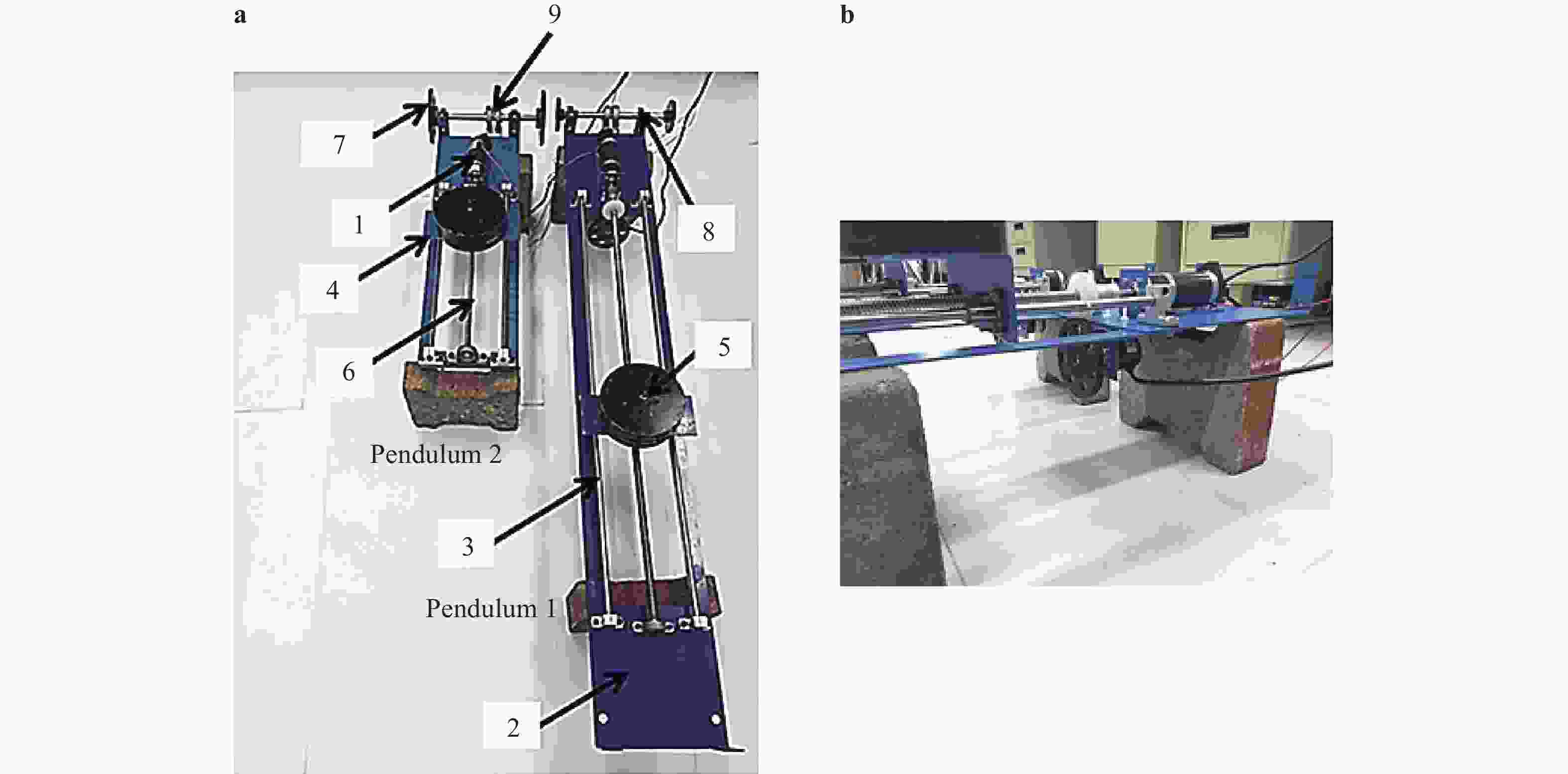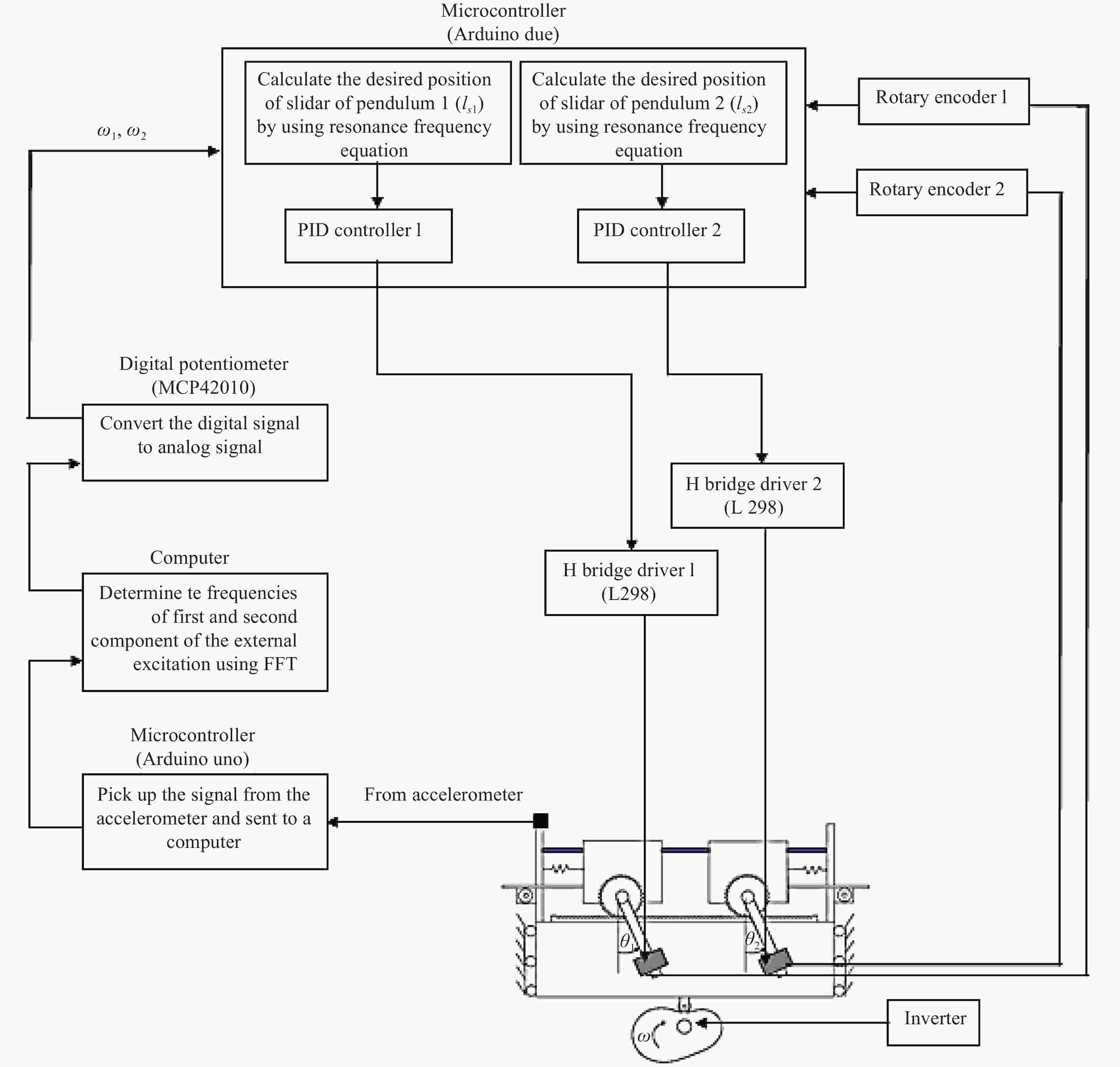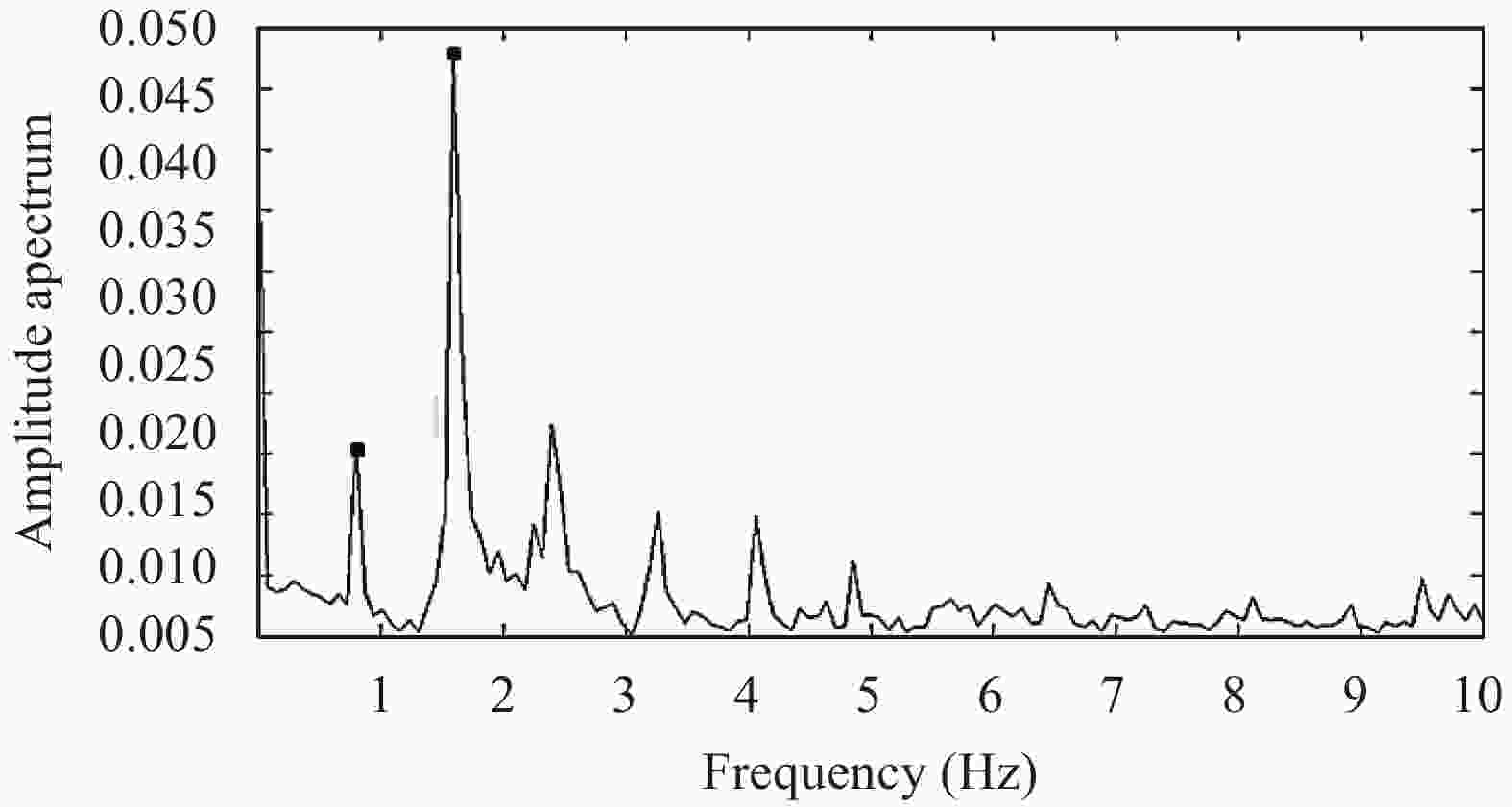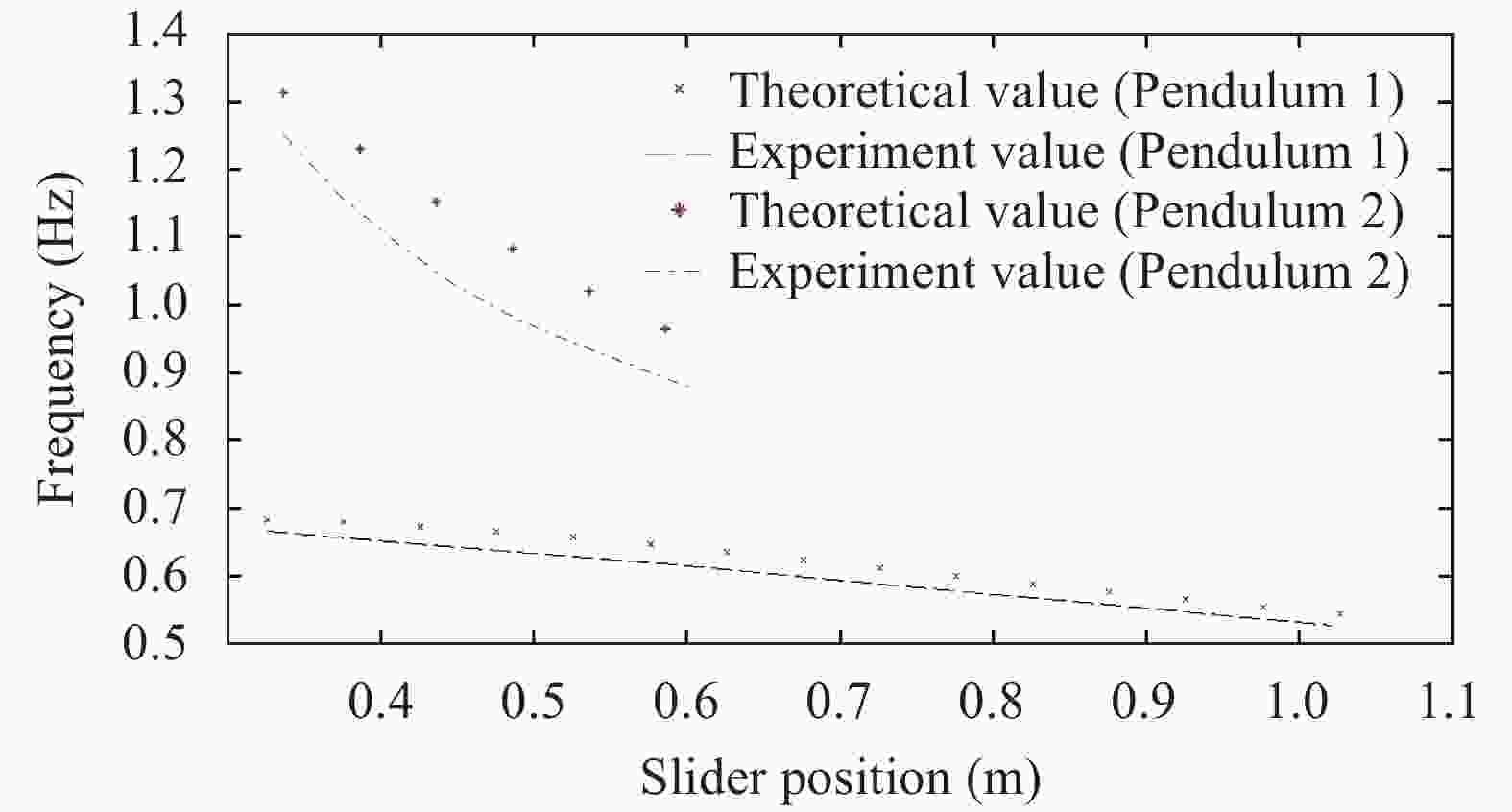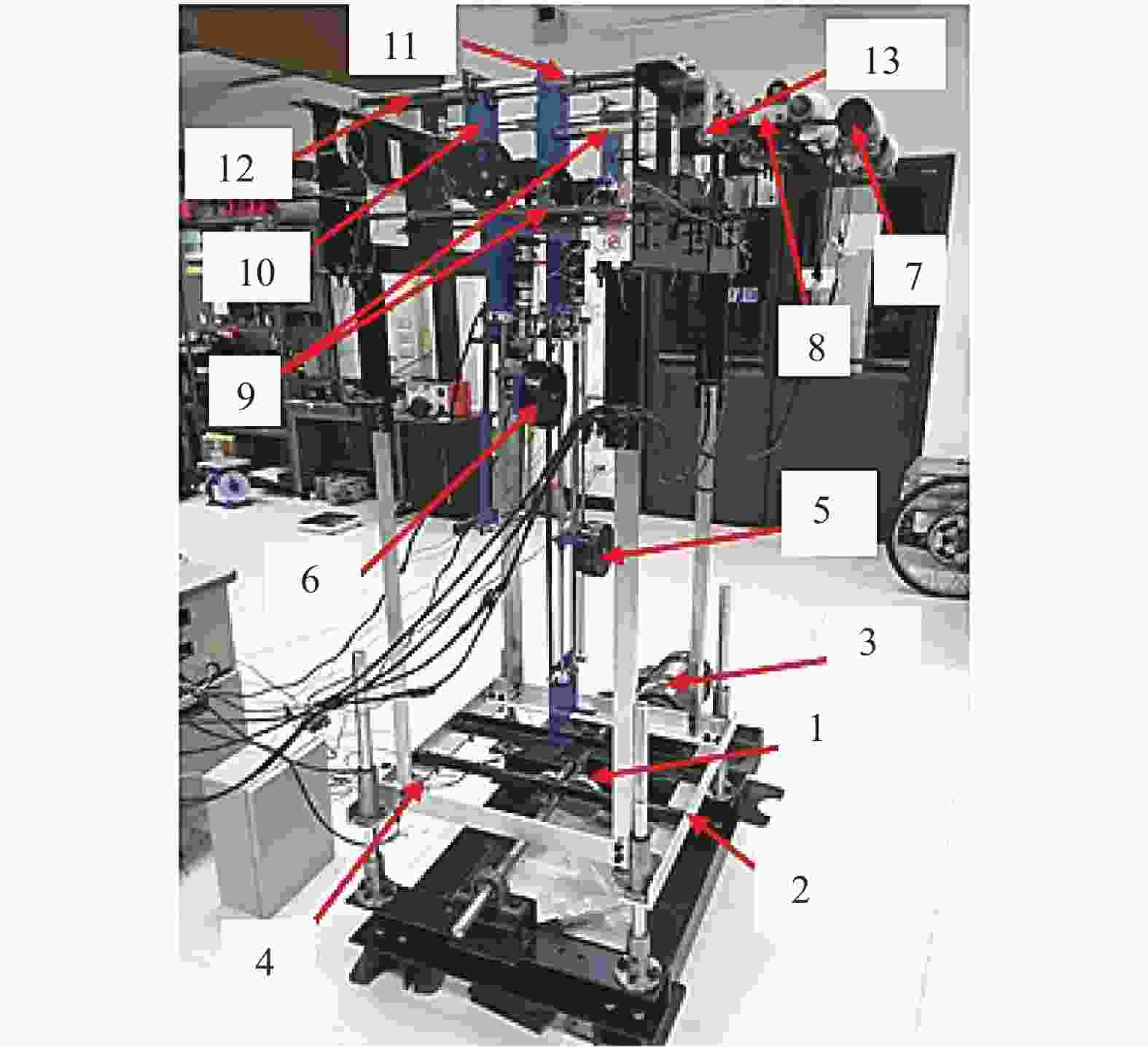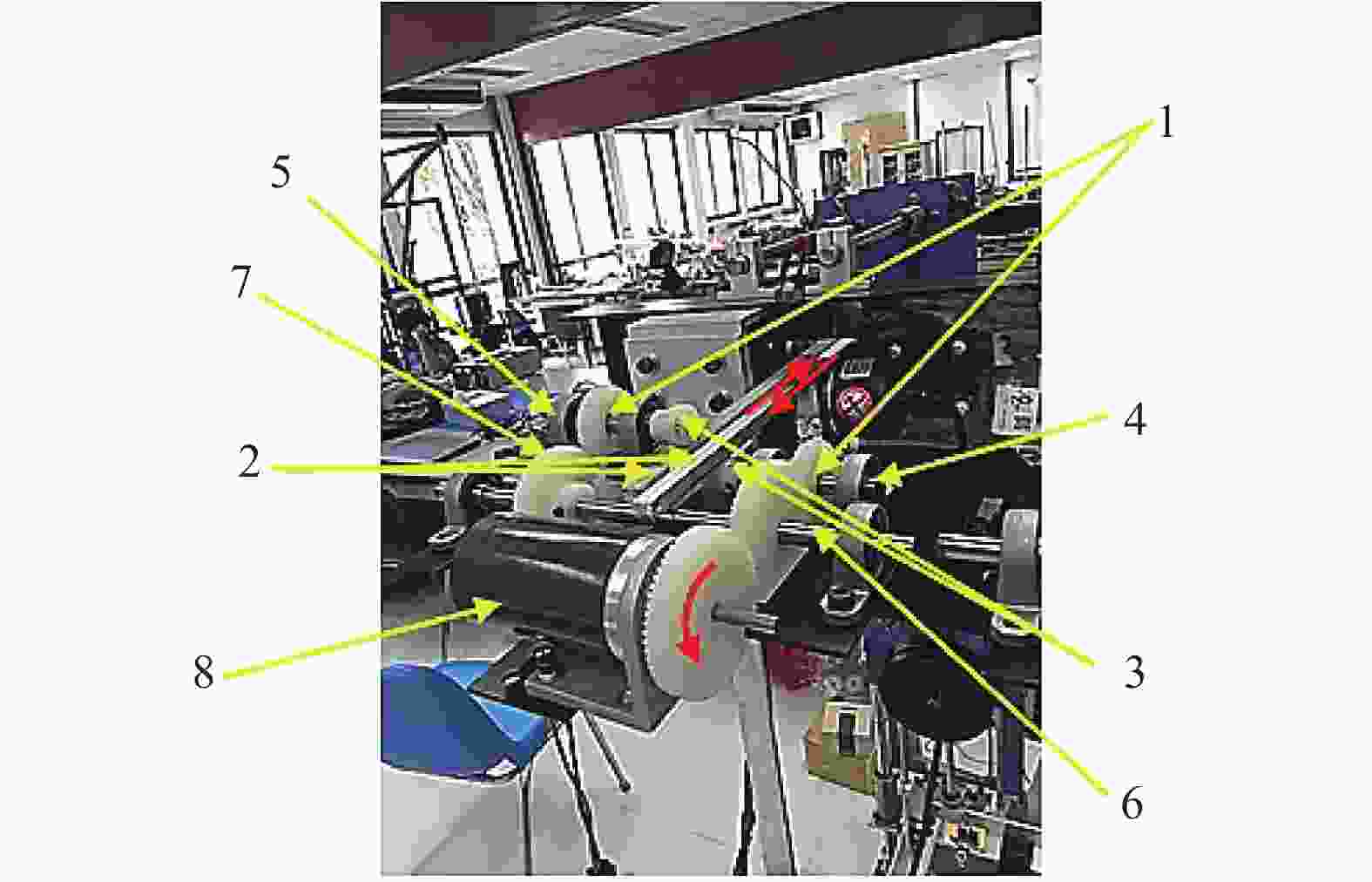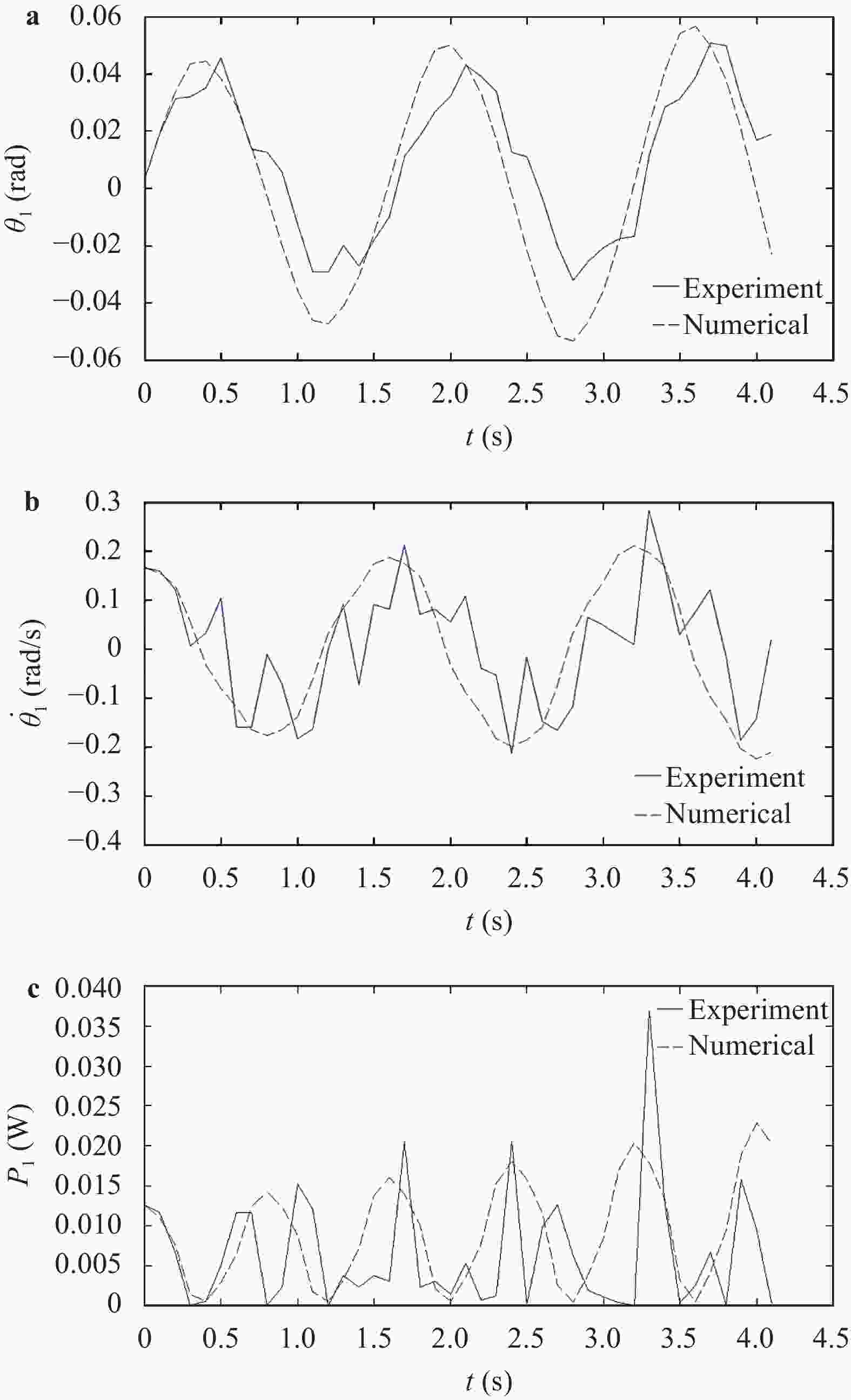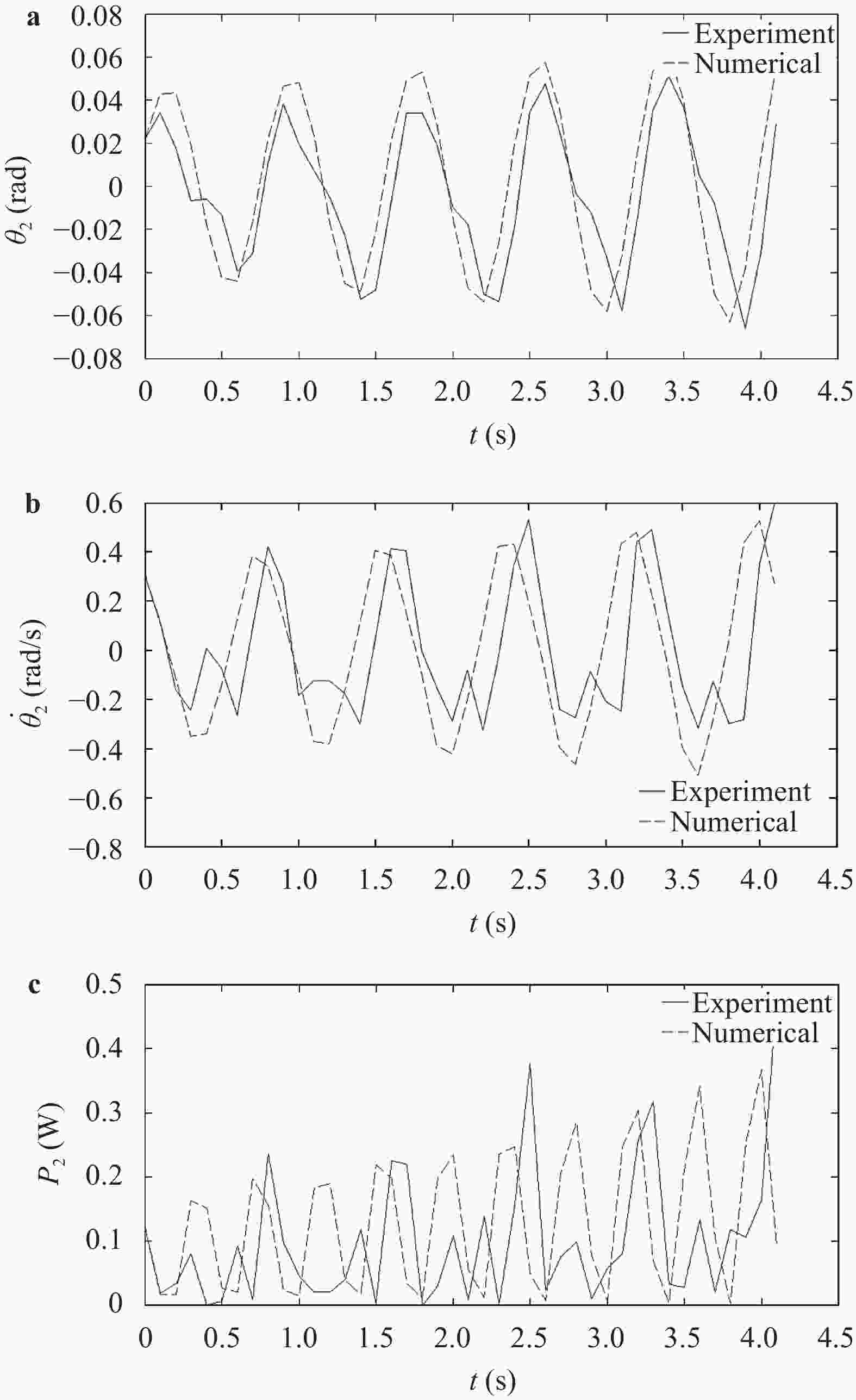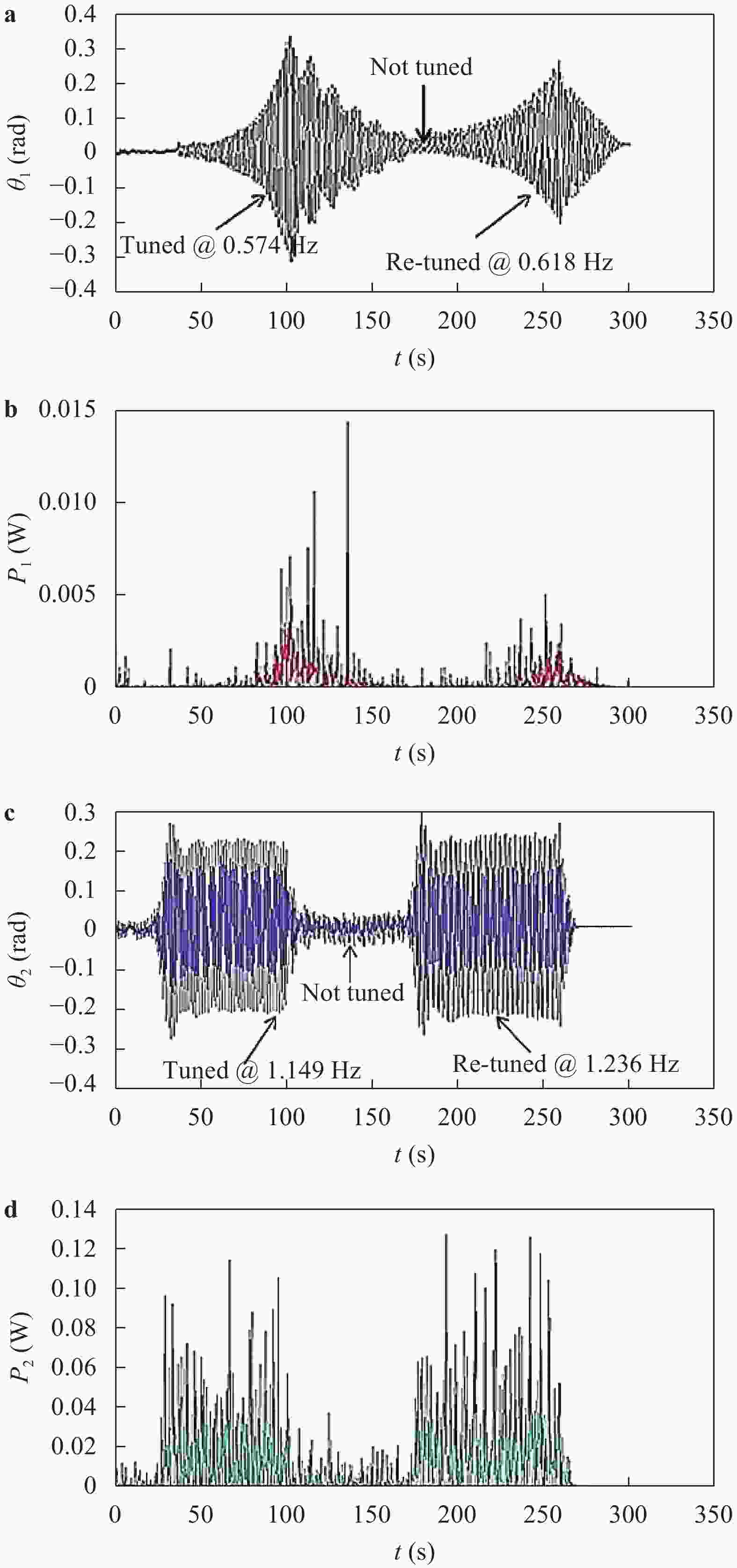Institute of Mechanics,
Chinese Academy of Sciences
2020 Vol.10(6)
Display Mode: |
Theoretical and Applied Mechanics Letters 2020, 10(6): 377-381.
doi: 10.1016/j.taml.2020.01.055
Abstract:
At sufficiently large Reynolds numbers, turbulence is expected to exhibit scale-invariance in an intermediate ("inertial") range of wavenumbers, as shown by power law behavior of the energy spectrum and also by a constant rate of energy transfer through wavenumber. However, there is an apparent contradiction between the definition of the energy flux (i.e., the integral of the transfer spectrum) and the observed behavior of the transfer spectrum itself. This is because the transfer spectrum T(k) is invariably found to have a zero-crossing at a single point (at k = k*), implying that the corresponding energy flux cannot have an extended plateau but must instead have a maximum value at k = k*. This behavior was formulated as a paradox and resolved by the introduction of filtered/partitioned transfer spectra, which exploited the symmetries of the triadic interactions (J. Phys. A: Math. Theor., 2008). In this paper we consider the more general implications of that procedure for the spectral energy balance equation, also known as the Lin equation. It is argued that the resulting modified Lin equations (and their corresponding Navier–Stokes equations) offer a new starting point for both numerical and theoretical methods, which may lead to a better understanding of the underlying energy transfer processes in turbulence. In particular the filtered partitioned transfer spectra could provide a basis for a hybrid approach to the statistical closure problem, with the different spectra being tackled using different methods.
At sufficiently large Reynolds numbers, turbulence is expected to exhibit scale-invariance in an intermediate ("inertial") range of wavenumbers, as shown by power law behavior of the energy spectrum and also by a constant rate of energy transfer through wavenumber. However, there is an apparent contradiction between the definition of the energy flux (i.e., the integral of the transfer spectrum) and the observed behavior of the transfer spectrum itself. This is because the transfer spectrum T(k) is invariably found to have a zero-crossing at a single point (at k = k*), implying that the corresponding energy flux cannot have an extended plateau but must instead have a maximum value at k = k*. This behavior was formulated as a paradox and resolved by the introduction of filtered/partitioned transfer spectra, which exploited the symmetries of the triadic interactions (J. Phys. A: Math. Theor., 2008). In this paper we consider the more general implications of that procedure for the spectral energy balance equation, also known as the Lin equation. It is argued that the resulting modified Lin equations (and their corresponding Navier–Stokes equations) offer a new starting point for both numerical and theoretical methods, which may lead to a better understanding of the underlying energy transfer processes in turbulence. In particular the filtered partitioned transfer spectra could provide a basis for a hybrid approach to the statistical closure problem, with the different spectra being tackled using different methods.
Theoretical and Applied Mechanics Letters 2020, 10(6): 382-389.
doi: 10.1016/j.taml.2020.01.056
Abstract:
The sophisticated structures of flapping insect wings make it challenging to study the role of wing flexibility in insect flight. In this study, a mass-spring system is used to model wing structural dynamics as a thin, flexible membrane supported by a network of veins. The vein mechanical properties can be estimated based on their diameters and the Young's modulus of cuticle. In order to analyze the effect of wing flexibility, the Young's modulus is varied to make a comparison between two different wing models that we refer to as flexible and highly flexible. The wing models are coupled with a pseudo-spectral code solving the incompressible Navier–Stokes equations, allowing us to investigate the influence of wing deformation on the aerodynamic efficiency of a tethered flapping bumblebee. Compared to the bumblebee model with rigid wings, the one with flexible wings flies more efficiently, characterized by a larger lift-to-power ratio.
The sophisticated structures of flapping insect wings make it challenging to study the role of wing flexibility in insect flight. In this study, a mass-spring system is used to model wing structural dynamics as a thin, flexible membrane supported by a network of veins. The vein mechanical properties can be estimated based on their diameters and the Young's modulus of cuticle. In order to analyze the effect of wing flexibility, the Young's modulus is varied to make a comparison between two different wing models that we refer to as flexible and highly flexible. The wing models are coupled with a pseudo-spectral code solving the incompressible Navier–Stokes equations, allowing us to investigate the influence of wing deformation on the aerodynamic efficiency of a tethered flapping bumblebee. Compared to the bumblebee model with rigid wings, the one with flexible wings flies more efficiently, characterized by a larger lift-to-power ratio.
Theoretical and Applied Mechanics Letters 2020, 10(6): 390-404.
doi: 10.1016/j.taml.2020.01.048
Abstract:
In this paper, an efficient calculation method based on discrete Fourier transformation is developed for evaluating elastic load induced elastic deformation fields of film-substrate system. Making use of 2D discrete Fourier transformation, the elastic fields induced by Hertz load is harvested in frequency domain, and the displacement and stress fields across the interface are enforced to satisfy the elasticity conditions for each Fourier modes. Given arbitrary distributed stress field at free surface plane of the three types of film-substrate systems, unique resultant elastic field within the can be harvested. Hertz load of half space, elastic film on elastic substrate, elastic film on rigid substrate system and elastic film-substrate system with three types of imperfect interface models are investigated: (1) the spring-like imperfect interface model which can be described as: \begin{document}${\left. {u_k^f} \right|_{{z^f} = - h}} - {\left. {u_k^s} \right|_{{z^s} = 0}} = {{{K}}_{T}} {\sigma _{kz}}$\end{document} ![]()
![]()
and \begin{document}${\left. {u_z^f} \right|_{{z^f} = - h}} - {\left. {u_z^s} \right|_{{z^s} = 0}} = {{ {{K}}}_{N}} {\sigma _{zz}}$\end{document} ![]()
![]()
; (2) the dislocation-like interface model, where interface displacement and stress components relation can be described as: \begin{document}${\left. {u_i^f} \right|_{{z^f} = 0}} = {{{{k}}}_{ij}^u} {\left. {u_i^s} \right|_{{z^s} = 0}}$\end{document} ![]()
![]()
and \begin{document}${\left. {\sigma _{iz}^f} \right|_{{z^f} = 0}} = {\left. {\sigma _{iz}^s} \right|_{{z^s} = 0}}$\end{document} ![]()
![]()
; (3) the force-like interface model, where interface displacement and stress components relation can be described as: \begin{document}${\left. {u_i^f} \right|_{{z^f} = 0}} = {\left. {u_i^s} \right|_{{z^s} = 0}}$\end{document} ![]()
![]()
and \begin{document}${\left. {\sigma _{iz}^f} \right|_{{z^f} = 0}} = {{{{k}}}_{ij}^t} {\left. {\sigma _{iz}^s} \right|_{{z^s} = 0}}$\end{document} ![]()
![]()
respectively. Finally, several simulation examples are performed for verification of the reliability and efficiency of the proposed semi-analytical methods.
In this paper, an efficient calculation method based on discrete Fourier transformation is developed for evaluating elastic load induced elastic deformation fields of film-substrate system. Making use of 2D discrete Fourier transformation, the elastic fields induced by Hertz load is harvested in frequency domain, and the displacement and stress fields across the interface are enforced to satisfy the elasticity conditions for each Fourier modes. Given arbitrary distributed stress field at free surface plane of the three types of film-substrate systems, unique resultant elastic field within the can be harvested. Hertz load of half space, elastic film on elastic substrate, elastic film on rigid substrate system and elastic film-substrate system with three types of imperfect interface models are investigated: (1) the spring-like imperfect interface model which can be described as:
Theoretical and Applied Mechanics Letters 2020, 10(6): 405-411.
doi: 10.1016/j.taml.2020.01.052
Abstract:
This study was aimed to determine the mechanical strength of composites made from Agave cantala with an unsaturated polyester matrix and microcrystalline cellulose. Cantala fiber (CF) was treated with 6% NaOH with immersion times of 0 h (UF), 3 h (AK3), 6 h (AK6), 9 h (AK9), and 12 h (AK12). Thermogravimetric analysis (TGA) analysis shows that treated CF has higher thermal stability than CF without treatment. Cantala fiber was tested by X-ray diffraction. After alkali treatment with a 6-h soaking, it had a crystallinity index of 73.65%. Scanning electron microscopy (SEM) showed that the fibers were cleaner after alkali treatment because hemicellulose, wax, and other impurities were removed. Examination of the contact angle and surface energy showed that treated CF has smaller contact angles and greater surface energy.
This study was aimed to determine the mechanical strength of composites made from Agave cantala with an unsaturated polyester matrix and microcrystalline cellulose. Cantala fiber (CF) was treated with 6% NaOH with immersion times of 0 h (UF), 3 h (AK3), 6 h (AK6), 9 h (AK9), and 12 h (AK12). Thermogravimetric analysis (TGA) analysis shows that treated CF has higher thermal stability than CF without treatment. Cantala fiber was tested by X-ray diffraction. After alkali treatment with a 6-h soaking, it had a crystallinity index of 73.65%. Scanning electron microscopy (SEM) showed that the fibers were cleaner after alkali treatment because hemicellulose, wax, and other impurities were removed. Examination of the contact angle and surface energy showed that treated CF has smaller contact angles and greater surface energy.
Theoretical and Applied Mechanics Letters 2020, 10(6): 412-418.
doi: 10.1016/j.taml.2020.01.053
Abstract:
Curvature is one of the most important features of lipid membranes in living cells, which significantly influences the structure of lipid membranes and their interaction with proteins. Taken the human islet amyloid polypeptide (hIAPP), an important protein related to the pathogenesis of type II diabetes, as an example, we performed molecular dynamics (MD) simulations to study the interaction between the protein and the lipid structures with varied curvatures. We found that the lipids in the high curvature membrane pack loosely with high mobility. The hIAPP initially forms H-bonds with the membrane surface that anchored the protein, and then inserts into the membrane through the hydrophobic interactions between the residues and the hydrophobic tails of the lipids. hIAPP can insert into the membrane more deeply with a larger curvature and with a stronger binding strength. Our result provided important insights into the mechanism of the membrane curvature-dependent property of proteins with molecular details.
Curvature is one of the most important features of lipid membranes in living cells, which significantly influences the structure of lipid membranes and their interaction with proteins. Taken the human islet amyloid polypeptide (hIAPP), an important protein related to the pathogenesis of type II diabetes, as an example, we performed molecular dynamics (MD) simulations to study the interaction between the protein and the lipid structures with varied curvatures. We found that the lipids in the high curvature membrane pack loosely with high mobility. The hIAPP initially forms H-bonds with the membrane surface that anchored the protein, and then inserts into the membrane through the hydrophobic interactions between the residues and the hydrophobic tails of the lipids. hIAPP can insert into the membrane more deeply with a larger curvature and with a stronger binding strength. Our result provided important insights into the mechanism of the membrane curvature-dependent property of proteins with molecular details.
Theoretical and Applied Mechanics Letters 2020, 10(6): 419-428.
doi: 10.1016/j.taml.2020.01.054
Abstract:
Wake separation is crucial to aircraft landing safety and is an important factor in airport operational efficiency. The near-ground evolution characteristics of wake vortices form the foundation of the wake separation system design. In this study, we analysed the near-ground evolution of vortices in the wake of a domestic aircraft ARJ21 initialised by the lift-drag model using large eddy simulations based on an adaptive mesh. Evolution of wake vortices formed by the main wing, flap and horizontal tail was discussed in detail. The horizontal tail vortices are the weakest and dissipate rapidly, whereas the flap vortices are the strongest and induce the tip vortex to merge with them. The horizontal tail and flap of an ARJ21 do not significantly influence the circulation evolution, height change and movement trajectory of the wake vortices. The far-field evolution of wake vortices can therefore be analysed using the conventional wake vortex model.
Wake separation is crucial to aircraft landing safety and is an important factor in airport operational efficiency. The near-ground evolution characteristics of wake vortices form the foundation of the wake separation system design. In this study, we analysed the near-ground evolution of vortices in the wake of a domestic aircraft ARJ21 initialised by the lift-drag model using large eddy simulations based on an adaptive mesh. Evolution of wake vortices formed by the main wing, flap and horizontal tail was discussed in detail. The horizontal tail vortices are the weakest and dissipate rapidly, whereas the flap vortices are the strongest and induce the tip vortex to merge with them. The horizontal tail and flap of an ARJ21 do not significantly influence the circulation evolution, height change and movement trajectory of the wake vortices. The far-field evolution of wake vortices can therefore be analysed using the conventional wake vortex model.
Theoretical and Applied Mechanics Letters 2020, 10(6): 429-437.
doi: 10.1016/j.taml.2020.01.057
Abstract:
A standing wave oscillation in a closed basin, known as a seiche, could cause destruction when its period matches the period of another wave generated by external forces such as wind, quakes, or abrupt changes in atmospheric pressure. It is due to the resonance phenomena that allow waves to have higher amplitude and greater energy, resulting in damages around the area. One condition that might restrict the resonance from occurring is when the bottom friction is present. Therefore, a modified mathematical model based on the shallow water equations will be used in this paper to investigate resonance phenomena in closed basins and to analyze the effects of bottom friction on the phenomena. The study will be conducted for several closed basin shapes. The model will be solved analytically and numerically in order to determine the natural resonant period of the basin, which is the period that can generate a resonance. The computational scheme proposed to solve the model is developed using the staggered grid finite volume method. The numerical scheme will be validated by comparing its results with the analytical solutions. As a result of the comparison, a rather excellent compatibility between the two results is achieved. Furthermore, the impacts that the friction coefficient has on the resonance phenomena are evaluated. It is observed that in the prevention of resonances, the bottom friction provides the best performance in the rectangular type while functioning the least efficient in the triangular basin. In addition, non-linearity effect as one of other factors that provide wave restriction is also considered and studied to compare its effect with the bottom friction effect on preventing resonance.
A standing wave oscillation in a closed basin, known as a seiche, could cause destruction when its period matches the period of another wave generated by external forces such as wind, quakes, or abrupt changes in atmospheric pressure. It is due to the resonance phenomena that allow waves to have higher amplitude and greater energy, resulting in damages around the area. One condition that might restrict the resonance from occurring is when the bottom friction is present. Therefore, a modified mathematical model based on the shallow water equations will be used in this paper to investigate resonance phenomena in closed basins and to analyze the effects of bottom friction on the phenomena. The study will be conducted for several closed basin shapes. The model will be solved analytically and numerically in order to determine the natural resonant period of the basin, which is the period that can generate a resonance. The computational scheme proposed to solve the model is developed using the staggered grid finite volume method. The numerical scheme will be validated by comparing its results with the analytical solutions. As a result of the comparison, a rather excellent compatibility between the two results is achieved. Furthermore, the impacts that the friction coefficient has on the resonance phenomena are evaluated. It is observed that in the prevention of resonances, the bottom friction provides the best performance in the rectangular type while functioning the least efficient in the triangular basin. In addition, non-linearity effect as one of other factors that provide wave restriction is also considered and studied to compare its effect with the bottom friction effect on preventing resonance.
Theoretical and Applied Mechanics Letters 2020, 10(6): 438-447.
doi: 10.1016/j.taml.2020.01.058
Abstract:
Sensitivity analysis in chaotic dynamical systems is a challenging task from a computational point of view. In this work, we present a numerical investigation of a novel approach, known as the space-split sensitivity or S3 algorithm. The S3 algorithm is an ergodic-averaging method to differentiate statistics in ergodic, chaotic systems, rigorously based on the theory of hyperbolic dynamics. We illustrate S3 on one-dimensional chaotic maps, revealing its computational advantage over naïve finite difference computations of the same statistical response. In addition, we provide an intuitive explanation of the key components of the S3 algorithm, including the density gradient function.
Sensitivity analysis in chaotic dynamical systems is a challenging task from a computational point of view. In this work, we present a numerical investigation of a novel approach, known as the space-split sensitivity or S3 algorithm. The S3 algorithm is an ergodic-averaging method to differentiate statistics in ergodic, chaotic systems, rigorously based on the theory of hyperbolic dynamics. We illustrate S3 on one-dimensional chaotic maps, revealing its computational advantage over naïve finite difference computations of the same statistical response. In addition, we provide an intuitive explanation of the key components of the S3 algorithm, including the density gradient function.
Theoretical and Applied Mechanics Letters 2020, 10(6): 448-455.
doi: 10.1016/j.taml.2020.01.059
Abstract:
An electromagnetic parametrically excited rolling pendulum energy harvester with self-tuning mechanisms subject to multi-frequency excitation is proposed and investigated in this paper. The system consists of two uncoupled rolling pendulum. The resonance frequency of each the rolling pendulum can be automatically tuned by adjusting its geometric parameters to access parametric resonance. This harvester can be used to harvest the energy at low frequency. A prototype is developed and evaluated. Its mathematical model is derived. A cam with rolling follower mechanism is employed to generate multi-frequency excitation. An experimental study is conducted to validate the proposed concept. The experimental results are confirmed by the numerical results. The harvester is successfully tuned when the angular velocity of the cam is changed from 1.149 to 1.236 Hz.
An electromagnetic parametrically excited rolling pendulum energy harvester with self-tuning mechanisms subject to multi-frequency excitation is proposed and investigated in this paper. The system consists of two uncoupled rolling pendulum. The resonance frequency of each the rolling pendulum can be automatically tuned by adjusting its geometric parameters to access parametric resonance. This harvester can be used to harvest the energy at low frequency. A prototype is developed and evaluated. Its mathematical model is derived. A cam with rolling follower mechanism is employed to generate multi-frequency excitation. An experimental study is conducted to validate the proposed concept. The experimental results are confirmed by the numerical results. The harvester is successfully tuned when the angular velocity of the cam is changed from 1.149 to 1.236 Hz.
 Submit a Paper
Submit a Paper
 Subscription
Subscription
News
MORE+
Call for Papers
MORE+
- Crossing-Mechanics Driven by Big Data
- Machine learning in the fluid mechanics research of wind energy
- Mechanics of Origami/Kirigami structures and metamaterials
- New insights and perspectives on impact biomechanics for human tissues: from injury prevention, protection to protective equipment
- Environmental Mechanics for Extreme Natural Events



